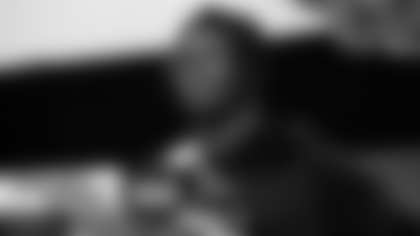PHOENIX -- This new, exciting era of the Browns is receiving a makeover.
Browns owners Dee and Jimmy Haslam confirmed Tuesday the team will be donning new uniforms for the 2020 season.
The uniforms will embody a "nothing fancy" mindset, embracing the team's rich tradition and its unique distinction as the only NFL franchise with orange and brown as its two primary colors.
The Browns took a radical turn -- by the team's traditional standards -- in 2015 with their look, shedding a uniform that harkened back to the team's earliest seasons of great success for a modernized look. The results included a more vibrant orange, contrast stitching on the jerseys and pants, a matte finish on the helmet, a brown facemask, the team name down the side of the pant legs, and a jersey that made them the first club in NFL history to wear the city's name on its chest.
Fans buzzed over the new threads, which offered three jerseys and three pairs of pants for a total of 18 possible uniform combinations and were given a grand reveal at the Cleveland Convention Center. The Browns have worn just about all of them since, save for one: the all-orange set.
The uniforms attempted to bring the Browns into a new age, but didn't quite hit their mark. This time around, Dee Haslam thinks they'll be a hit with all fans.
"Yeah, I think they're making great progress on it," she said. "I think we got it right this time."
Haslam didn't reveal any other details about the new sets to be worn by the Browns in 2020 and beyond, citing tweaks that have yet to be made by both Nike and the Browns. One key detail will likely soothe concerns of traditionalists: No new colors will be added into the scheme, Haslam confirmed.
Take a look back at the team's appearance from its inception in 1946 all the way through 2019.
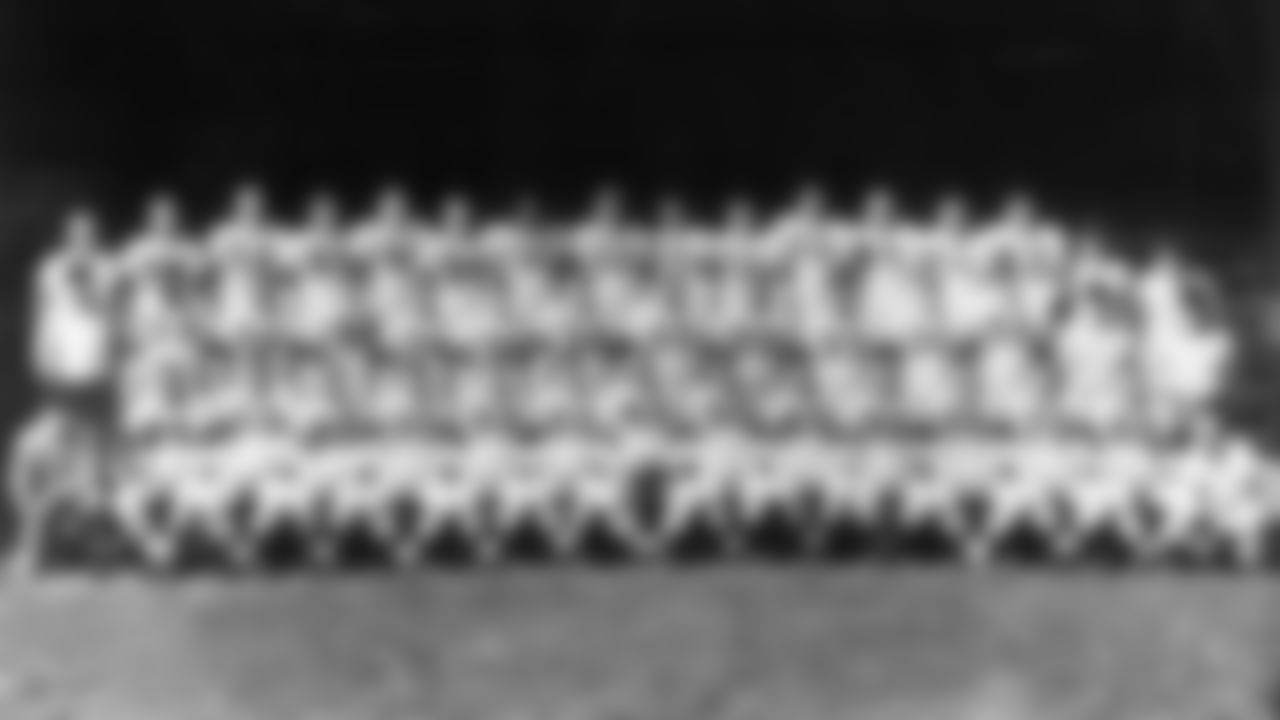
The 1946 Browns entered the brand-new All-America Football Conference with white uniforms, featuring white helmets, brown and orange stripes on the sleeves and socks, and brown block numbers with an orange drop shadow. The Browns wouldn't wear a drop shadow on their uniforms again until 2002.
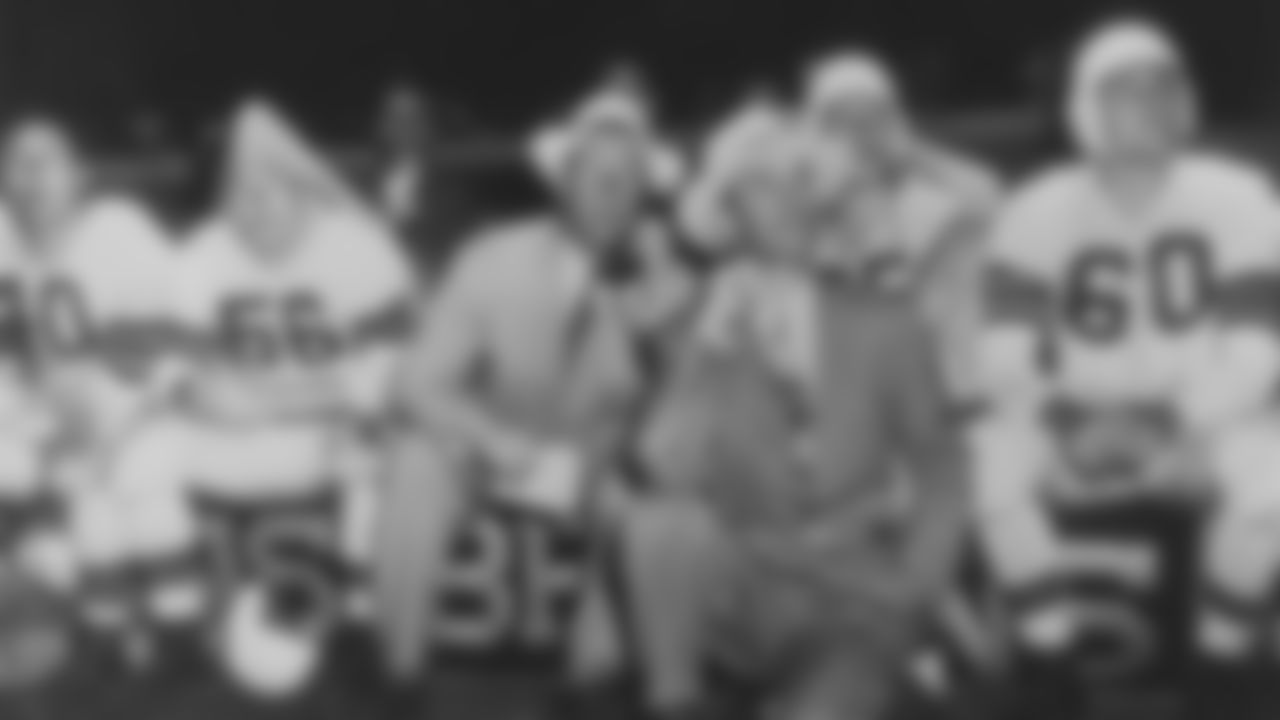
Paul Brown (center right) observes with a group of his players on the sideline during a 1946 game.
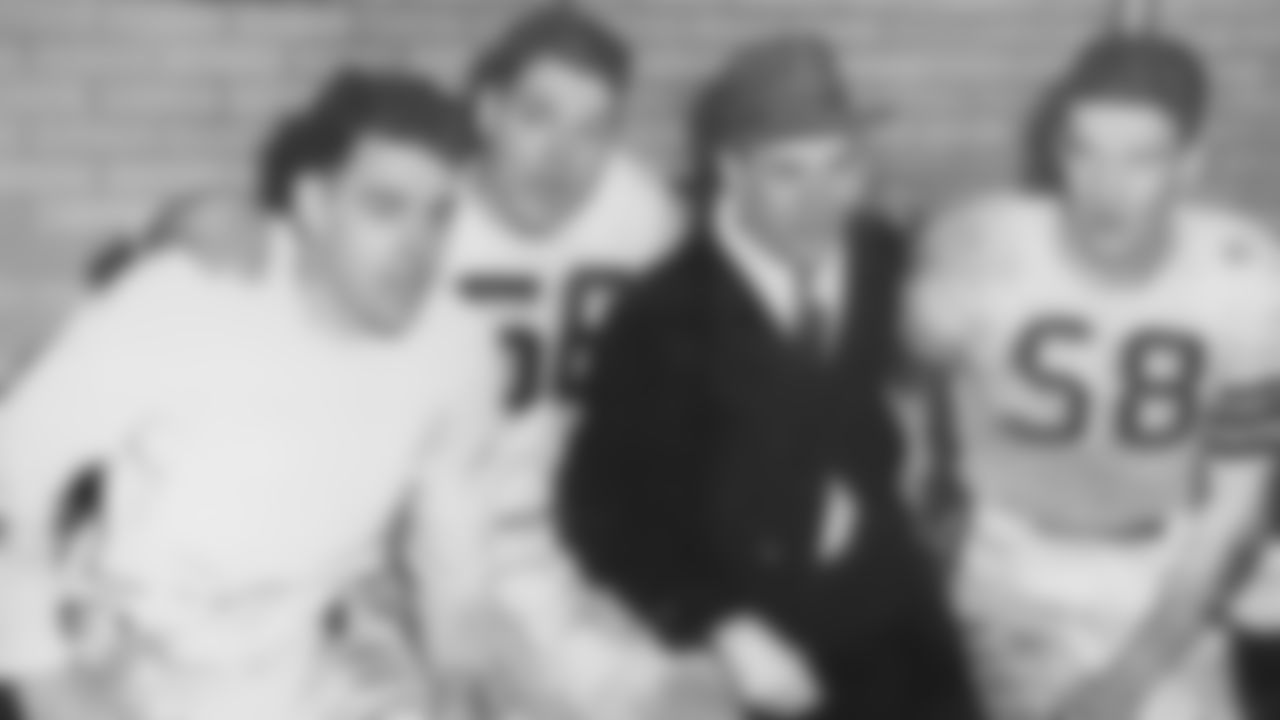
(Left to right) Otto Graham, Dante Lavelli, Paul Brown and Mac Speedie pose for a locker room photo during the 1946 season.
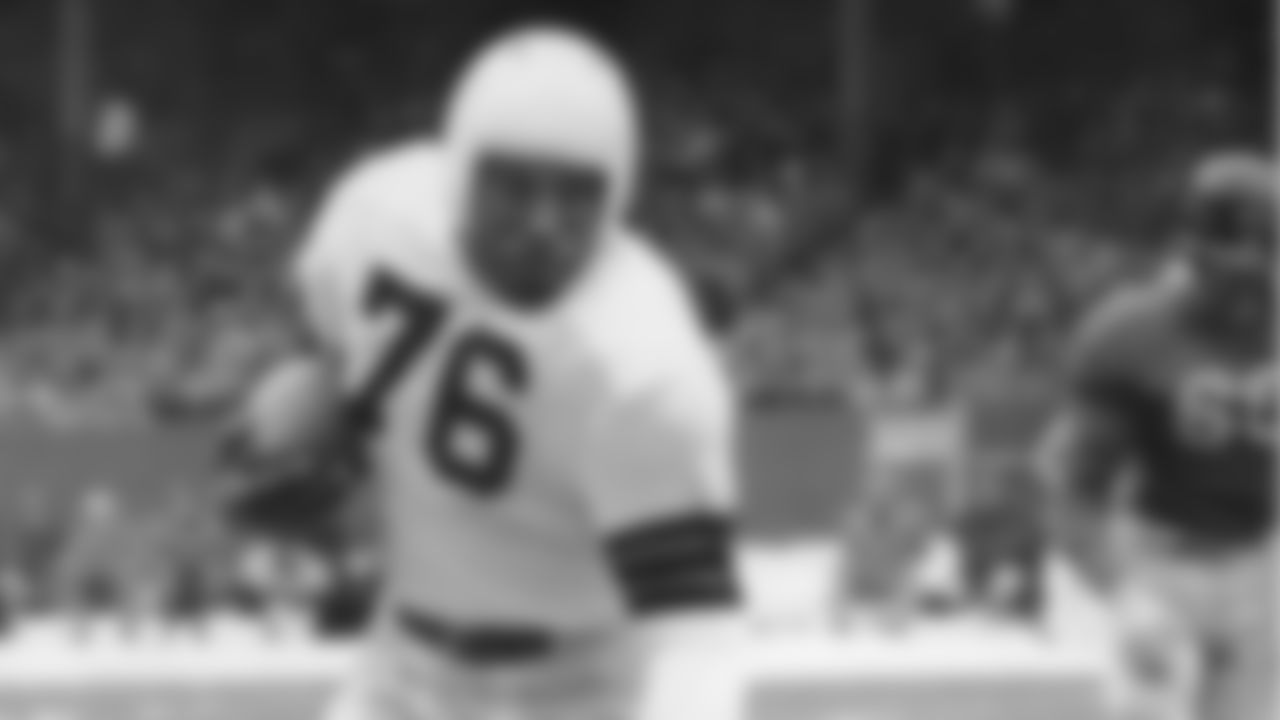
Marion Motley carries the ball during a game.
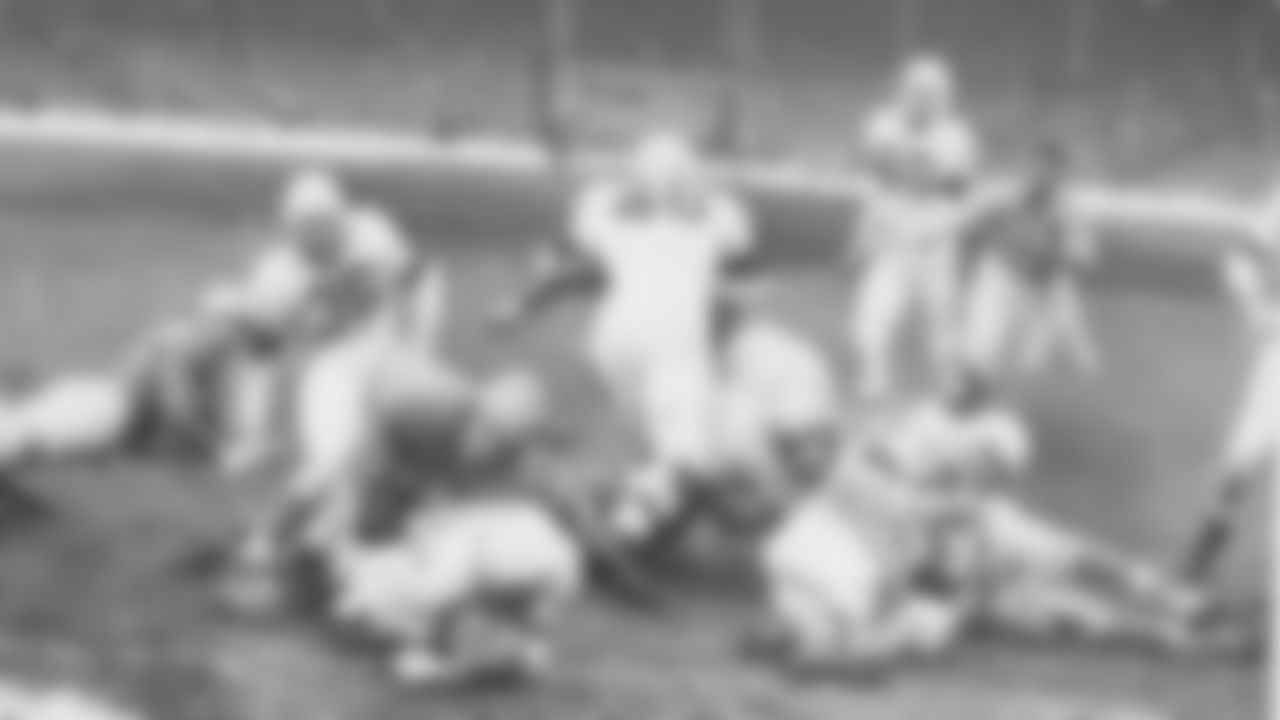
Players collide near the goal line during the 1948 AAFC Championship Game played between the Browns and the Buffalo Bills.
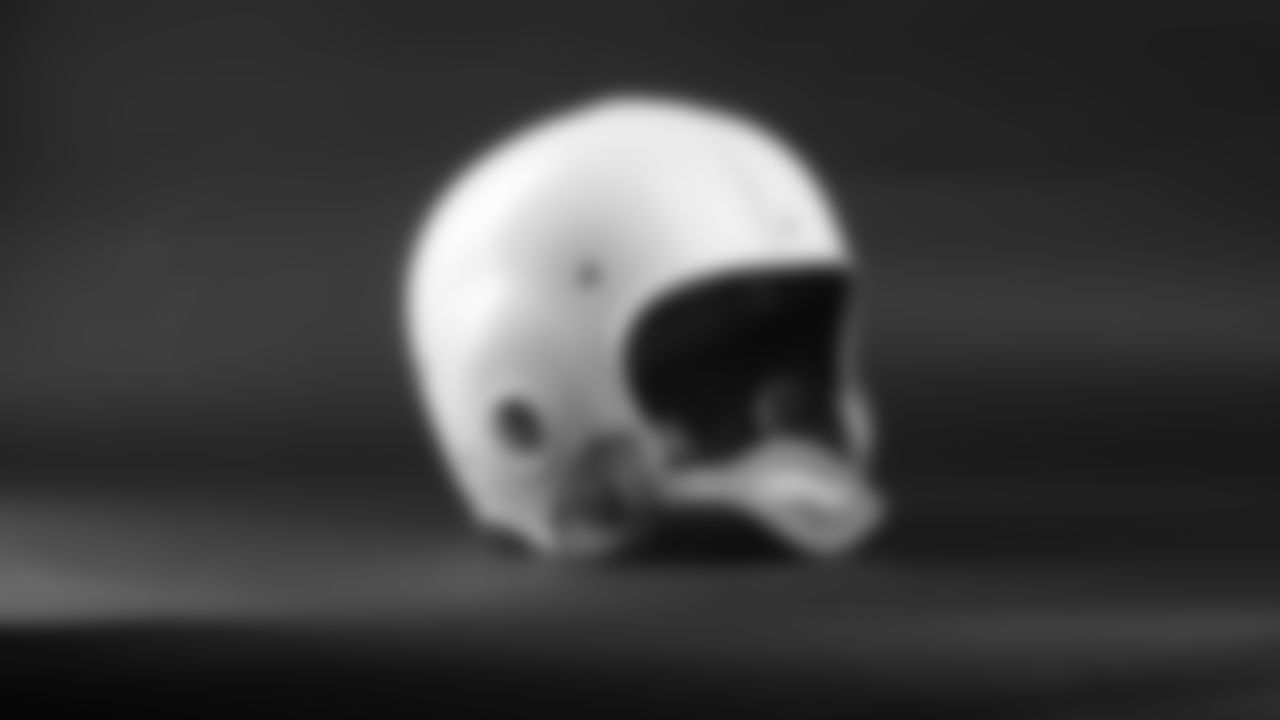
The Browns exclusively wore a white helmet during their run of dominance in the AAFC from 1946-1949 before incorporating an orange helmet. They switched to the orange helmet permanently in 1952.
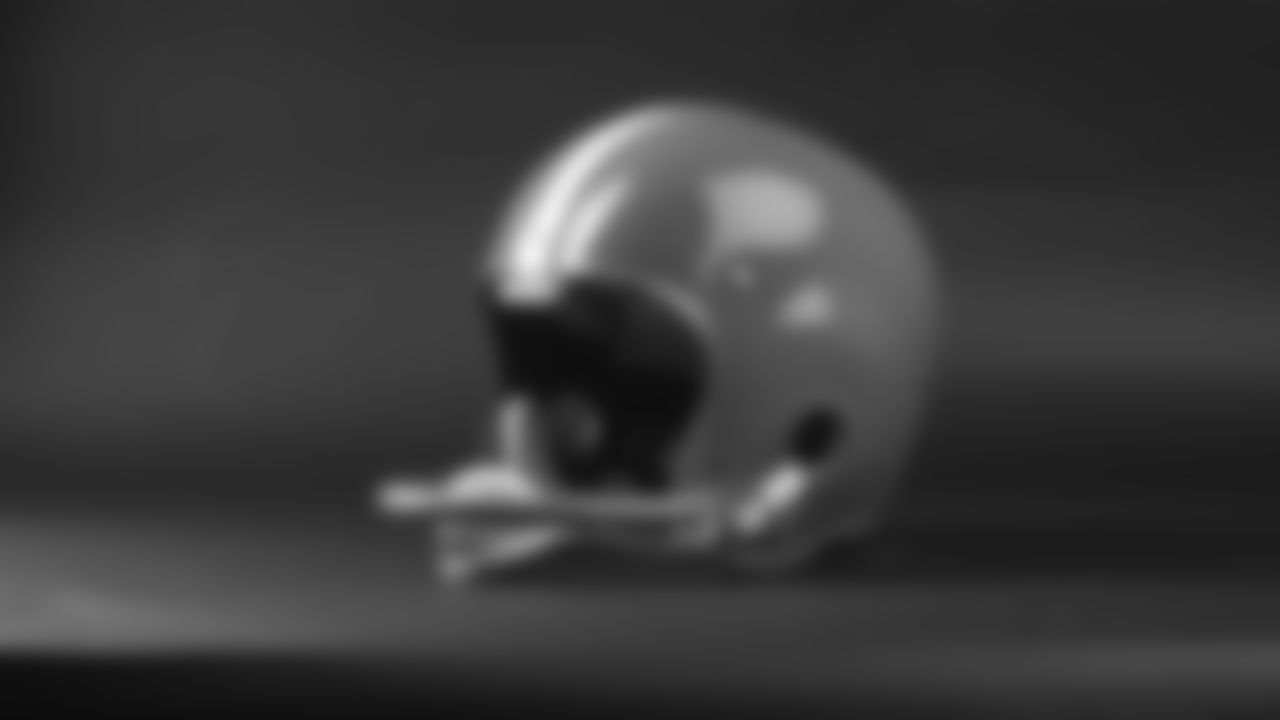
The Browns first wore this orange helmet with a single white stripe down the middle starting in 1952. Also during that season, the NFL standardized its number system, requiring players such as quarterback Otto Graham to drastically change their jersey numbers. Graham switched from wearing No. 60 to No. 14.
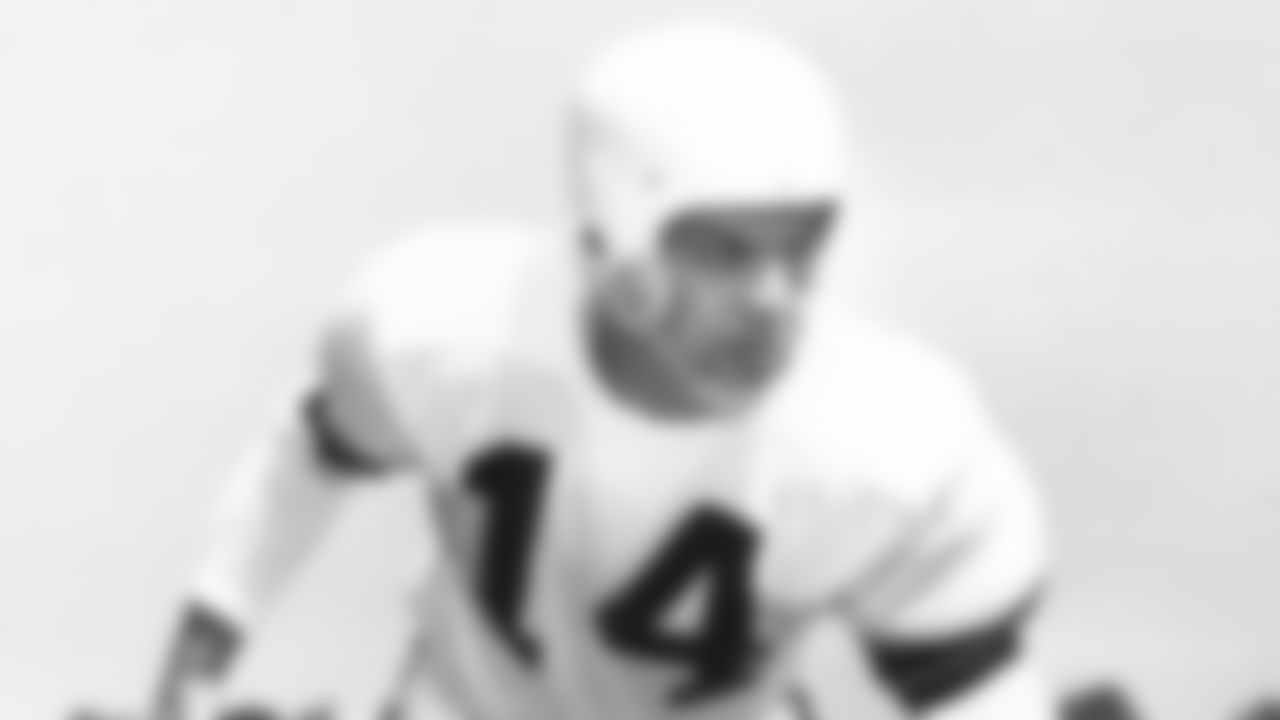
This unique photo shows Otto Graham with his new number, changed to fit newly implemented NFL numbering standards, but wearing the white helmet the Browns left behind in 1951.
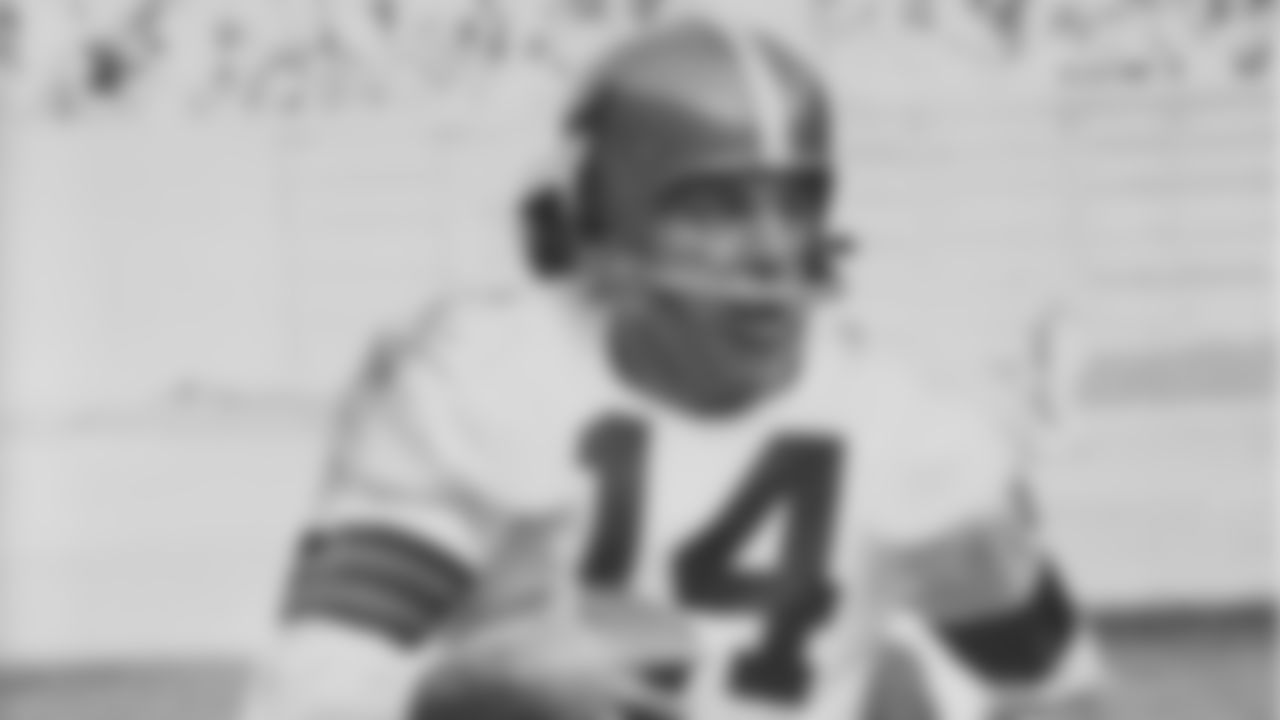
Otto Graham in game action, wearing the team's new orange helmet with a single white stripe.
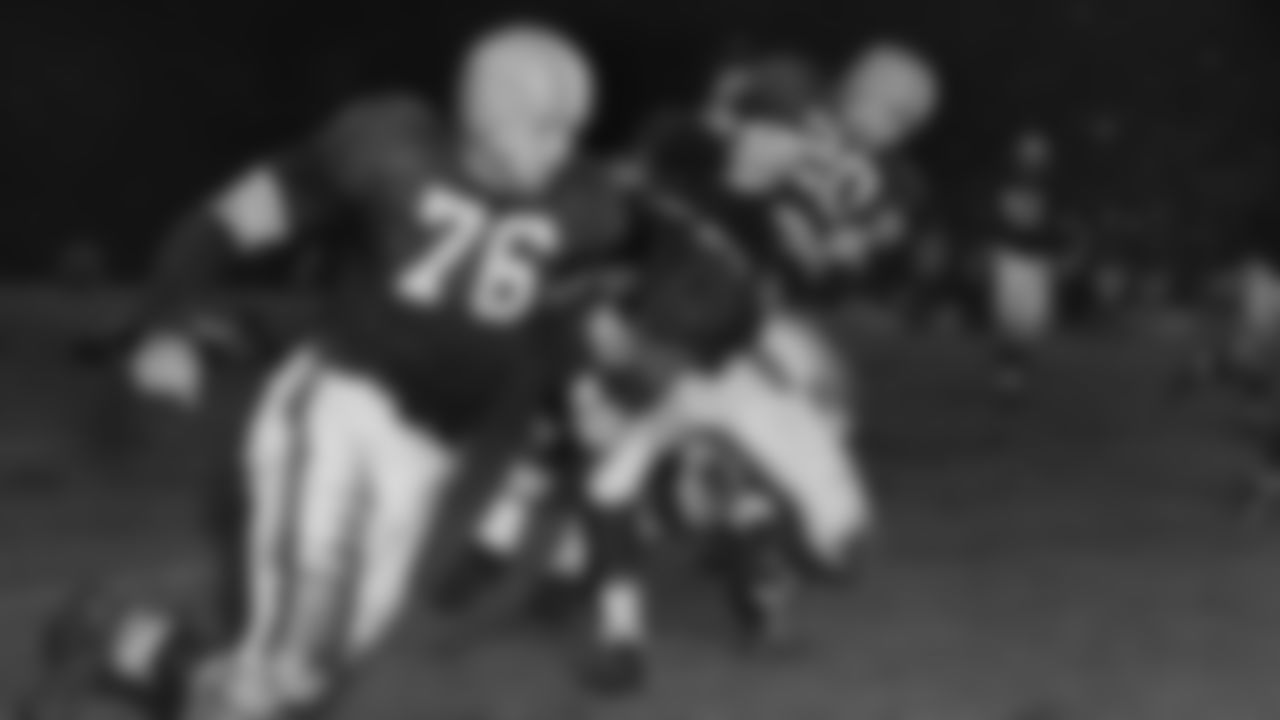
Lou Groza (76) runs upfield looking for an opponent to block during a game.
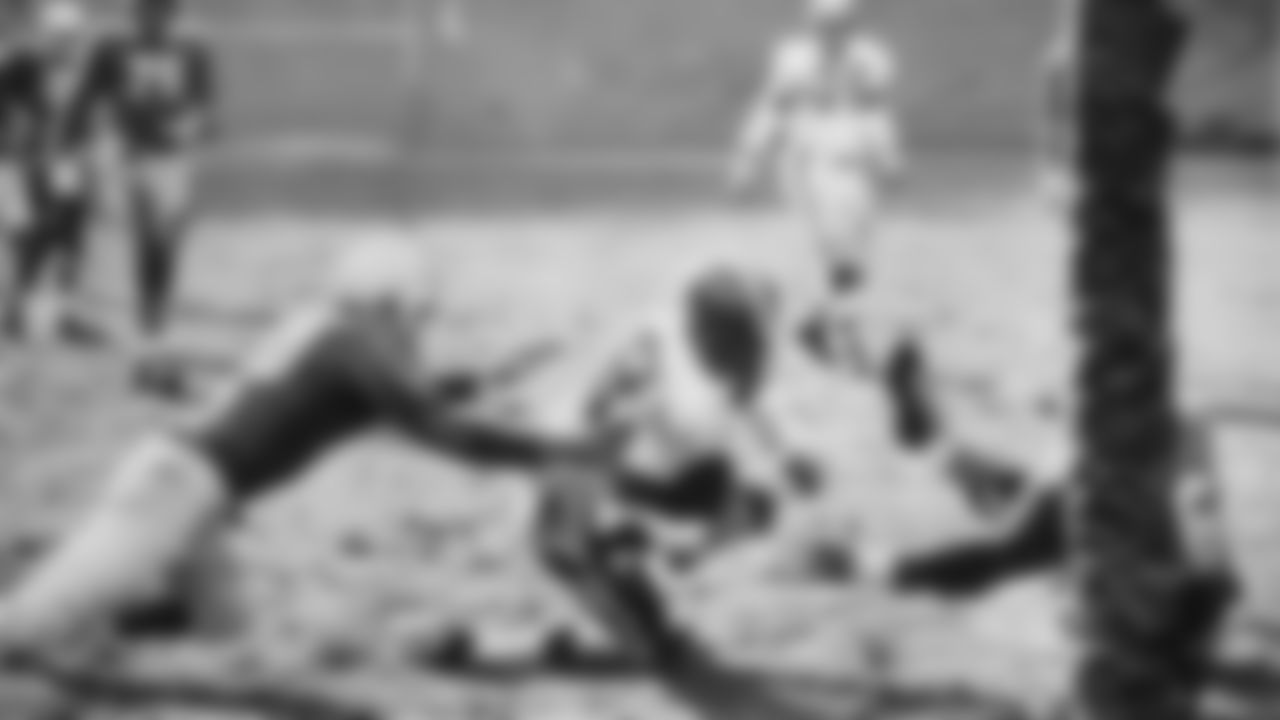
Lou Groza (76) watches in the distance as Darrel "Pete" Brewster falls near the goal line during a game.
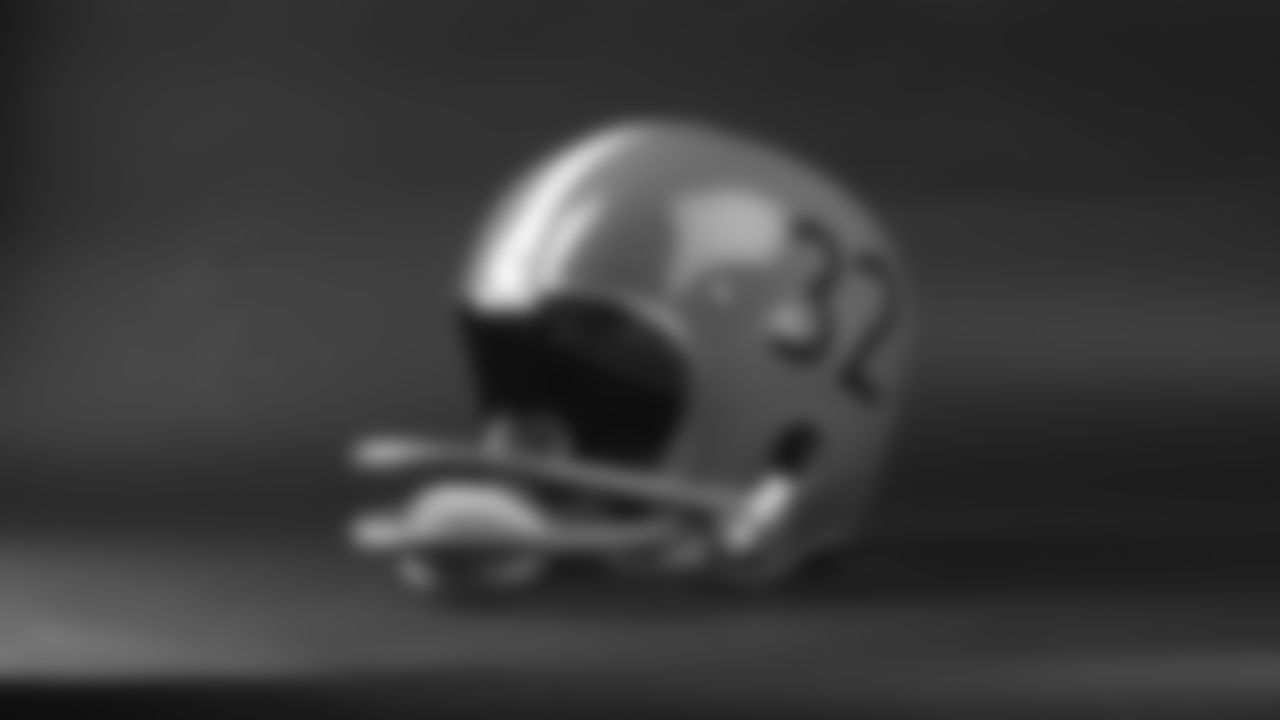
The Browns added brown numbers to both sides of their helmets starting in the 1957 season.
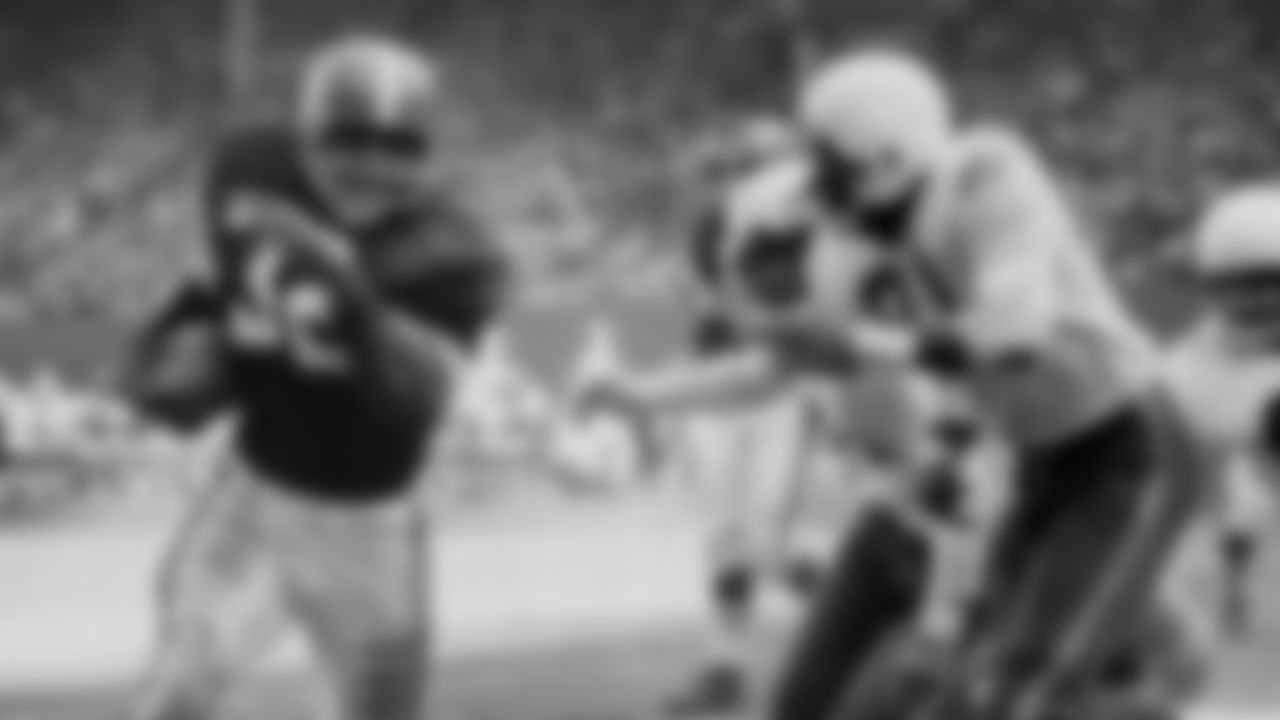
Browns running back Jim Brown (left) carries the ball during a game.
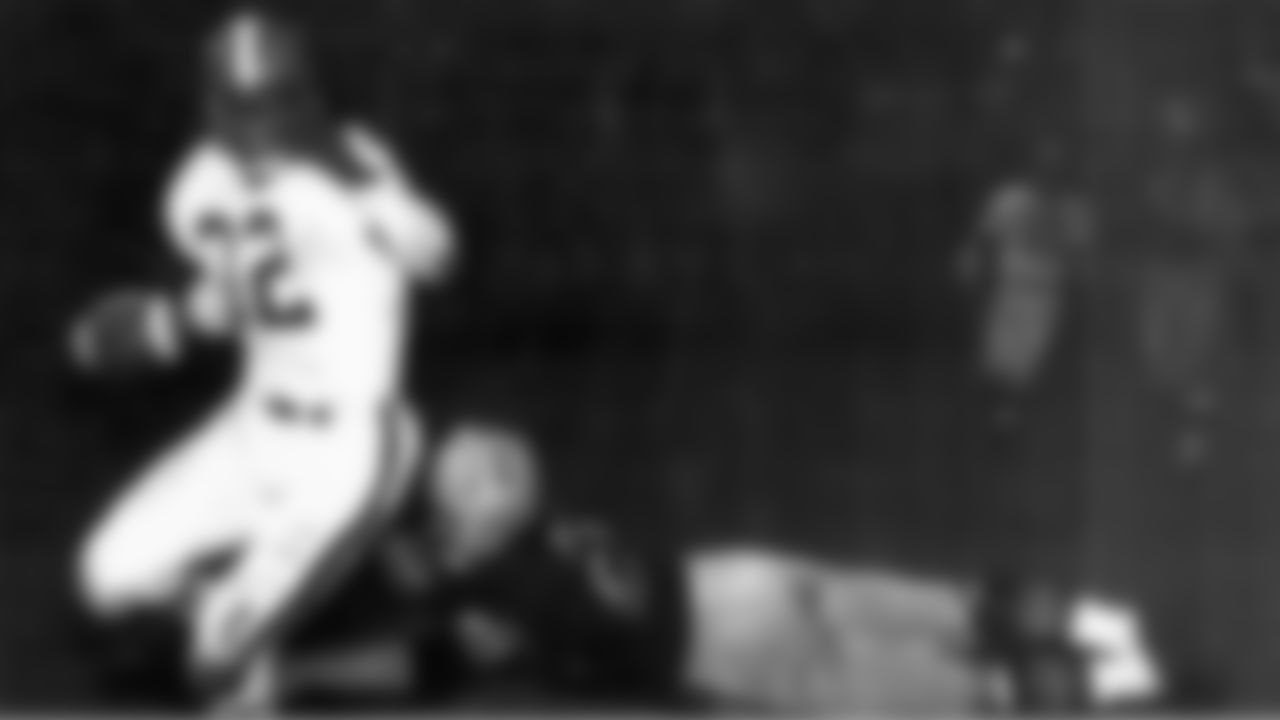
Jim Brown avoids a would-be tackler in a game against the Pittsburgh Steelers.
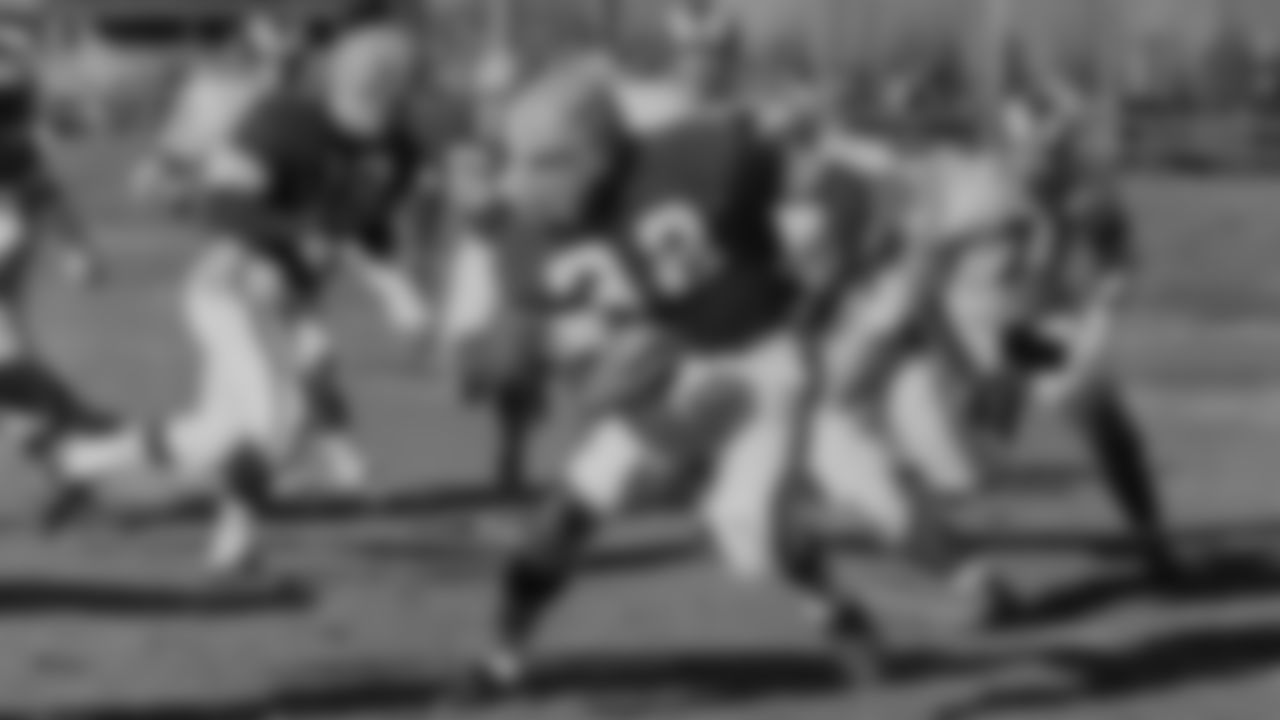
The Browns added brown numbers to both sides of their helmets starting in the 1957 season. Here, Jim Brown carries the ball while wearing No. 32 on both his jersey and helmet.
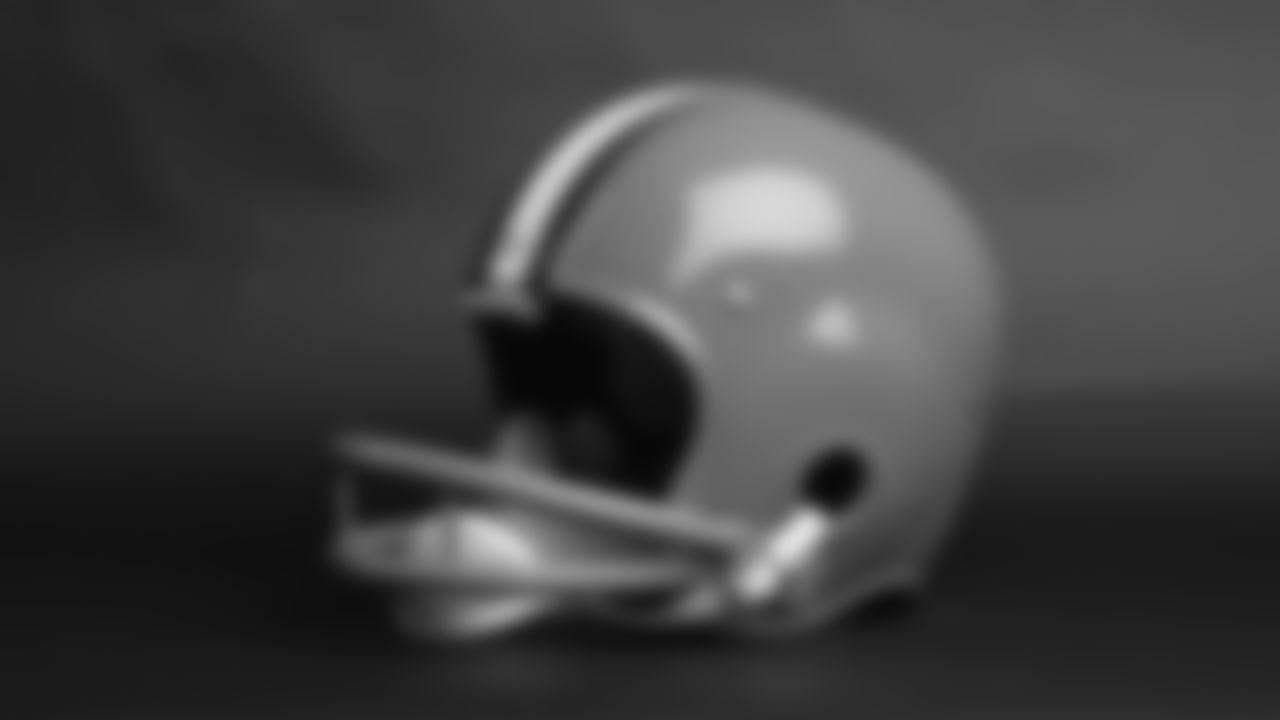
The Browns added two brown stripes on each side of the white center stripe in 1960, and ditched the helmet numbers in 1961.
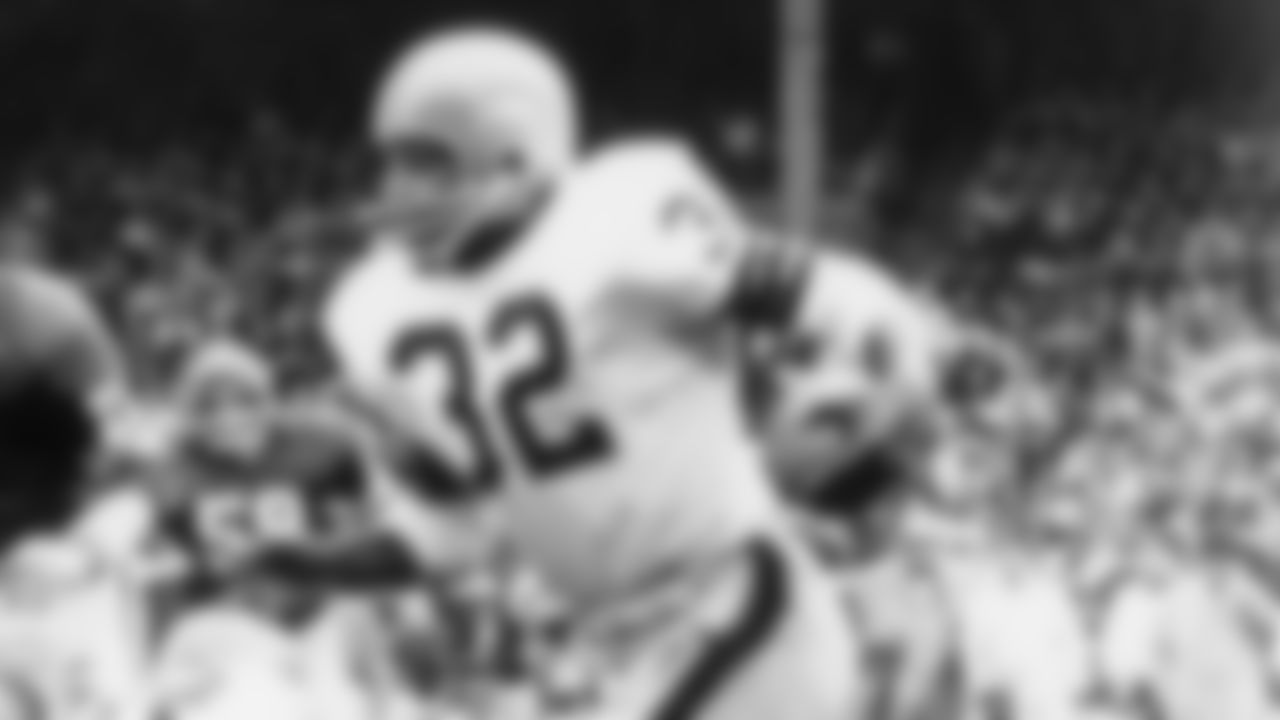
The Browns added two brown stripes on each side of the white center stripe in 1960, and ditched the helmet numbers in 1961.
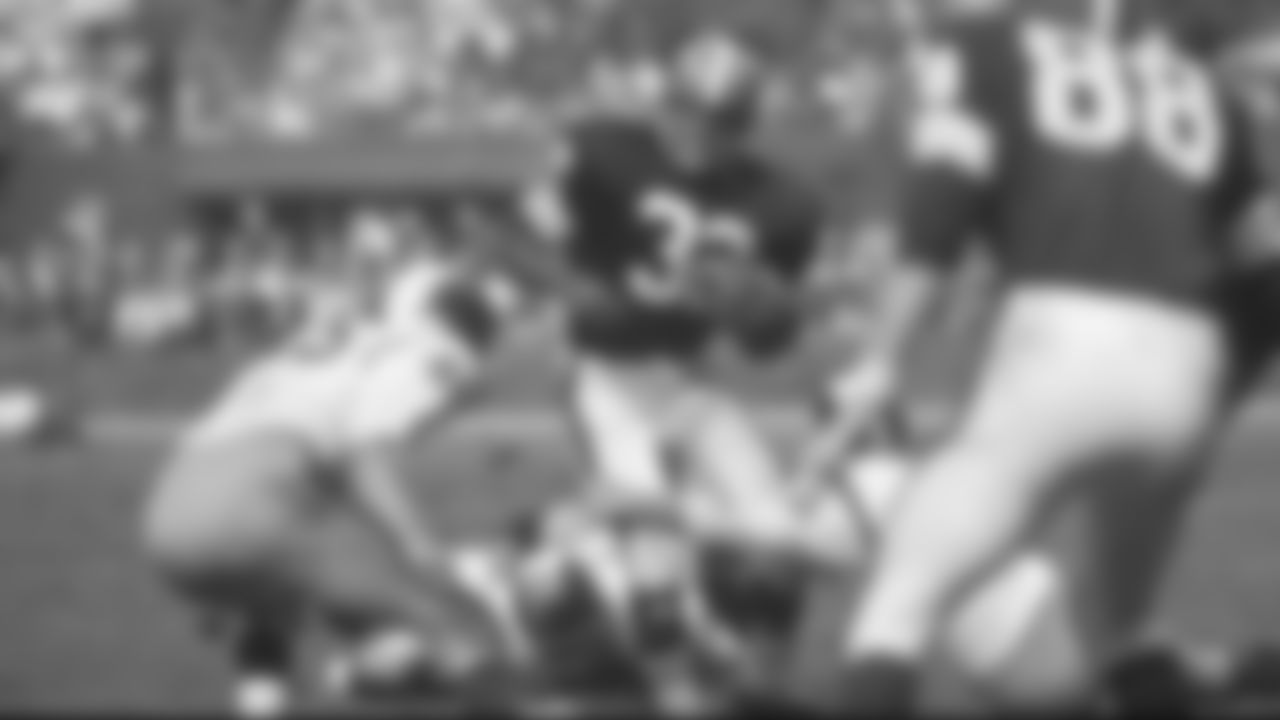
Jim Brown carries the ball during a game against the Washington Redskins.
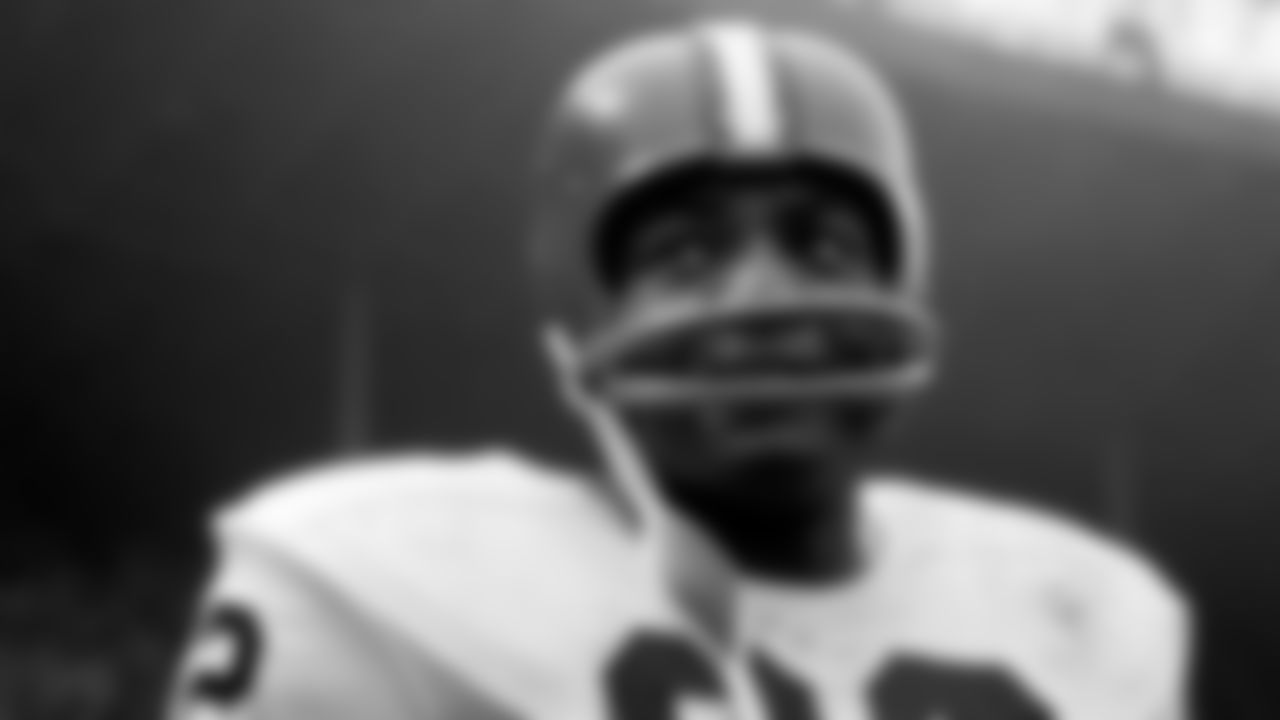
Jim Brown stands on the sideline during a Browns game.
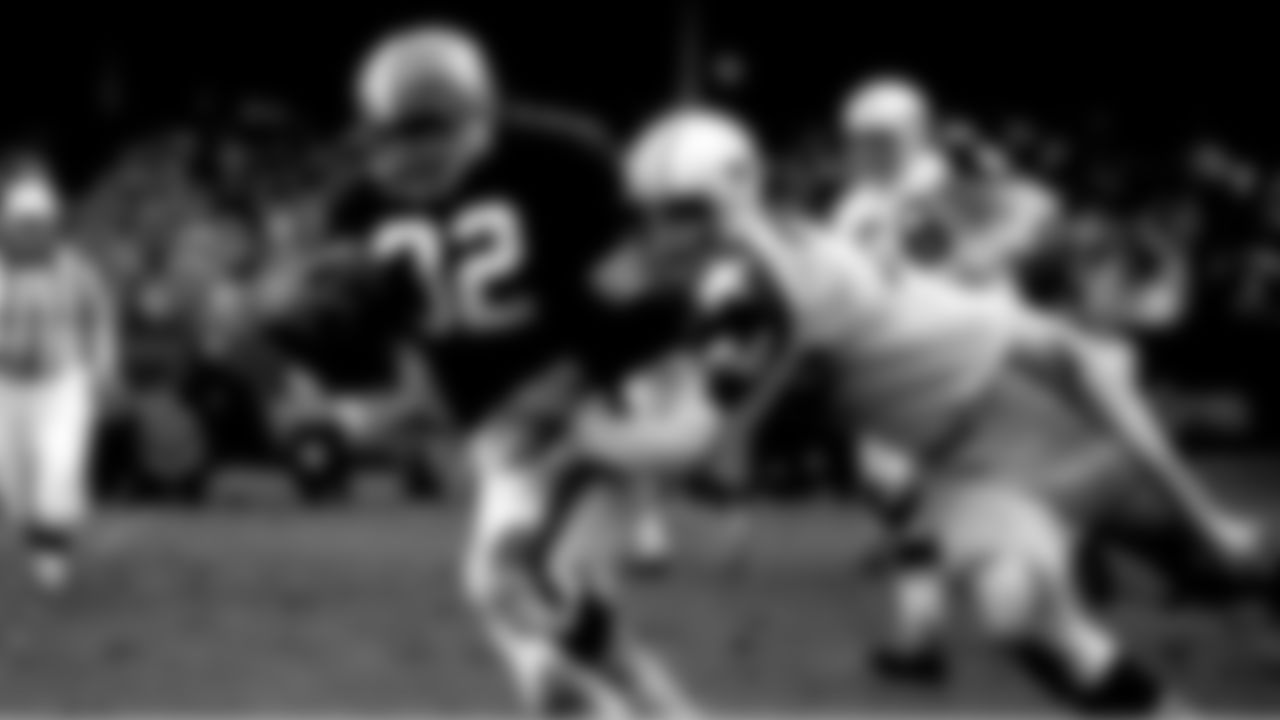
Jim Brown attempts to evade a defender during a game against the Dallas Cowboys.

Jim Brown runs through the New York defense during a game against the Giants.
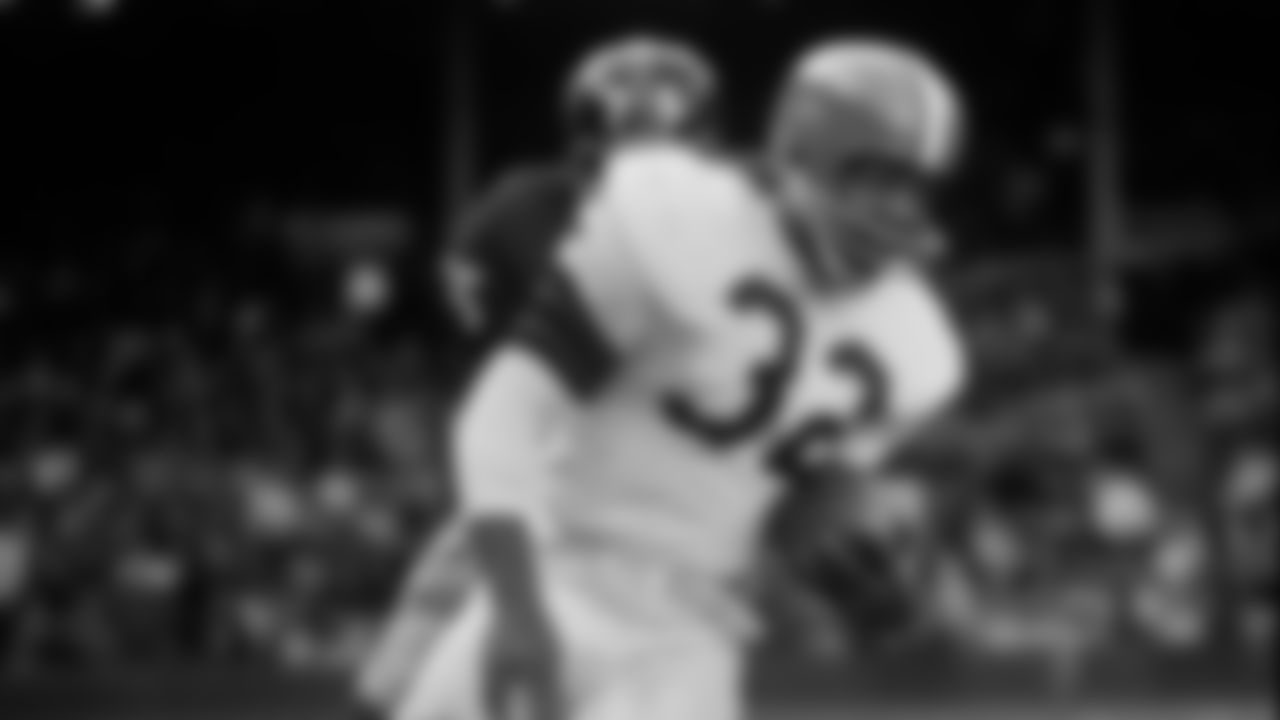
Jim Brown carries the ball in a 1965 game against the New York Giants.
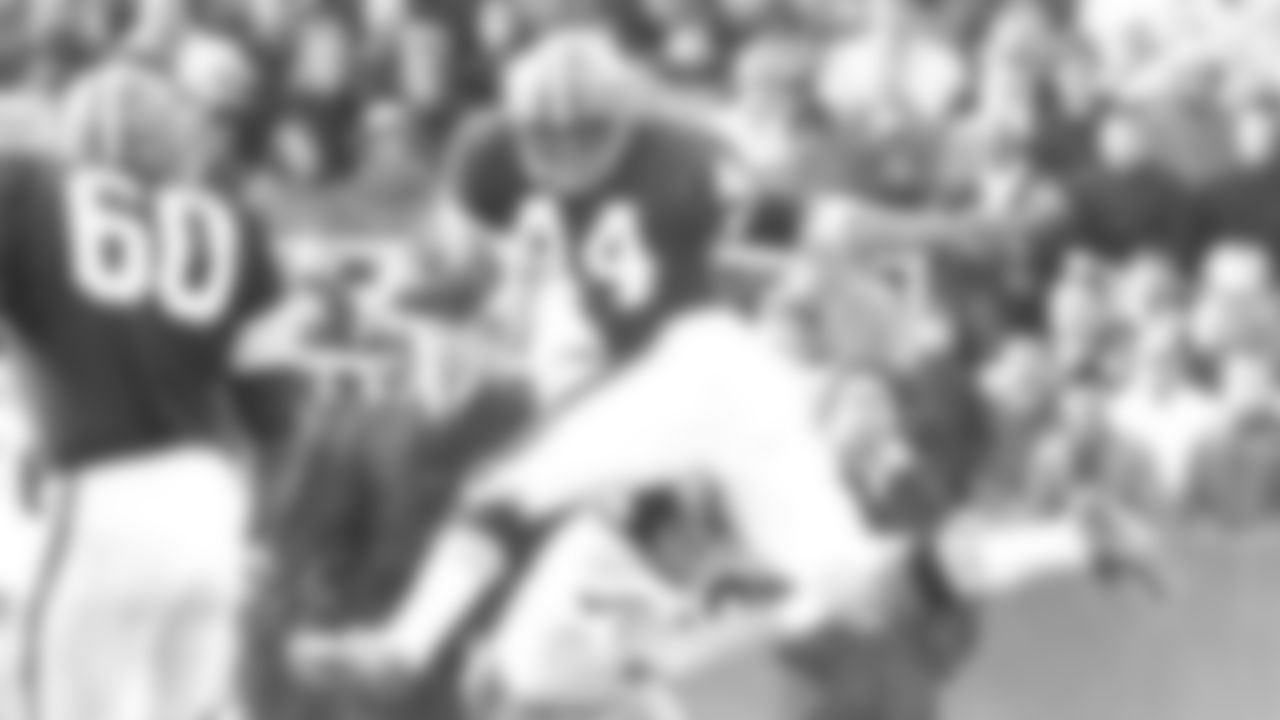
Eventual Hall of Famer Leroy Kelly runs with the ball during a game against the Pittsburgh Steelers.
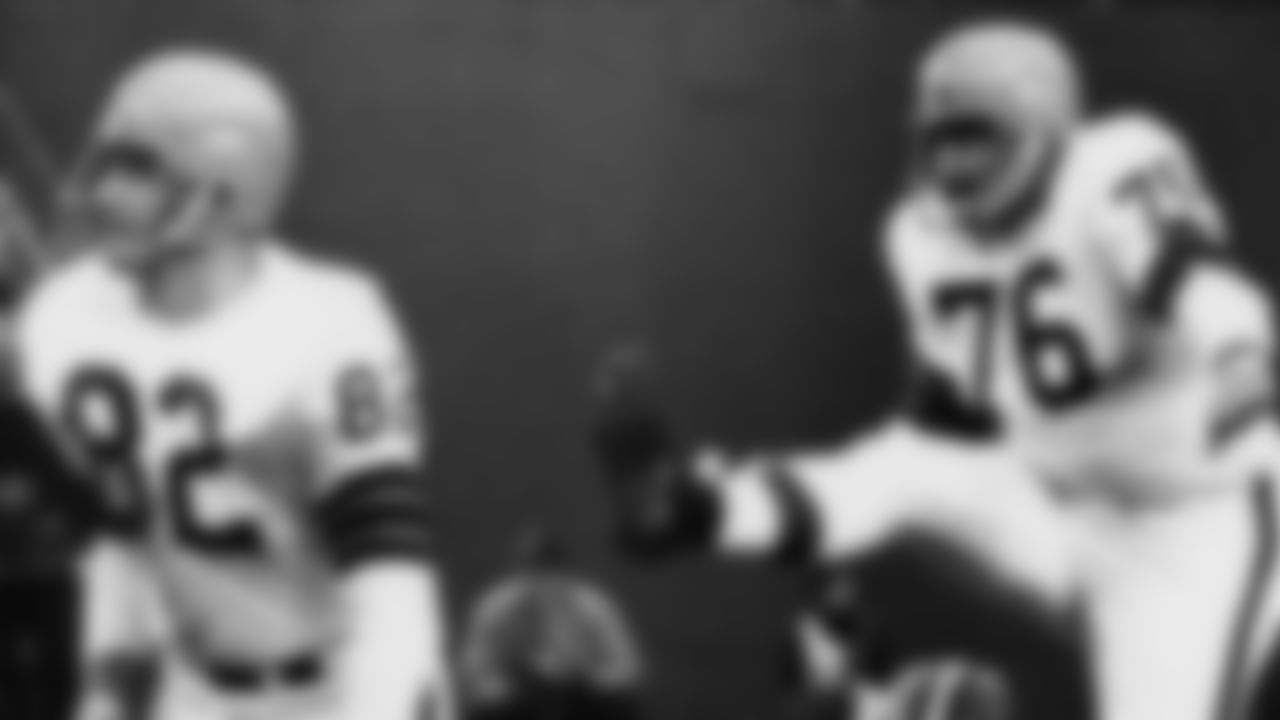
Lou Groza attempts a kick during a game.
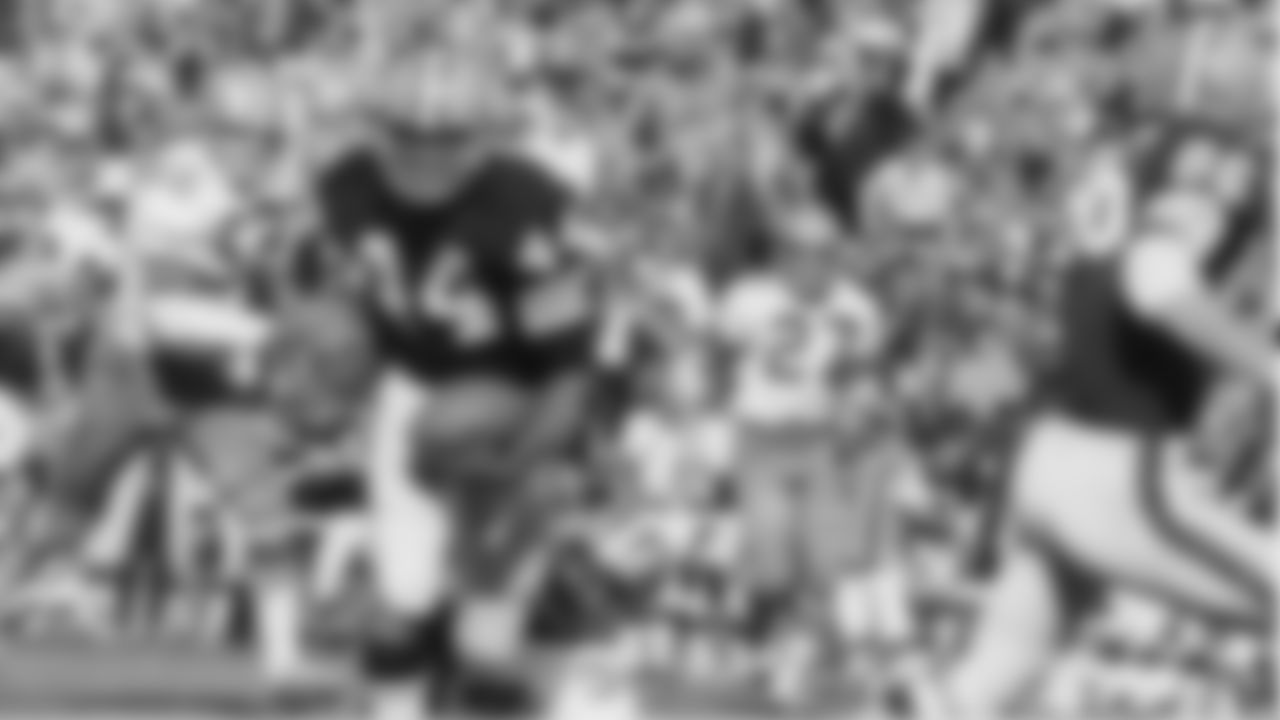
Leroy Kelly carries the ball during a game against the Dallas Cowboys.
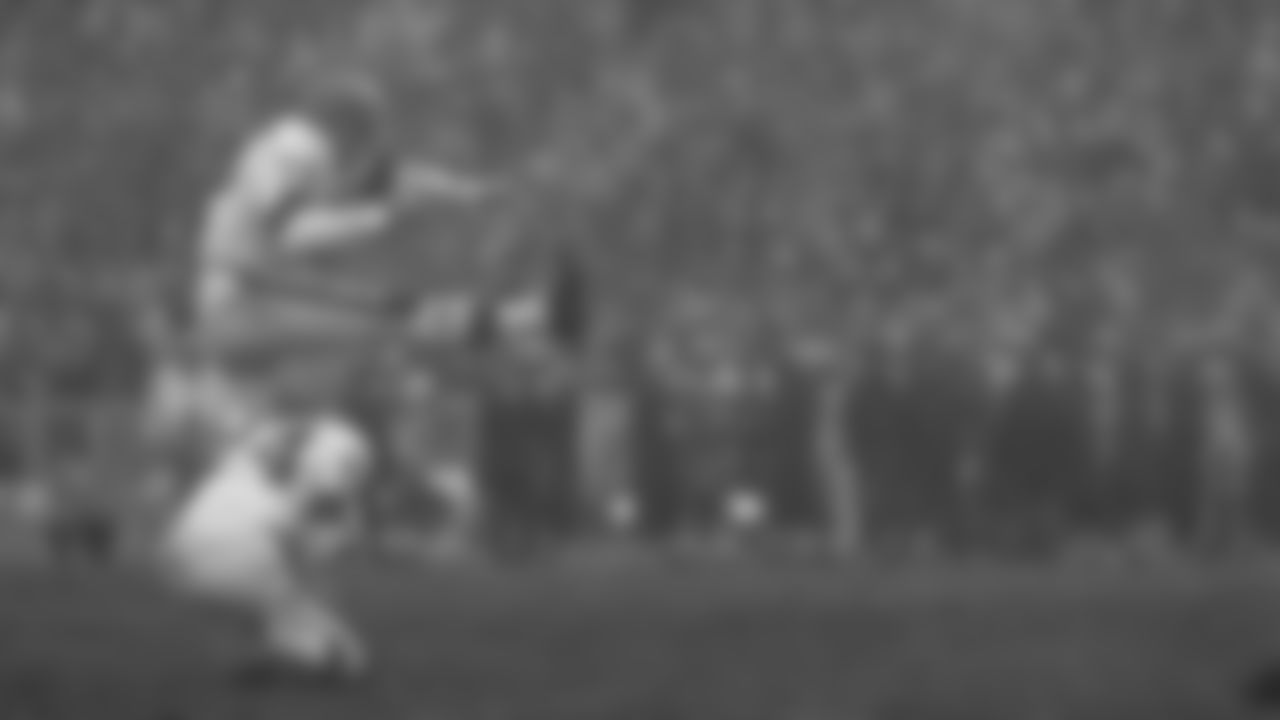
Lou Groza (76) attempts a kick during a game.
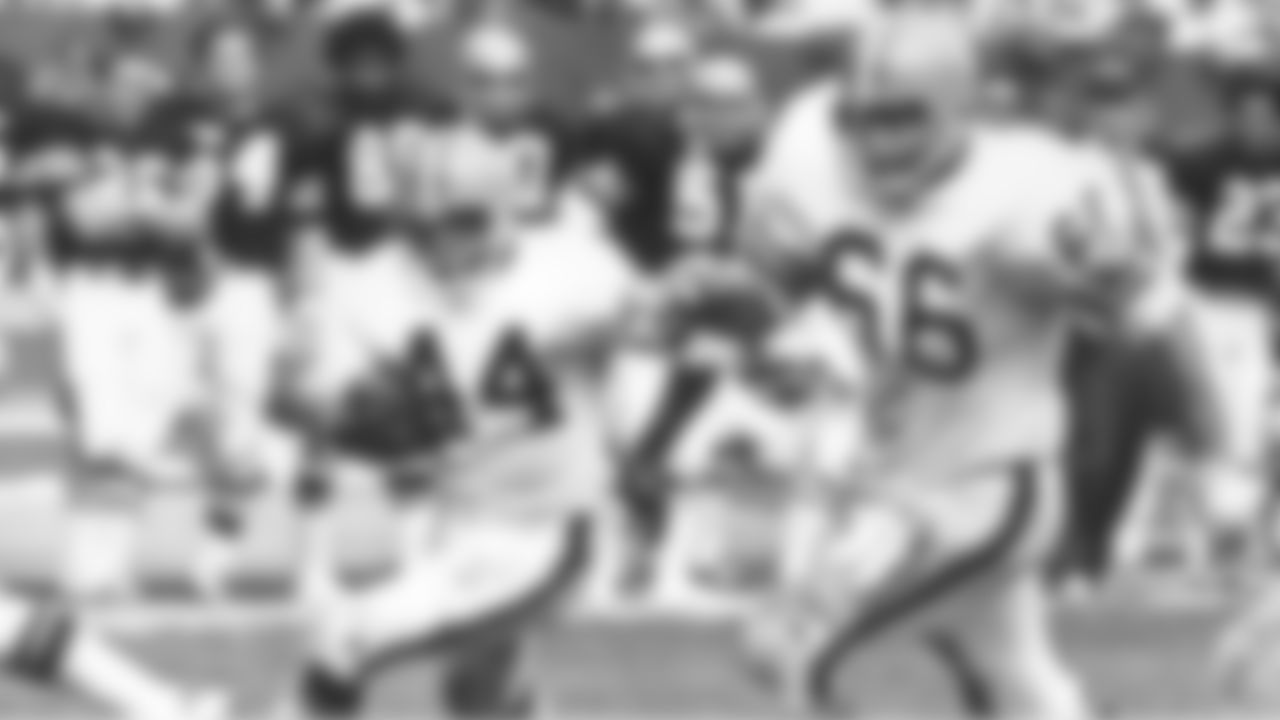
The Browns began tinkering with the spacing of their sleeve stripes in 1968, first with the brown jersey. In 1969, they added thin white stripes between the brown and orange stripes, a look that lasted until 1984.
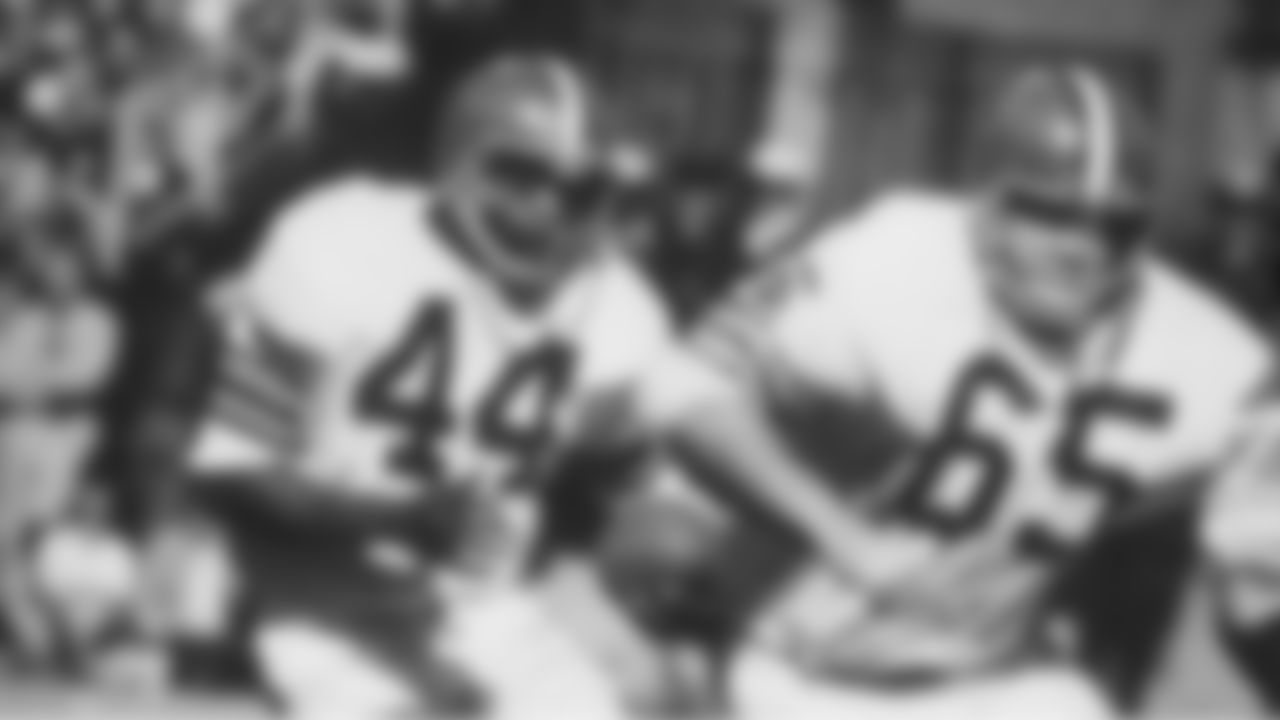
The Browns began tinkering with the spacing of their sleeve stripes in 1968, first with the brown jersey. In 1969, they added thin white stripes between the brown and orange stripes, a look that lasted until 1984. Here, Leroy Kelly runs with the ball during a game.
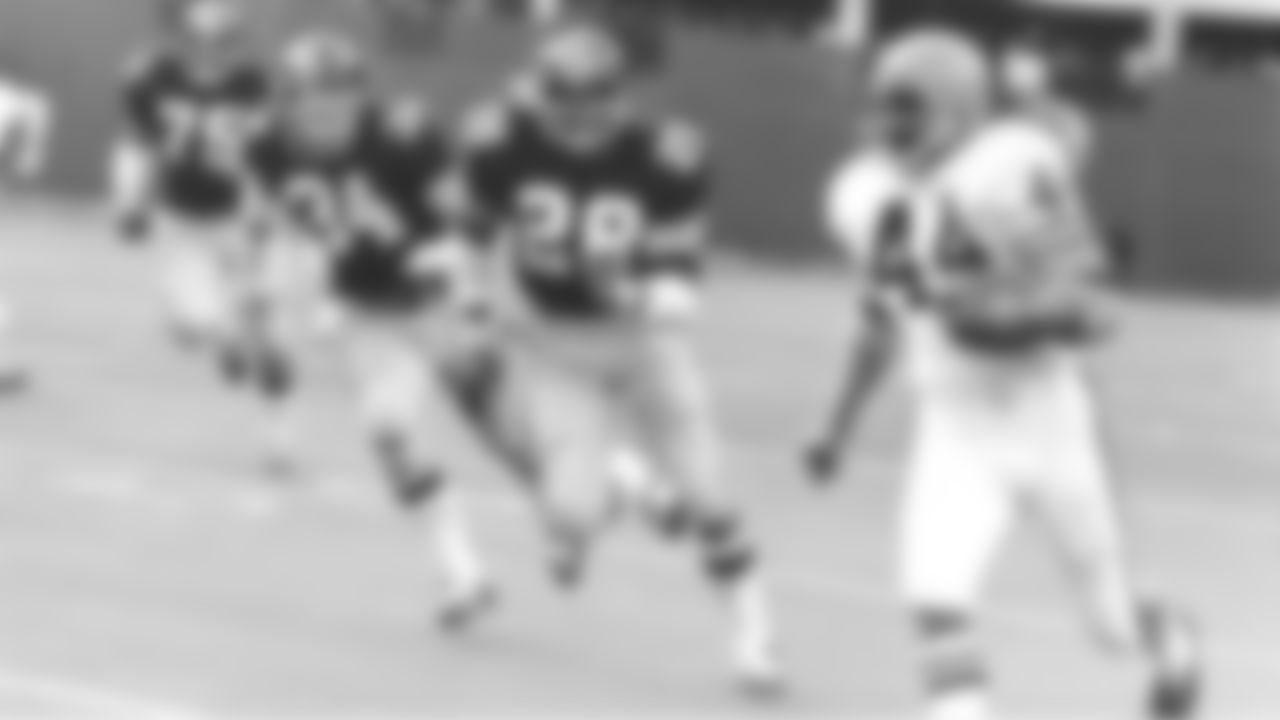
The Browns began tinkering with the spacing of their sleeve stripes in 1968, first with the brown jersey. In 1969, they added thin white stripes between the brown and orange stripes, a look that lasted until 1984. Here, Leroy Kelly runs with the ball during a game against the Pittsburgh Steelers.
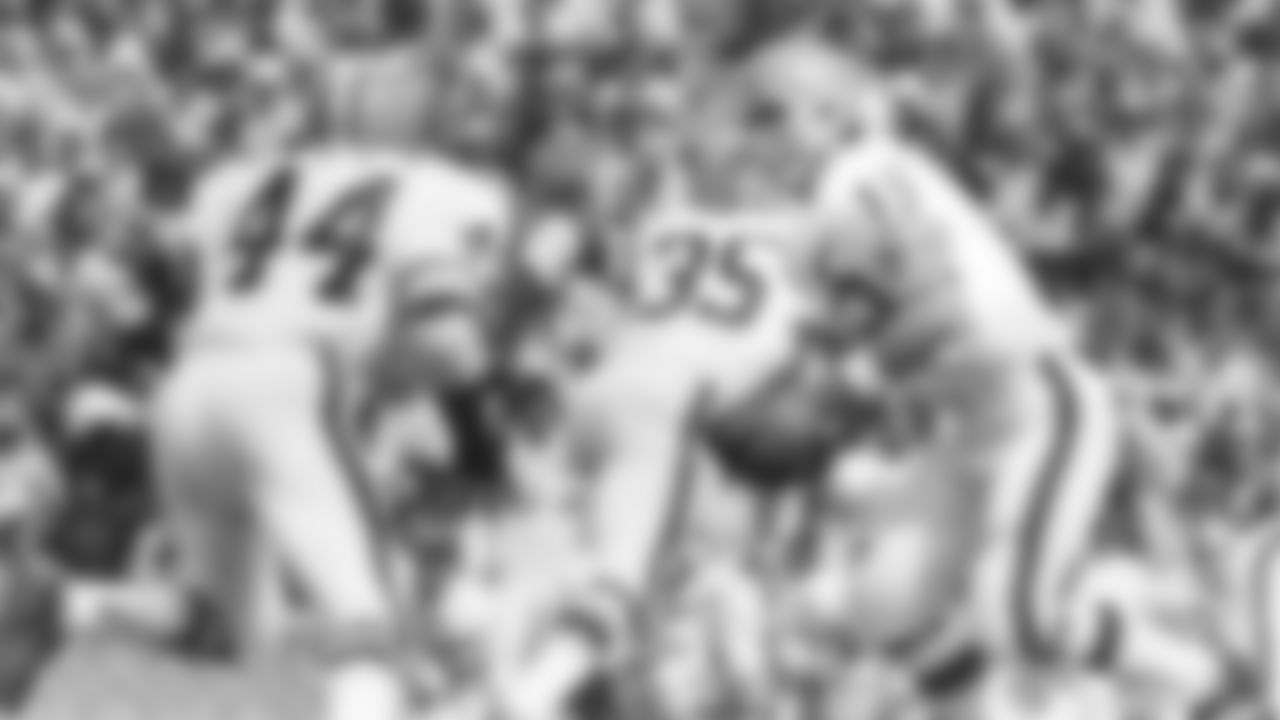
The Browns began tinkering with the spacing of their sleeve stripes in 1968, first with the brown jersey. In 1969, they added thin white stripes between the brown and orange stripes, a look that lasted until 1984. Here, quarterback Mike Phipps hands the ball to running back Leroy Kelly.
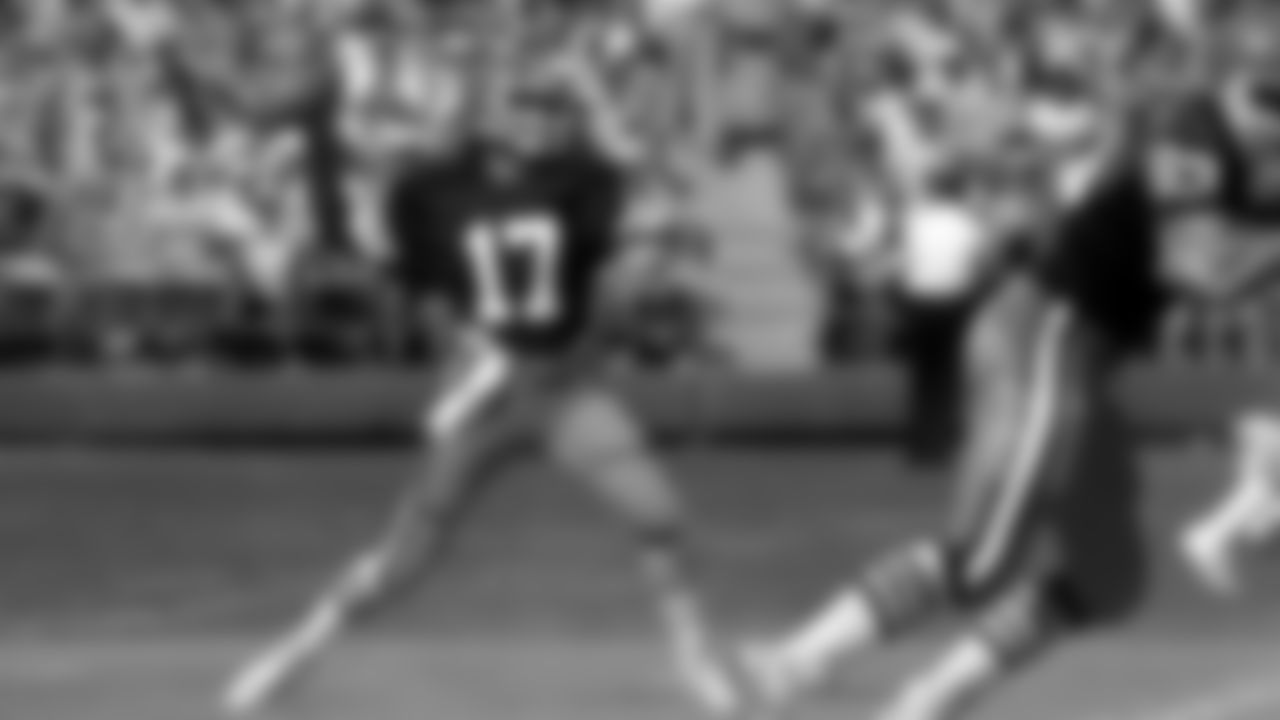
Hello, orange. The Browns debuted orange pants in 1975, wearing them exclusively until 1984. In this image, quarterback Brian Sipe throws a pass while protected by tackle Cody Risien during a game against the San Diego Chargers at Jack Murphy on September 25, 1983 in San Diego, California. The Browns won 30-24 in overtime. (Photo by George Rose/Getty Images)
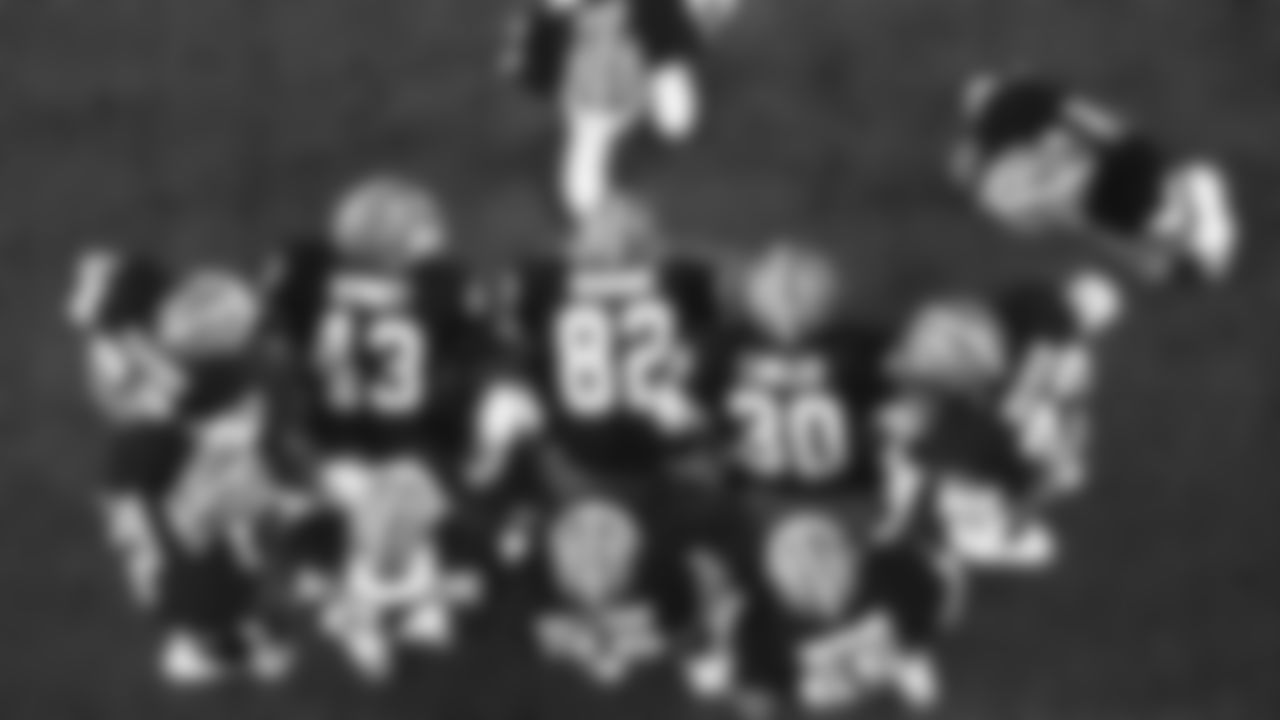
Cleveland Browns quarterback Brian Sipe (17) calls a play in the huddle during a game against the Houston Oilers on Dec. 3, 1981 at the Astrodome in Houston. (Al Messerschmidt via AP)
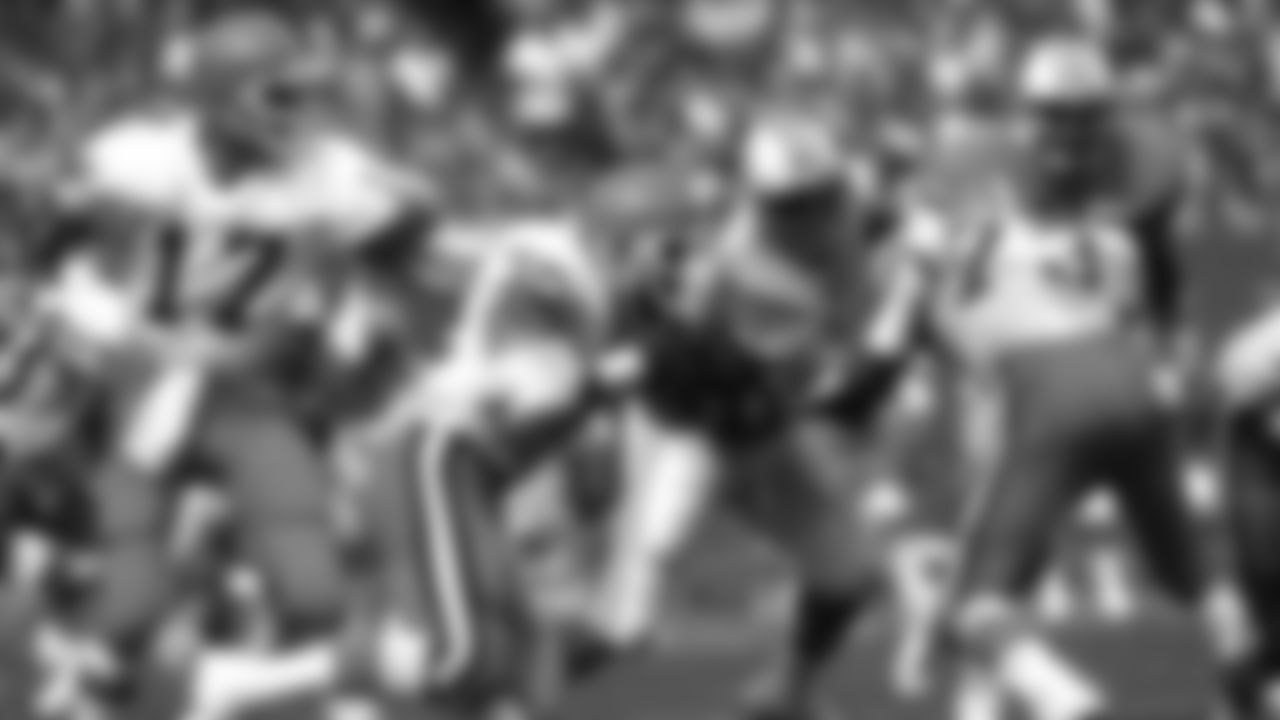
Cleveland Browns quarterback Brian Sipe (17) hands the ball to running back Cleo Miller (30) during an NFL game against the Houston Oilers Sept. 13, 1981, in Cleveland. (Tony Tomsic via AP)
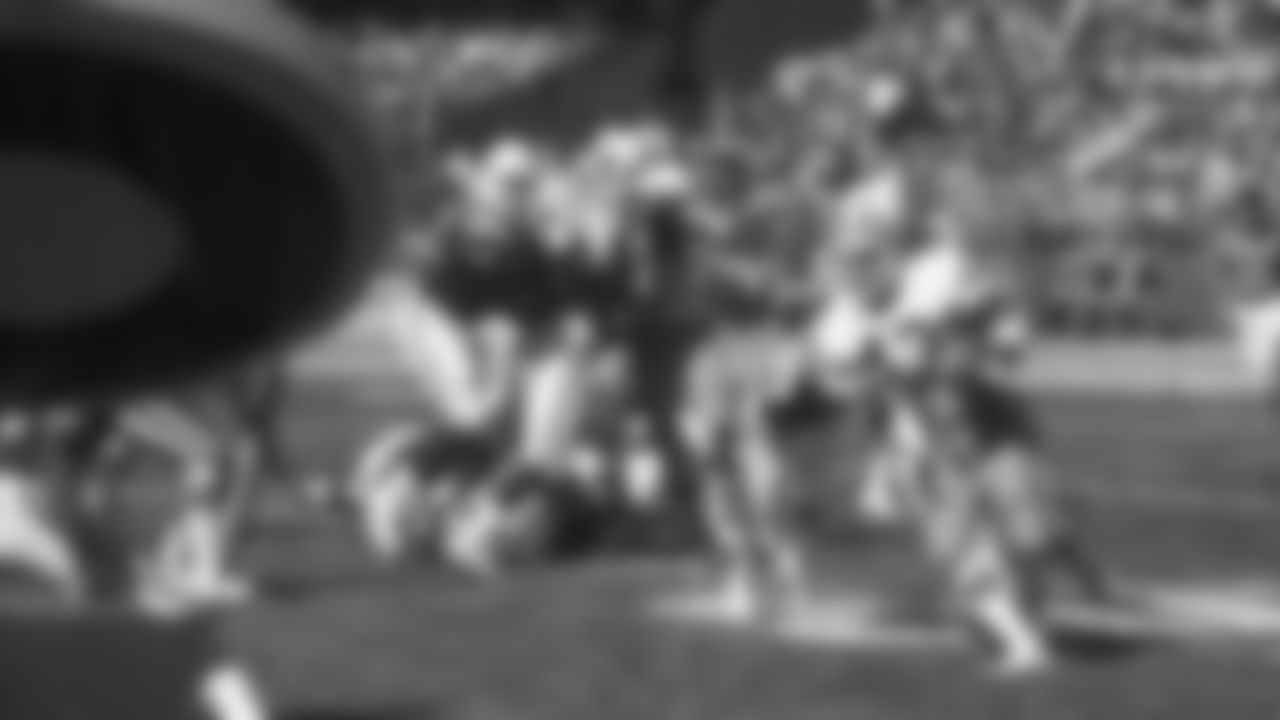
The Browns debuted orange pants in 1975, wearing them exclusively until 1984. In this photo, Mike Pruitt (43) runs with the ball during a game against the Colts.
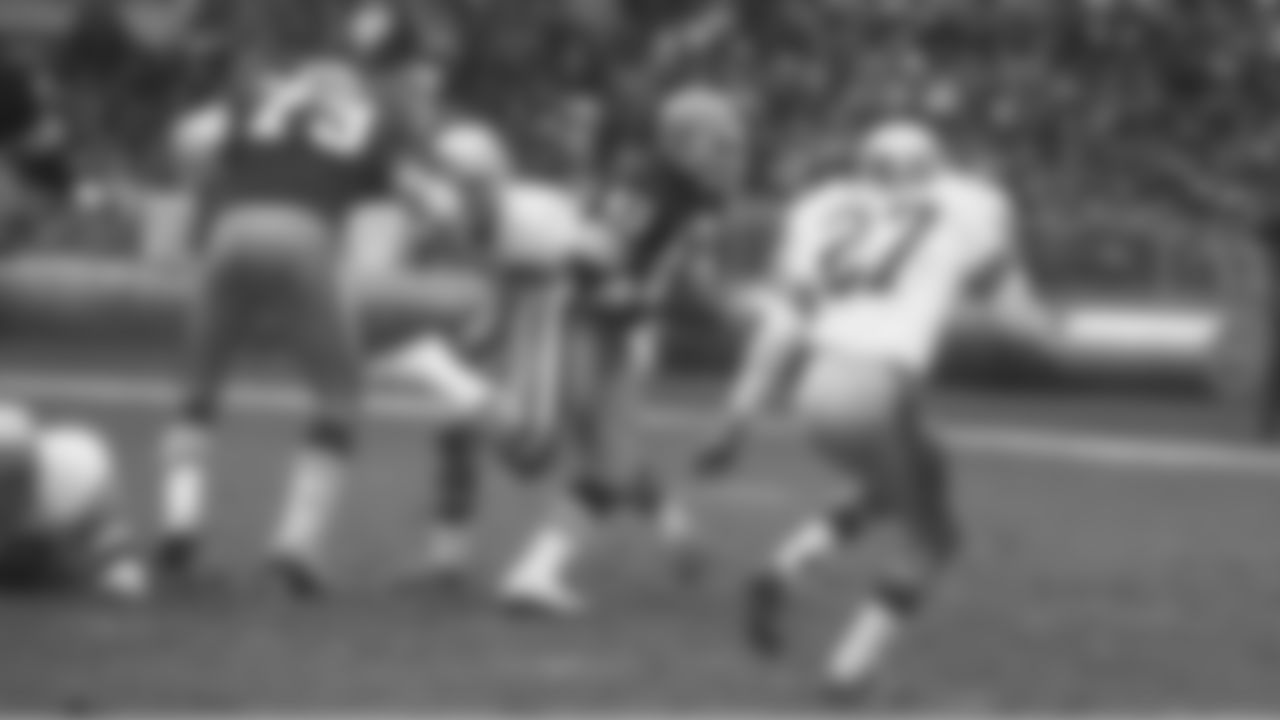
The Browns debuted orange pants in 1975, wearing them exclusively until 1984. In this photo, Mike Pruitt (43) runs with the ball during a game against the Seahawks.
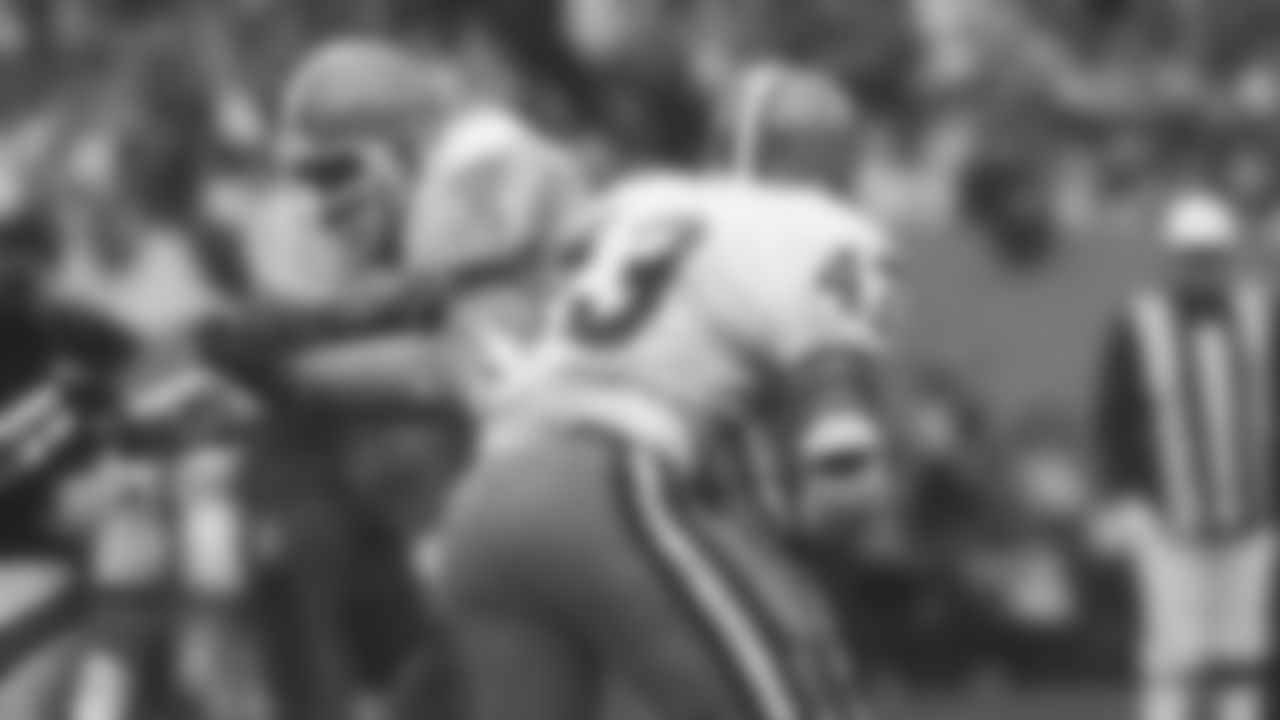
The Browns debuted orange pants in 1975, wearing them exclusively until 1984. In this photo, Mike Pruitt (43) runs with the ball during a game against the Bengals.
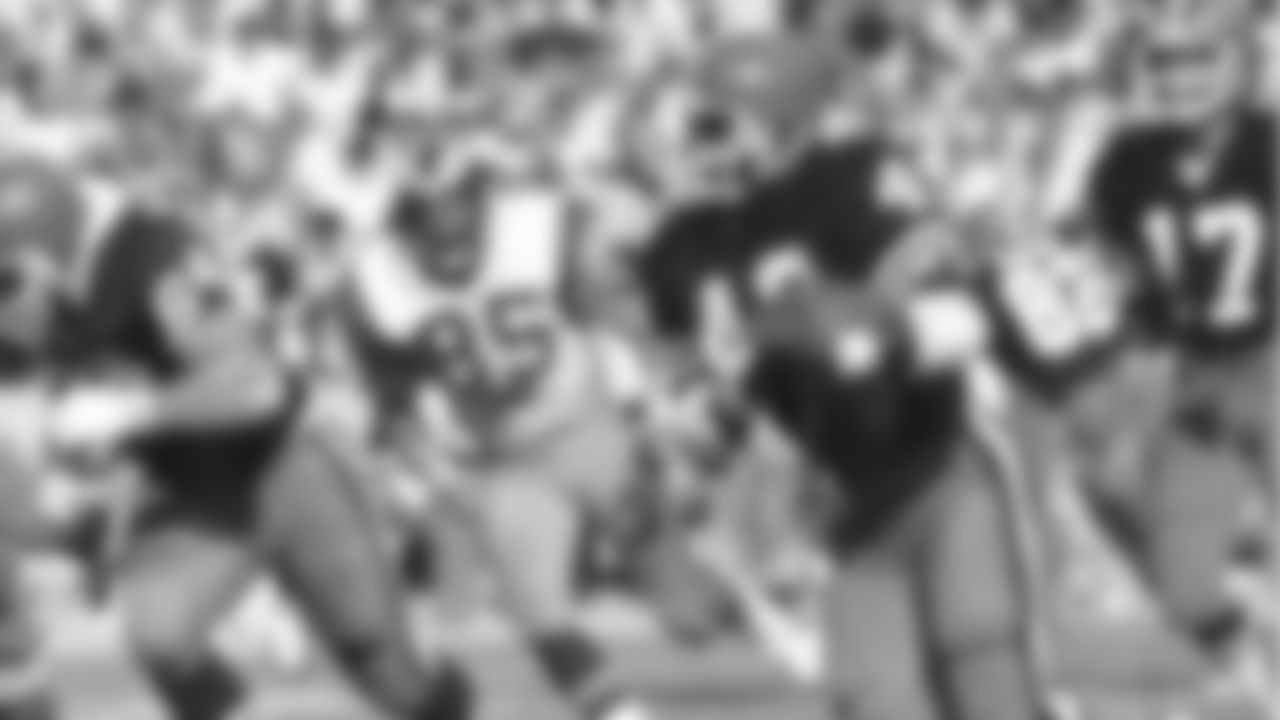
Mike Pruitt (43) runs with the ball during a game against the Los Angeles Rams.
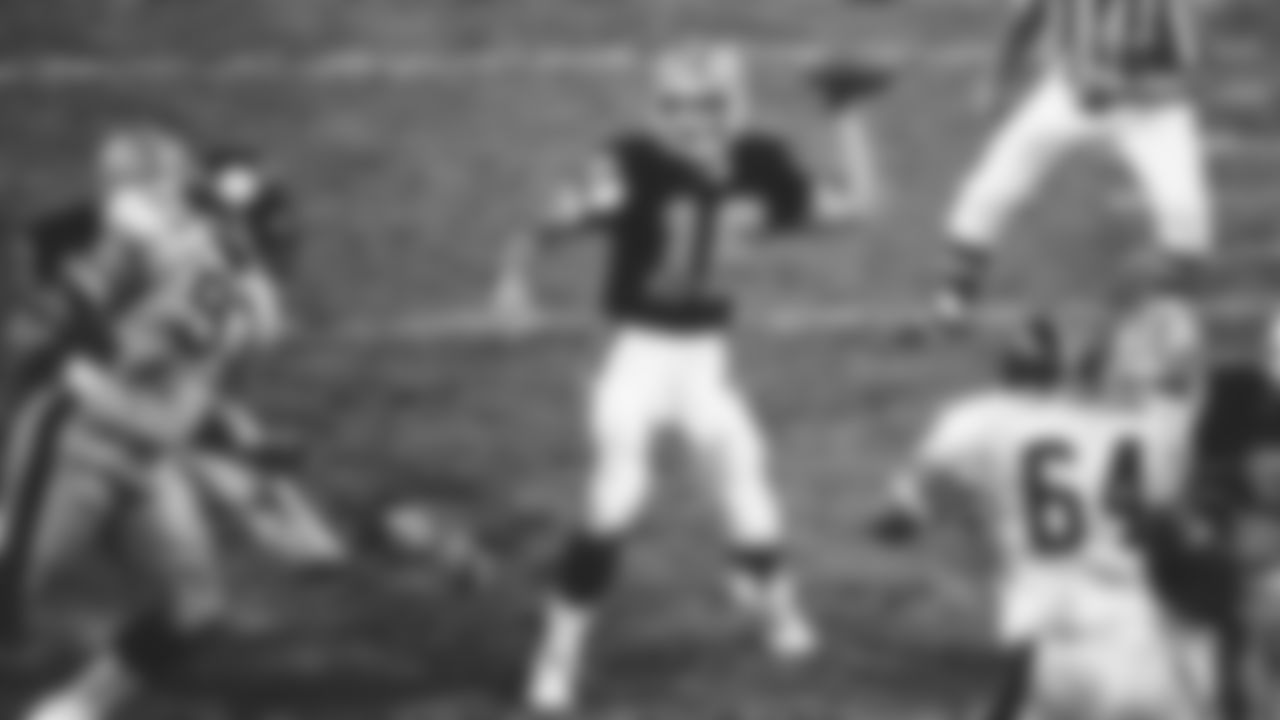
1984 brings radical change to Cleveland, starting with a new brown jersey with orange numbers, worn here by quarterback Paul McDonald during a preseason game against the Steelers.
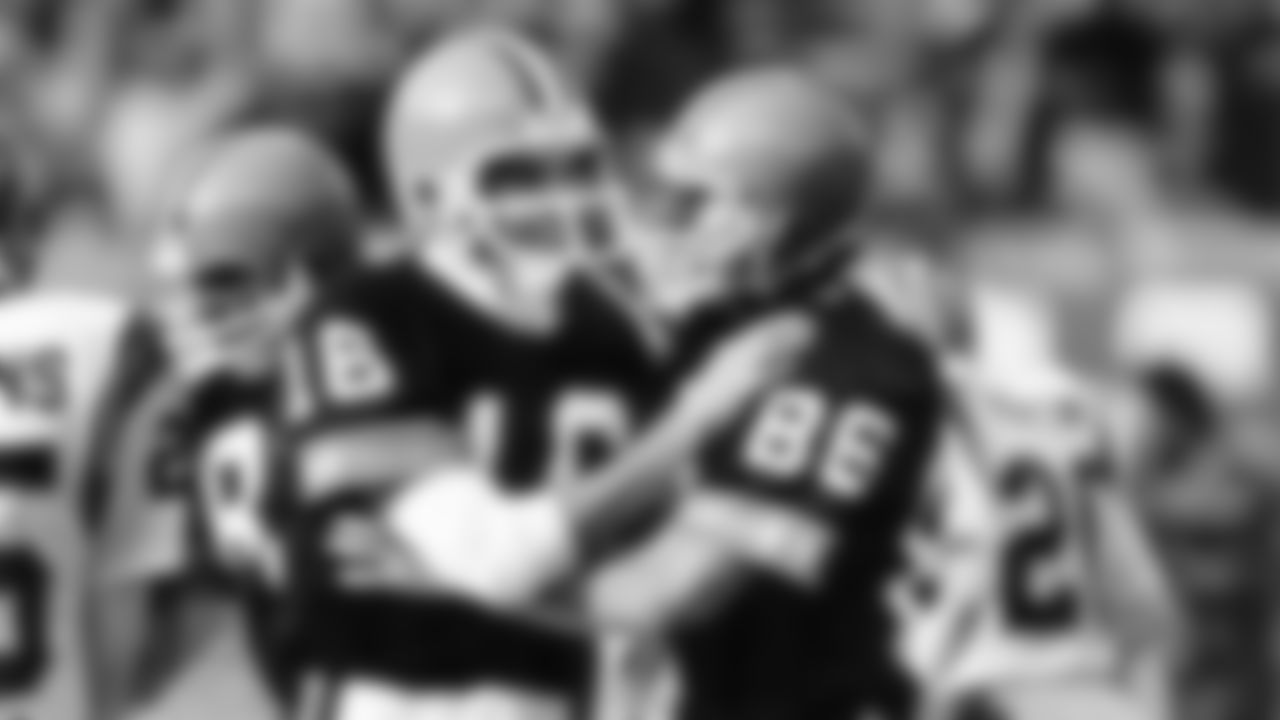
The new, orange-numbered top was so unpopular, the team switched to white numbers with an orange outline in time for the regular season. Also different in the uniforms: white facemasks, a different stripe set on the sleeves and wider, reversed stripes on the pants.
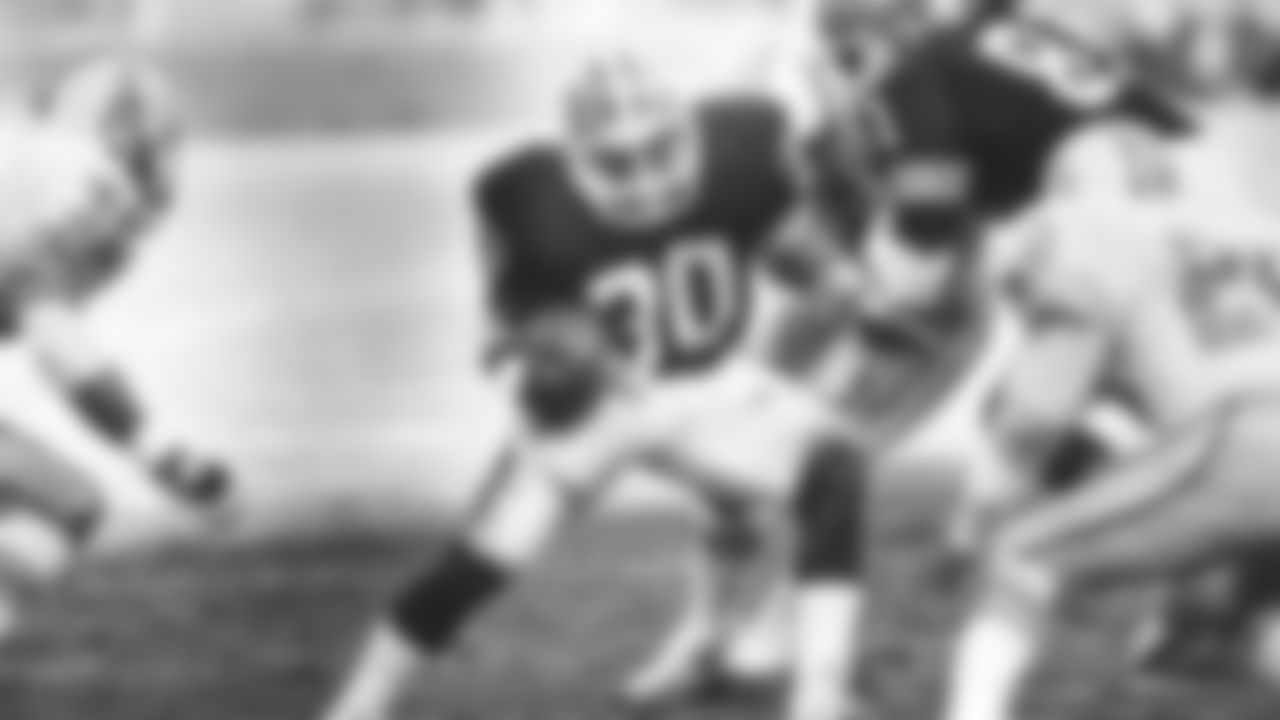
The new, orange-numbered top was so unpopular, the team switched to white numbers with an orange outline in time for the regular season. Also different in the uniforms: white facemasks, a different stripe set on the sleeves and wider, reversed stripes on the pants.
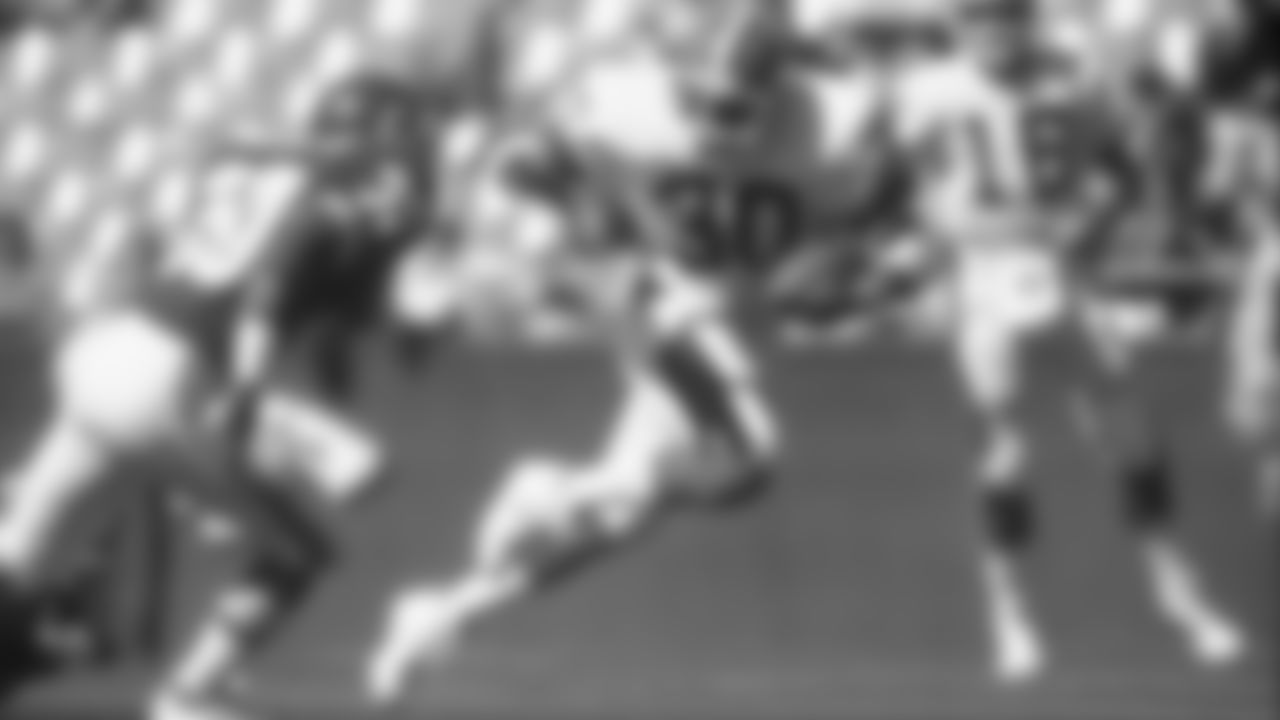
The new road uniform included orange socks, an orange outline on the brown numbers and a new triple-striped sleeve following an orange-brown-orange pattern that, oddly enough, was the reverse of the new pants stripe.
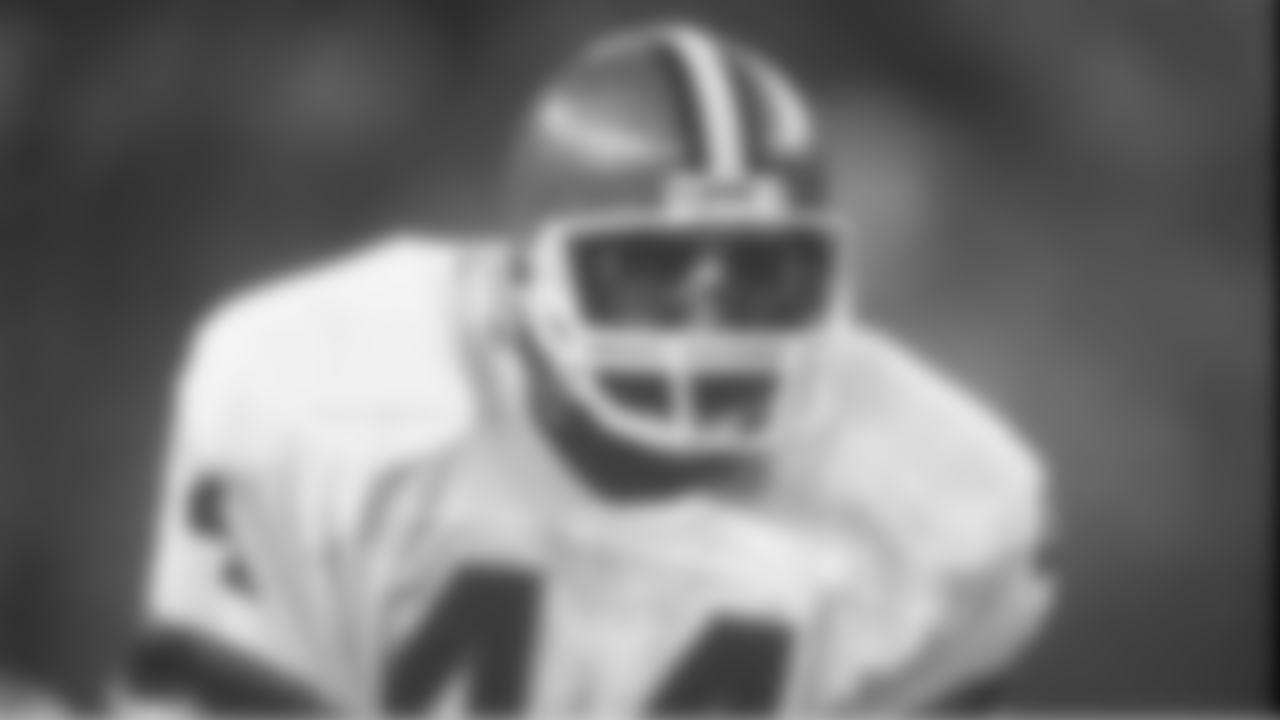
The new road uniform included orange socks, an orange outline on the brown numbers and a new triple-striped sleeve following an orange-brown-orange pattern that, oddly enough, was the reverse of the new pants stripe.
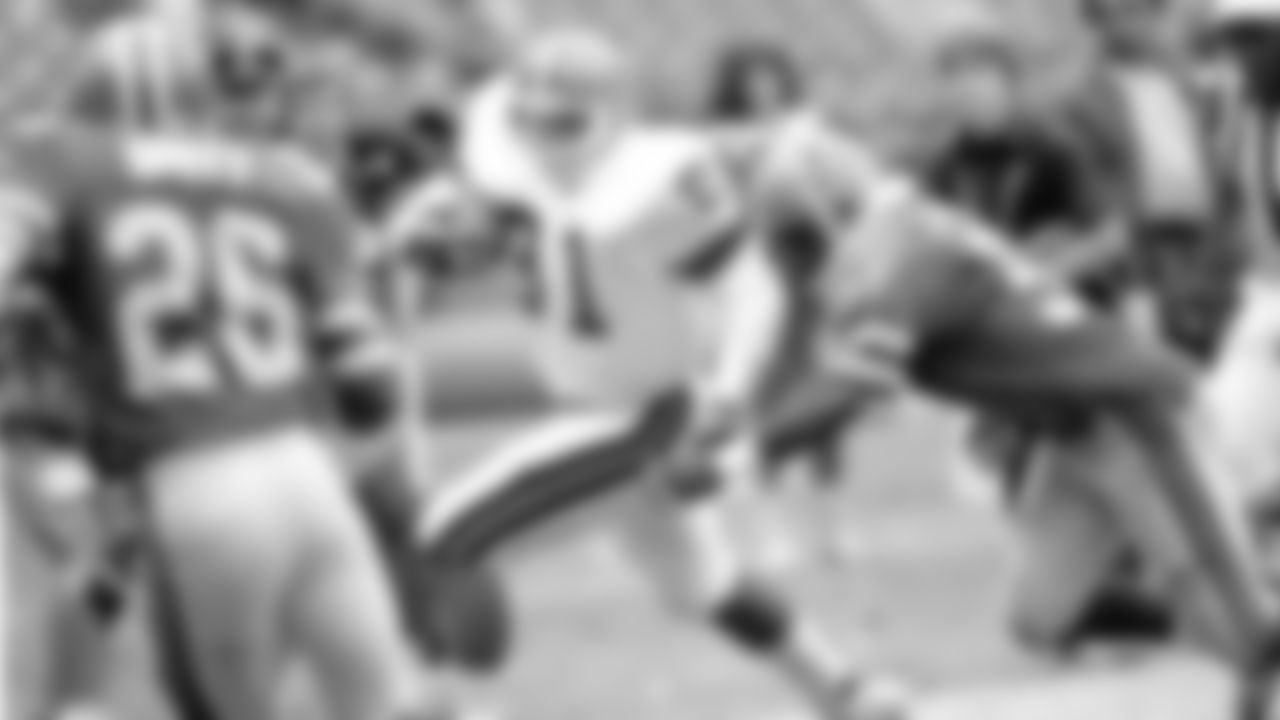
The new road uniform included orange socks, an orange outline on the brown numbers and a new triple-striped sleeve following an orange-brown-orange pattern that, oddly enough, was the reverse of the new pants stripe.
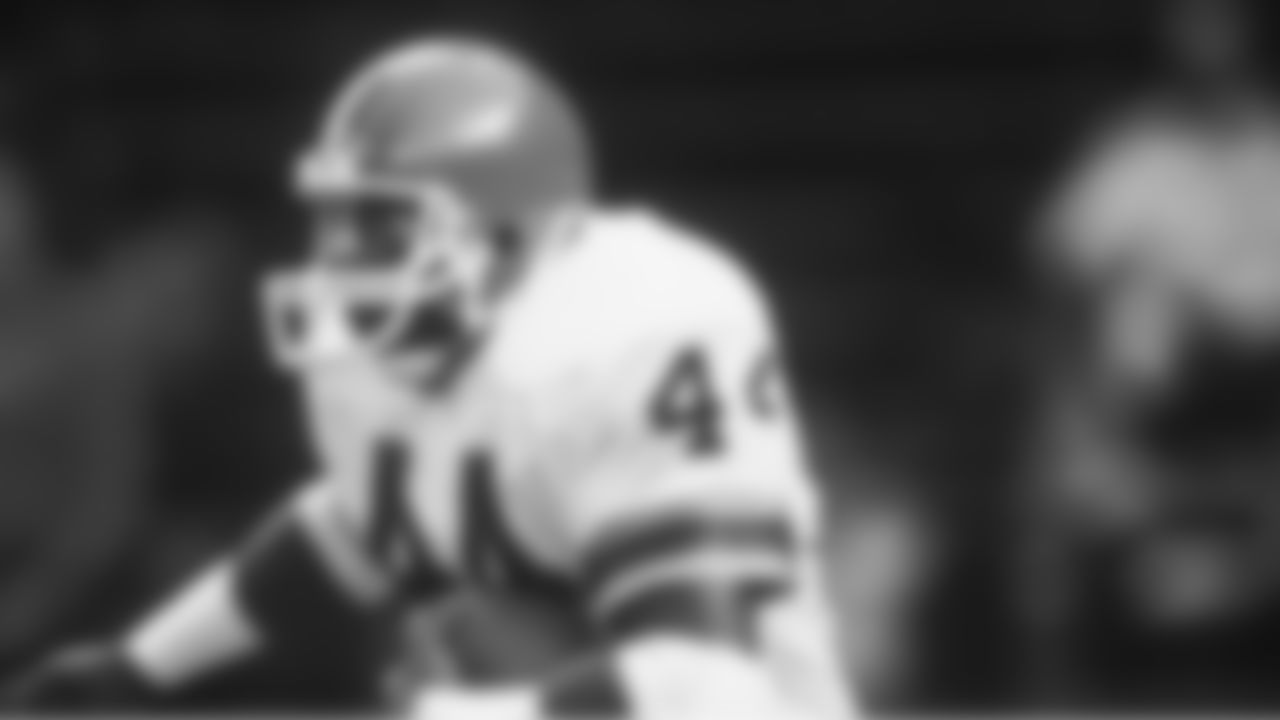
The new road uniform included orange socks, an orange outline on the brown numbers and a new triple-striped sleeve following an orange-brown-orange pattern that, oddly enough, was the reverse of the new pants stripe.
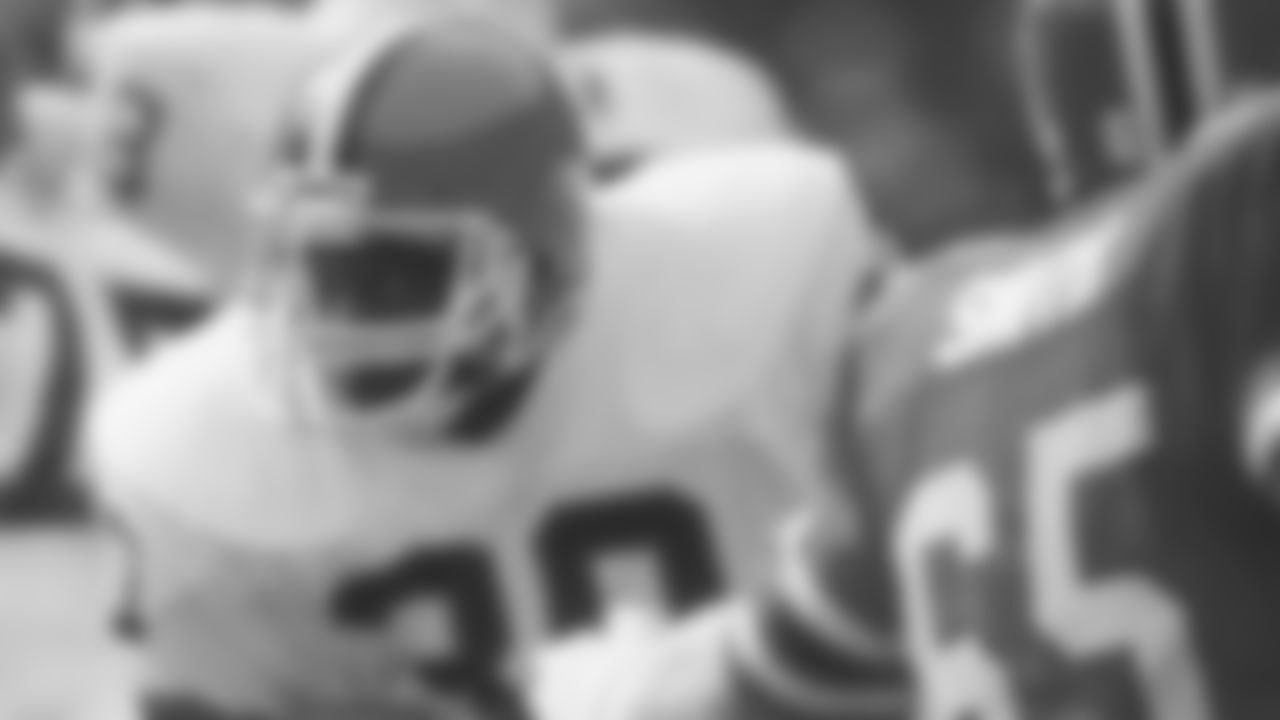
The new road uniform included orange socks, an orange outline on the brown numbers and a new triple-striped sleeve following an orange-brown-orange pattern that, oddly enough, was the reverse of the new pants stripe.
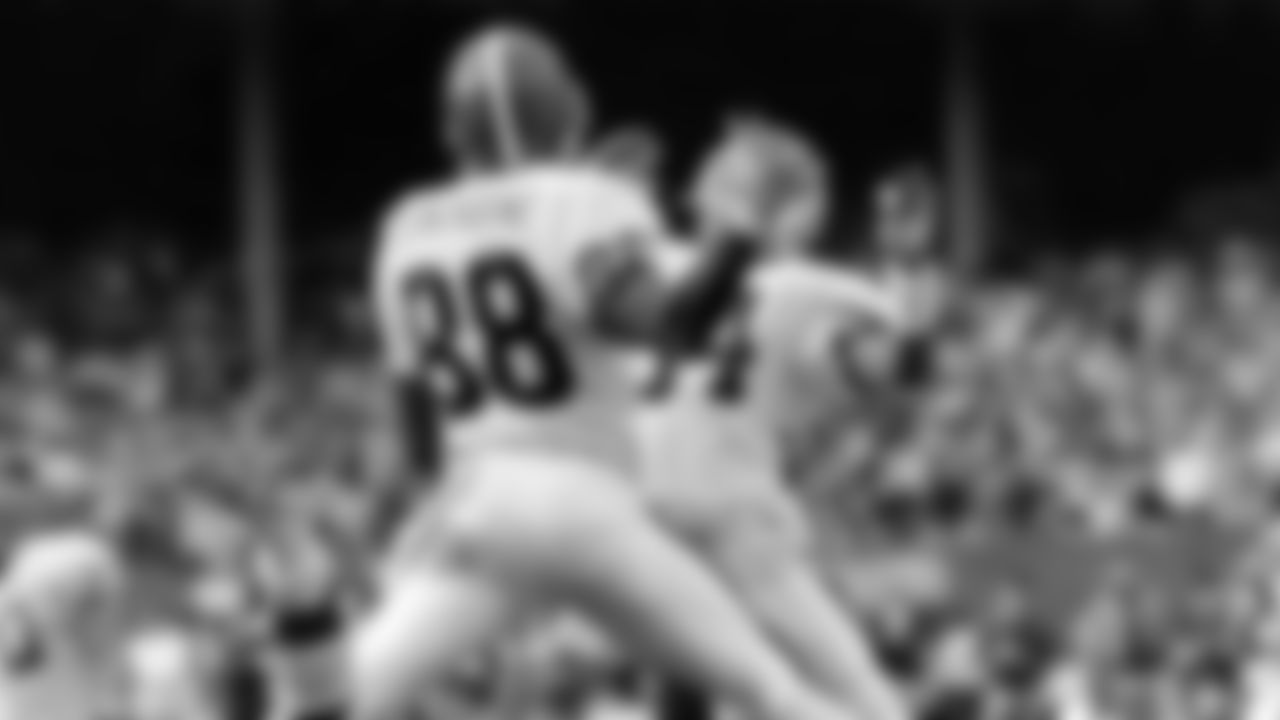
The 1984 change lasted just one season before the Browns returned to their more traditional look, bringing the white facemask along with them. Orange receded into a secondary role for the next 15 years, as the team relied more on a white-dominant look that harkened back to the club's earliest days.
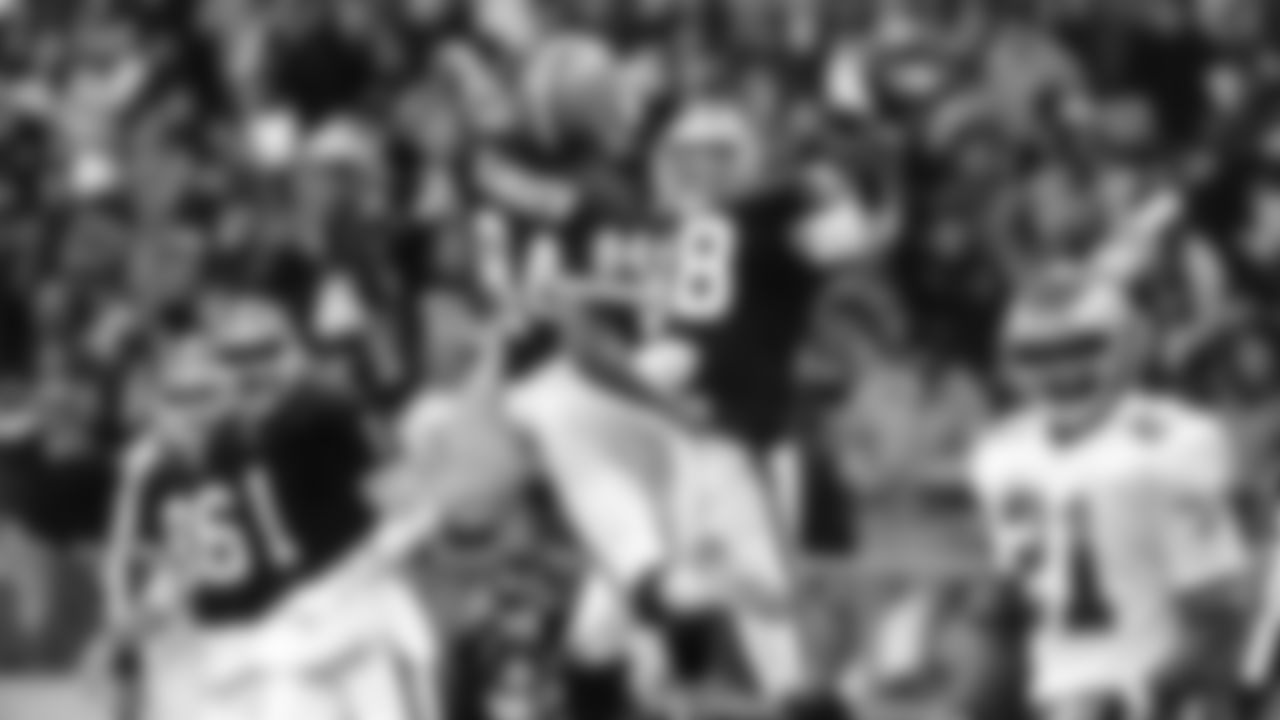
Browns receivers Reggie Langhorne (88) and Webster Slaughter (84) celebrate during a game against the Philadelphia Eagles.
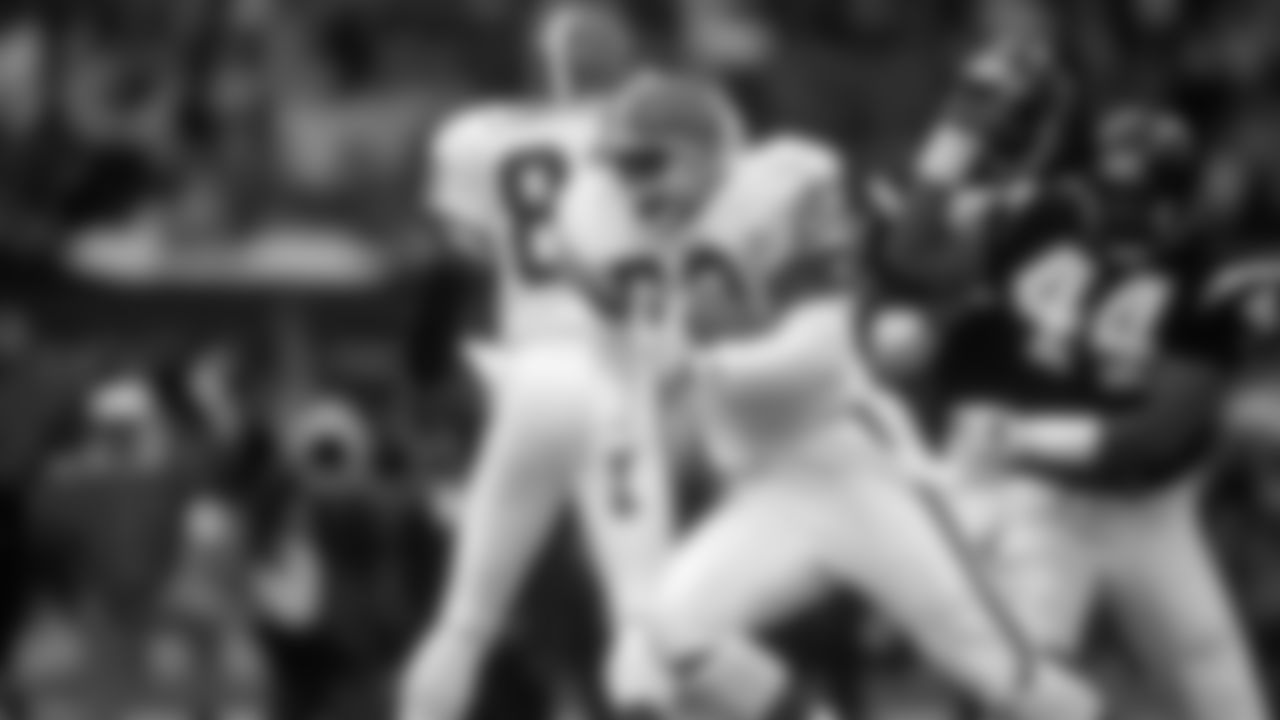
Ozzie Newsome (82) of the Cleveland Browns carries the ball upfield during the game against the San Diego Chargers on September 14,1990. (Photo by: Rick Stewart/Getty Images)
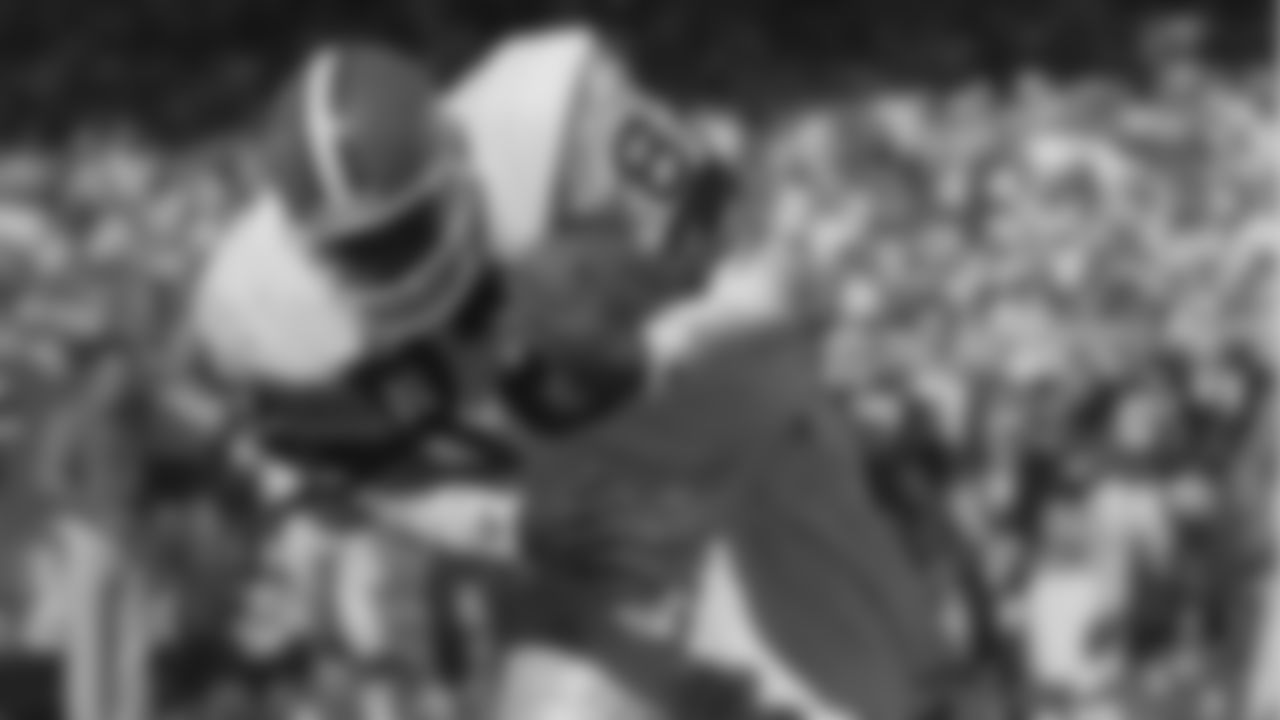
Cleveland Browns tight end Ozzie Newsome (82) hauls in a five yard touchdown pass as New York Jets George Radachowsky in this Sept. 17, 1989 photo in Cleveland. Newsome was voted into the Pro Football Hall of Fame Saturday, Jan. 30, 1999. (AP Photo/Mark Duncan)
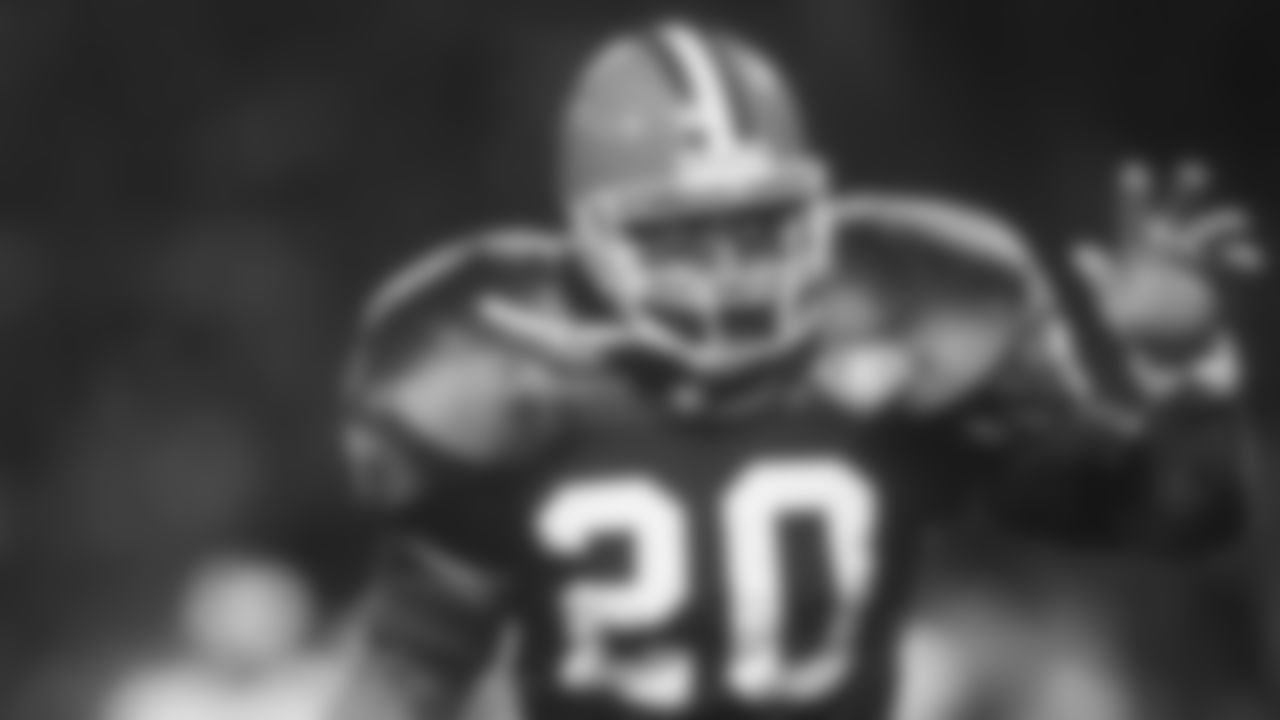
While many teams opted to wear throwbacks for the NFL's 75-year anniversary in 1994, the Browns stuck to their current sets with the 75th anniversary patch added to the left chest.
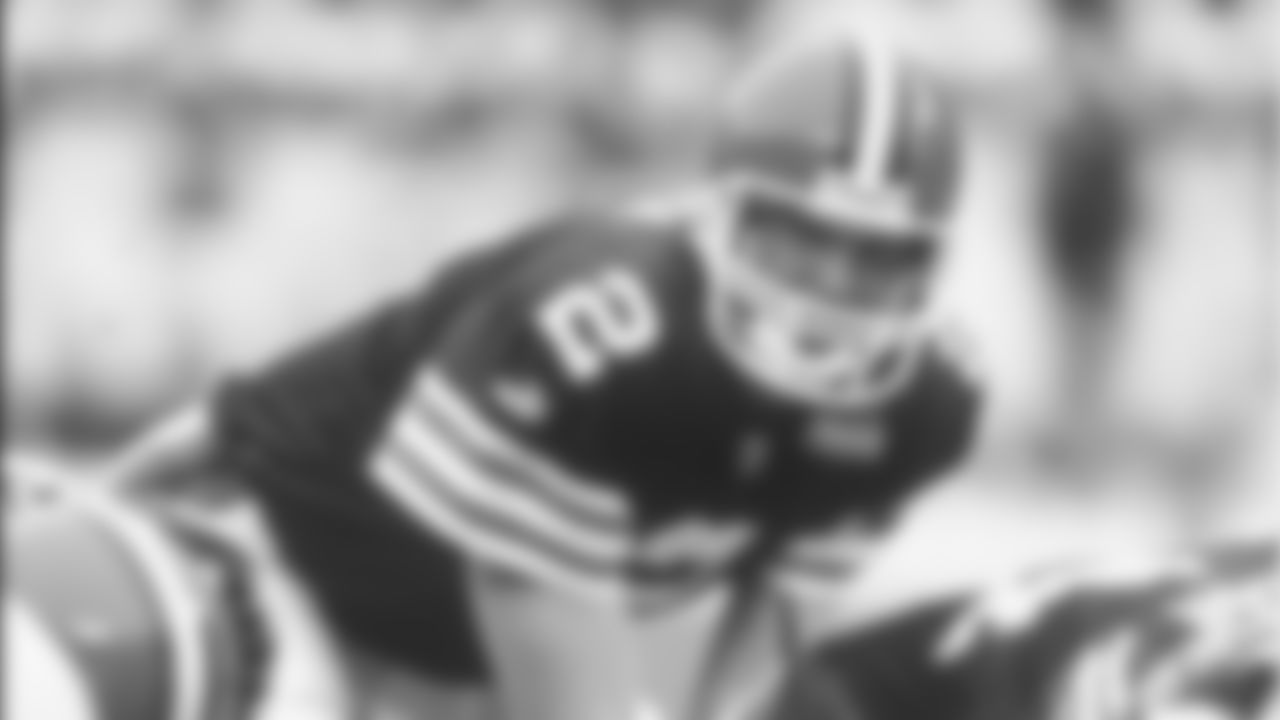
When the Browns returned to the NFL as an expansion franchise in 1999, they commemorated their rebirth with a special patch and moved the uniform's television numbers from the sleeve to the shoulder.
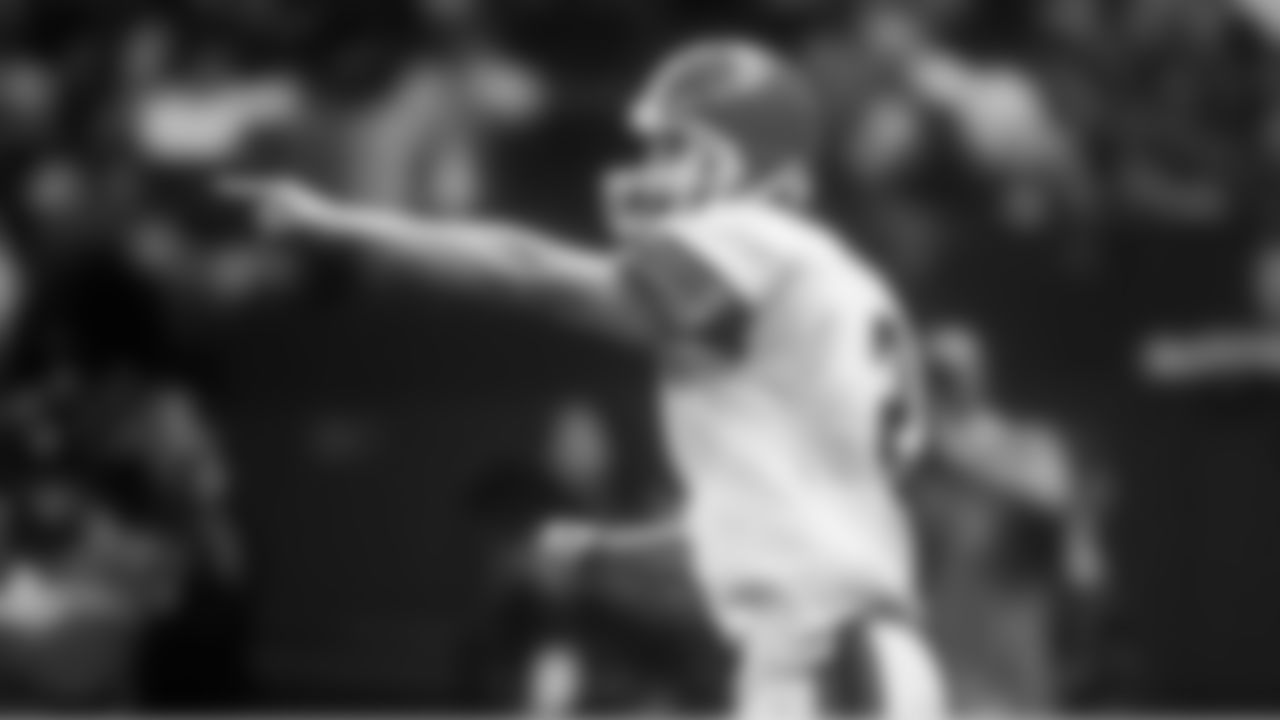
When the Browns returned to the NFL as an expansion franchise in 1999, they commemorated their rebirth with a special patch and moved the uniform's television numbers from the sleeve to the shoulder.
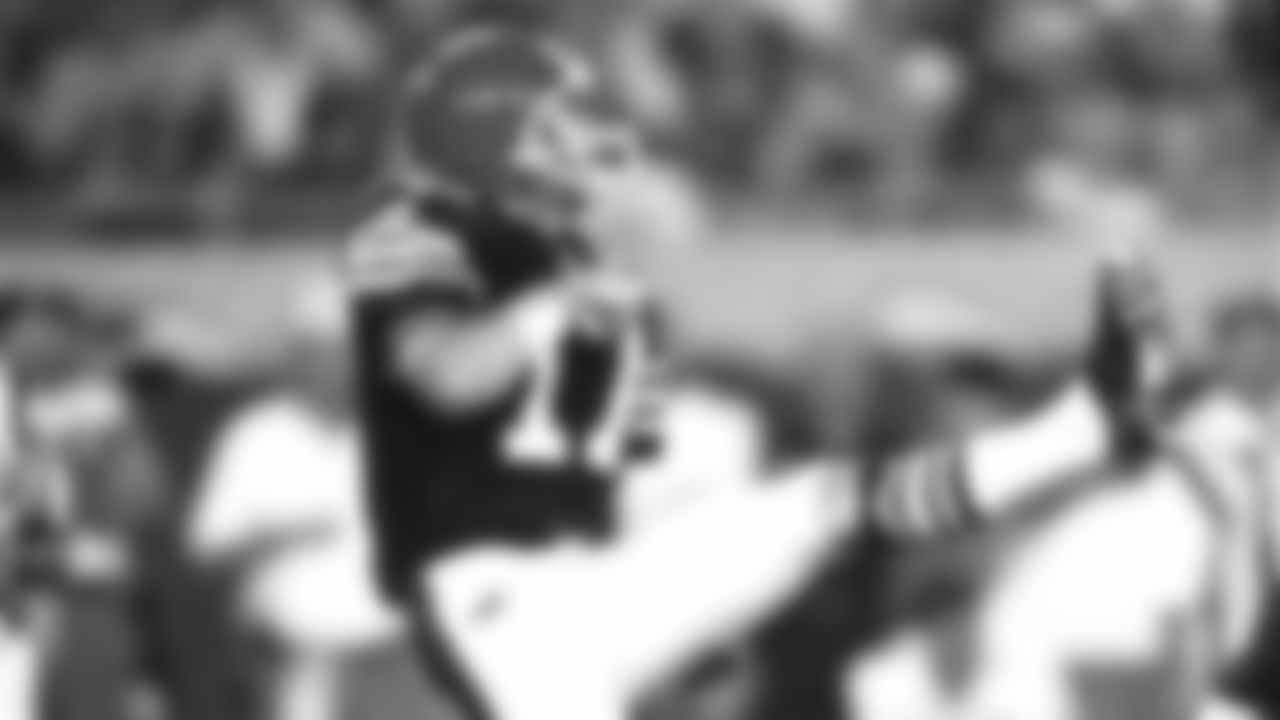
When the Browns returned to the NFL as an expansion franchise in 1999, they commemorated their rebirth with a special patch and moved the uniform's television numbers from the sleeve to the shoulder.
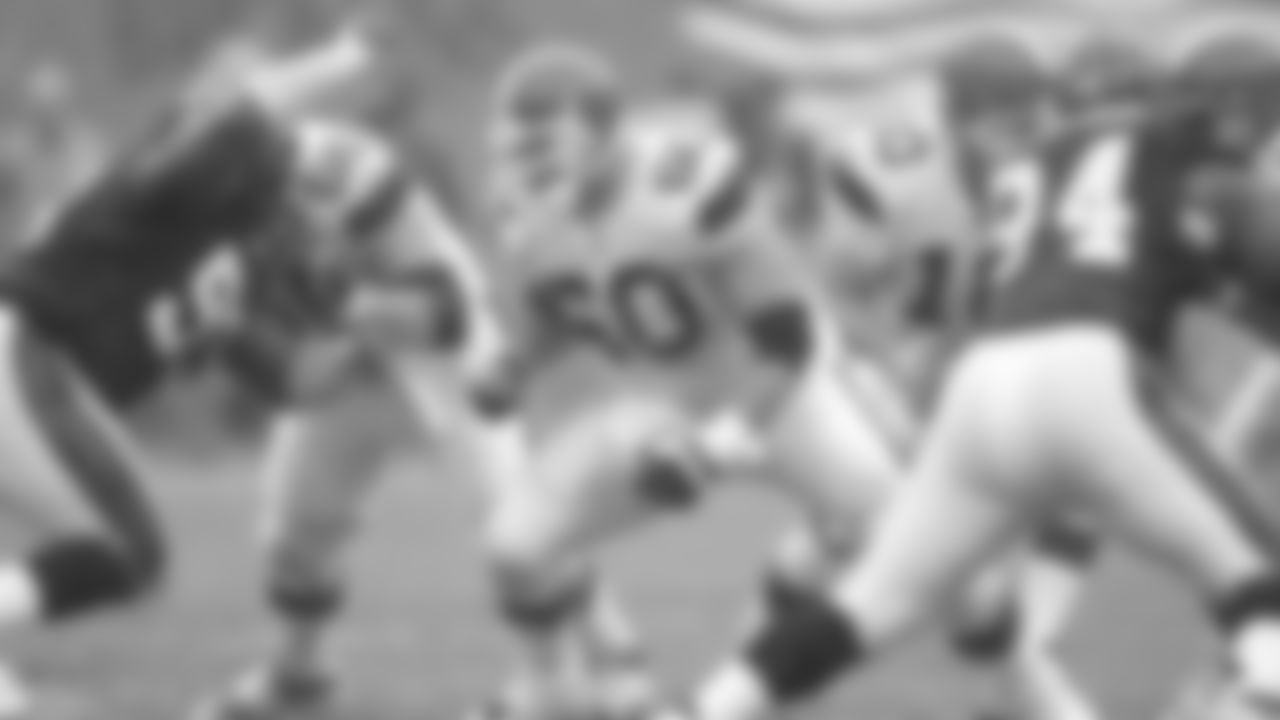
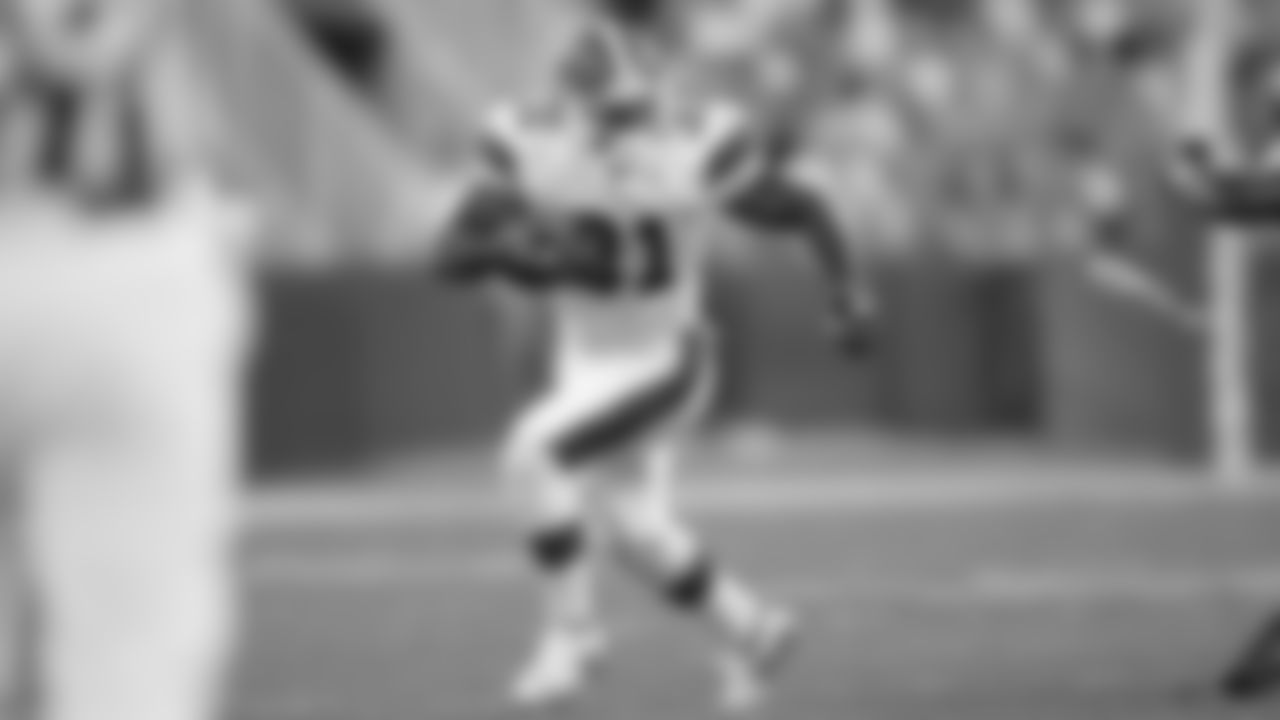
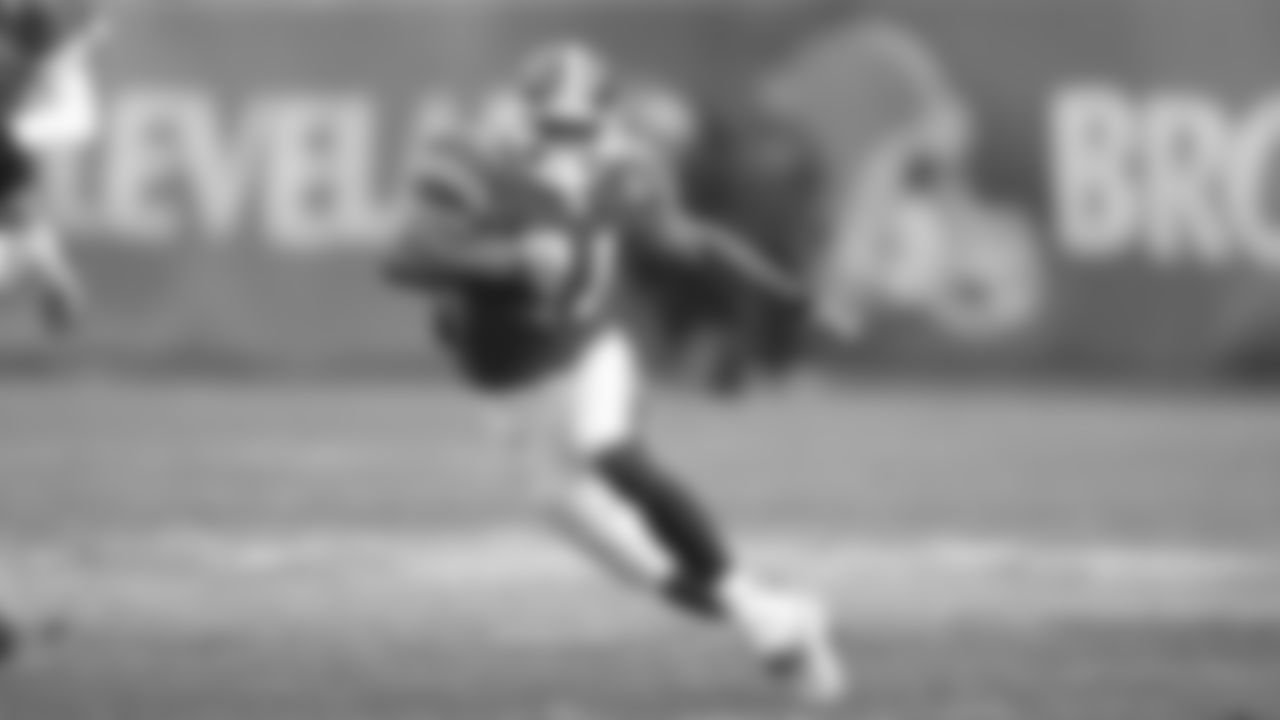
Orange returned with authority as the team's alternate jersey in 2002 as the NFL encouraged teams to adopt a third top. The brown drop shadow on the white numbers served as an informal nod to the team's first uniform in its history. The jersey was also a callback to the orange tops with which the Browns experimented during preseason games in the mid-1950s.
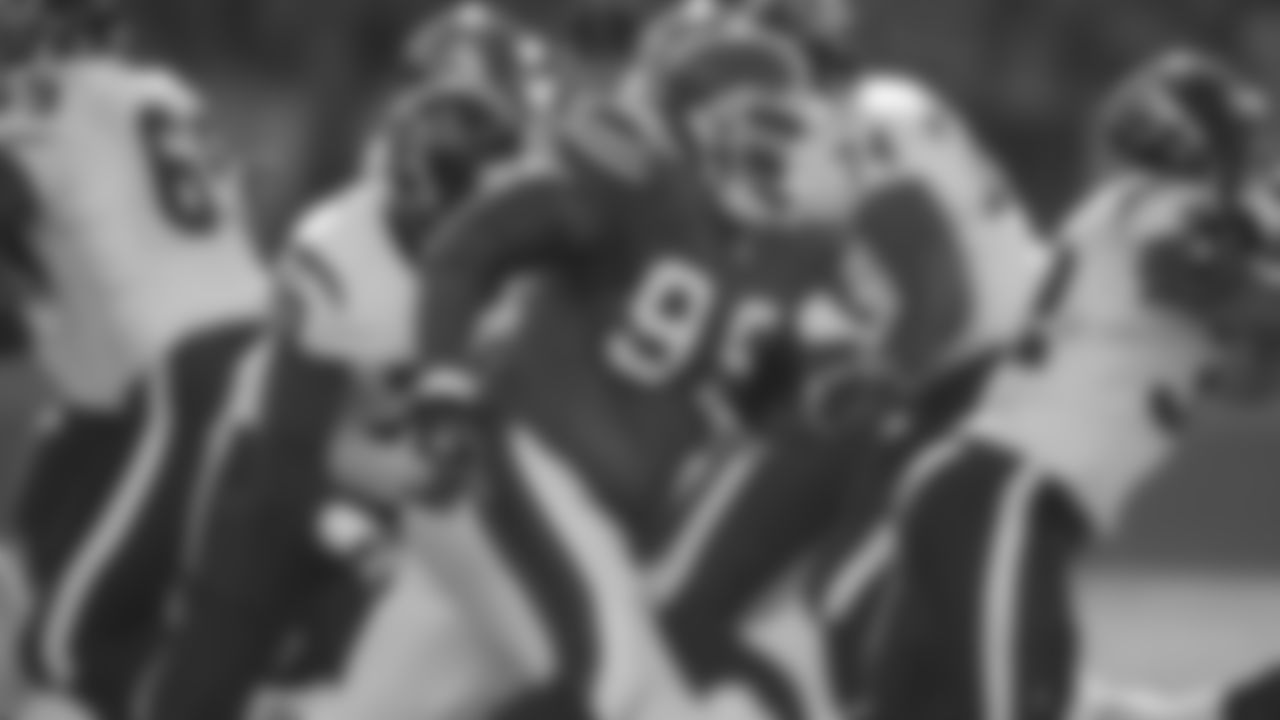
Orange returned with authority as the team's alternate jersey in 2002 as the NFL encouraged teams to adopt a third top.
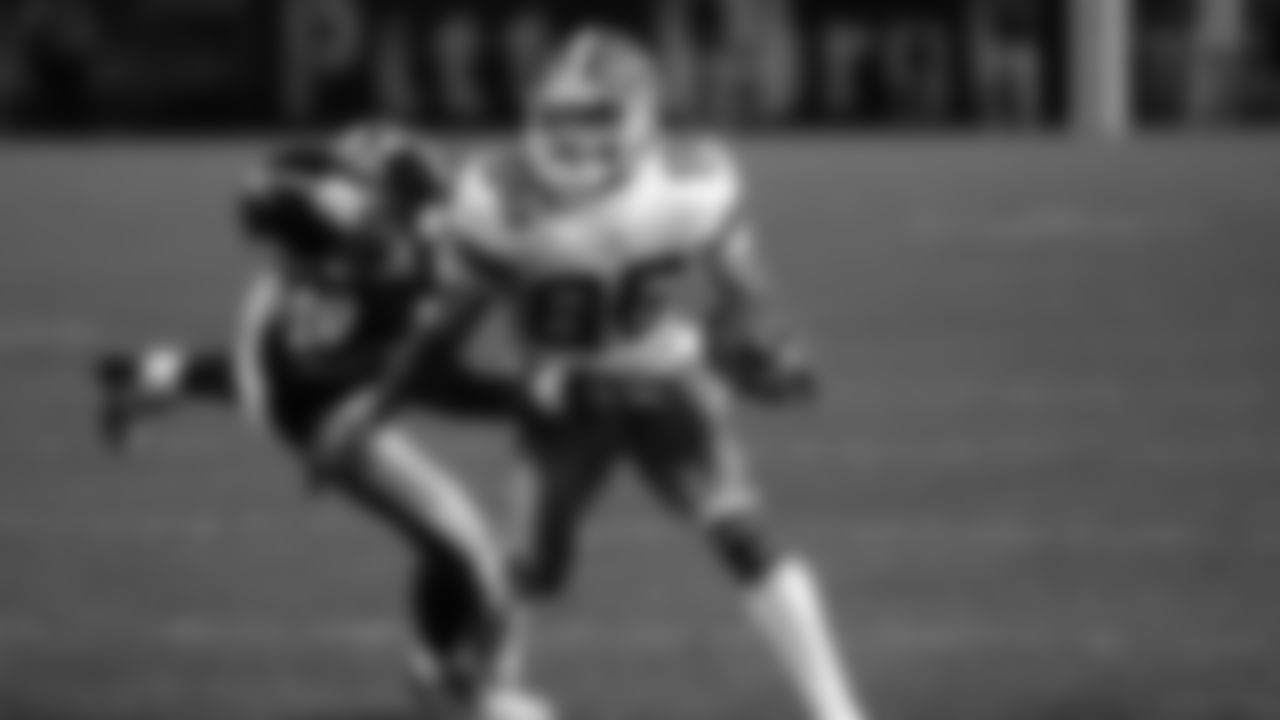
The team's embracing of orange grew during the following season, when the franchise welcomed back the orange pants made popular from 1975-1983. The Browns wore these pants during a Sunday night game against the Steelers in 2003, which they won 33-13 in front of a national television audience.
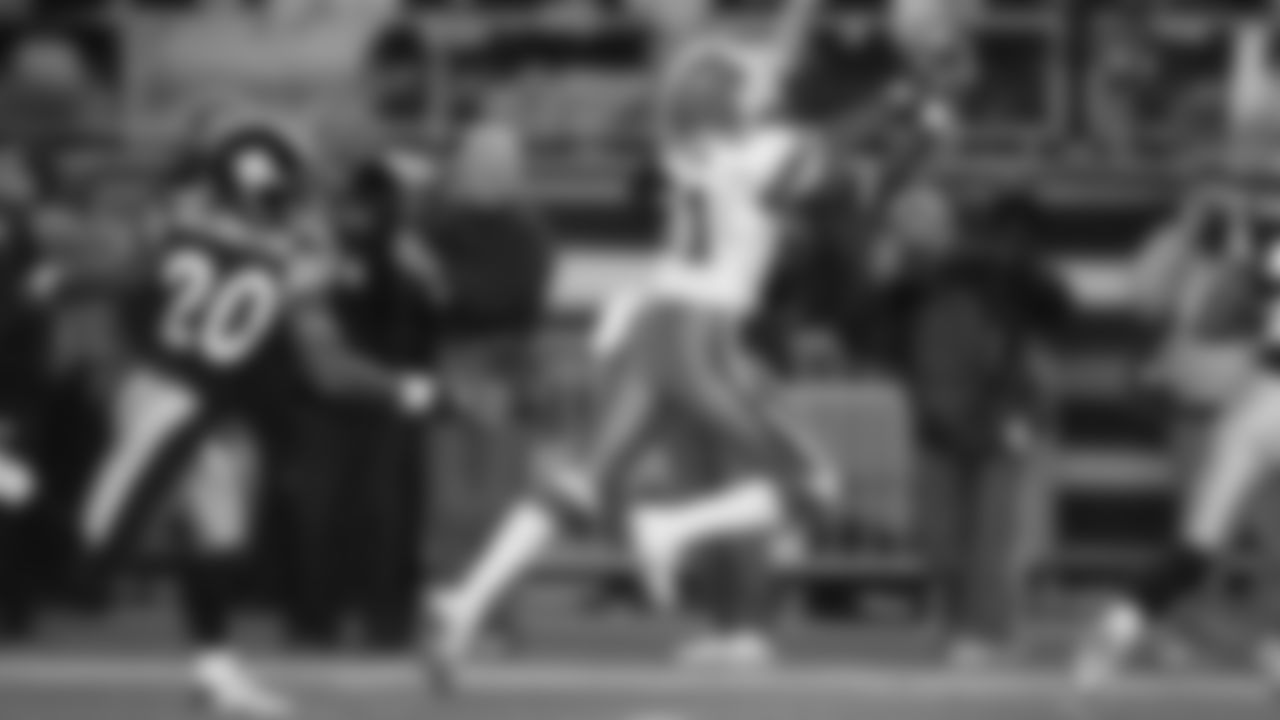
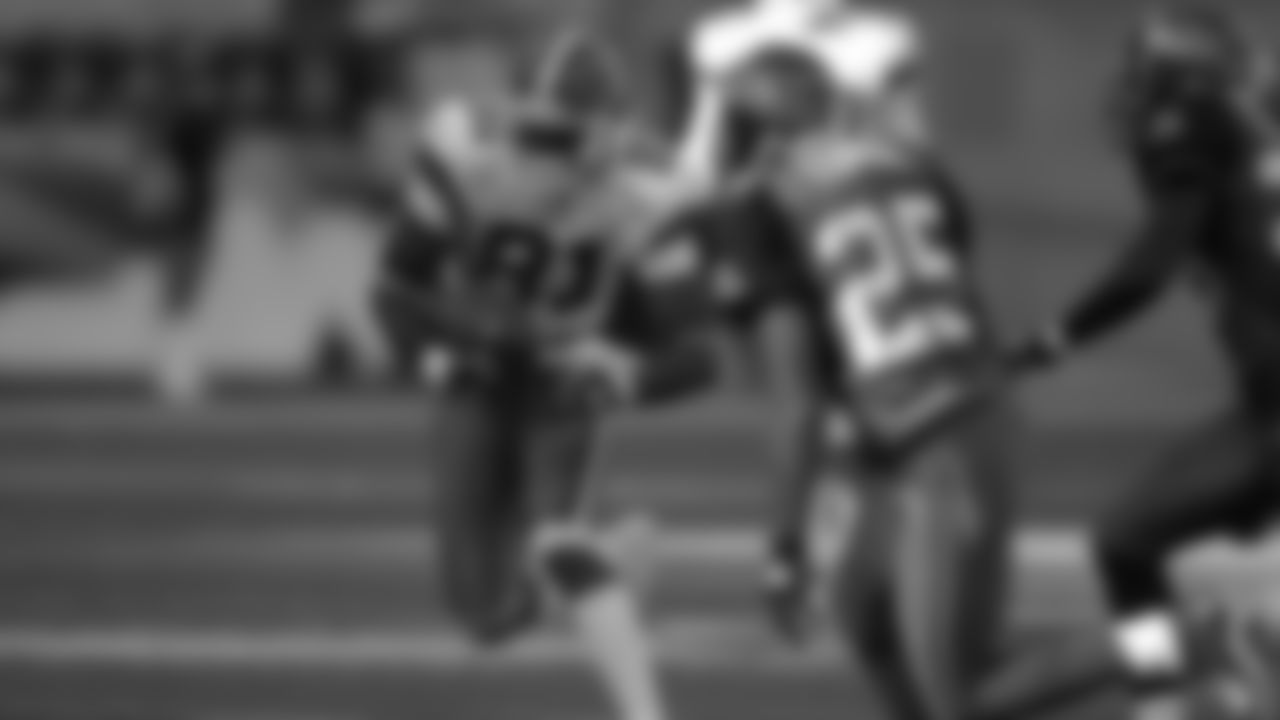
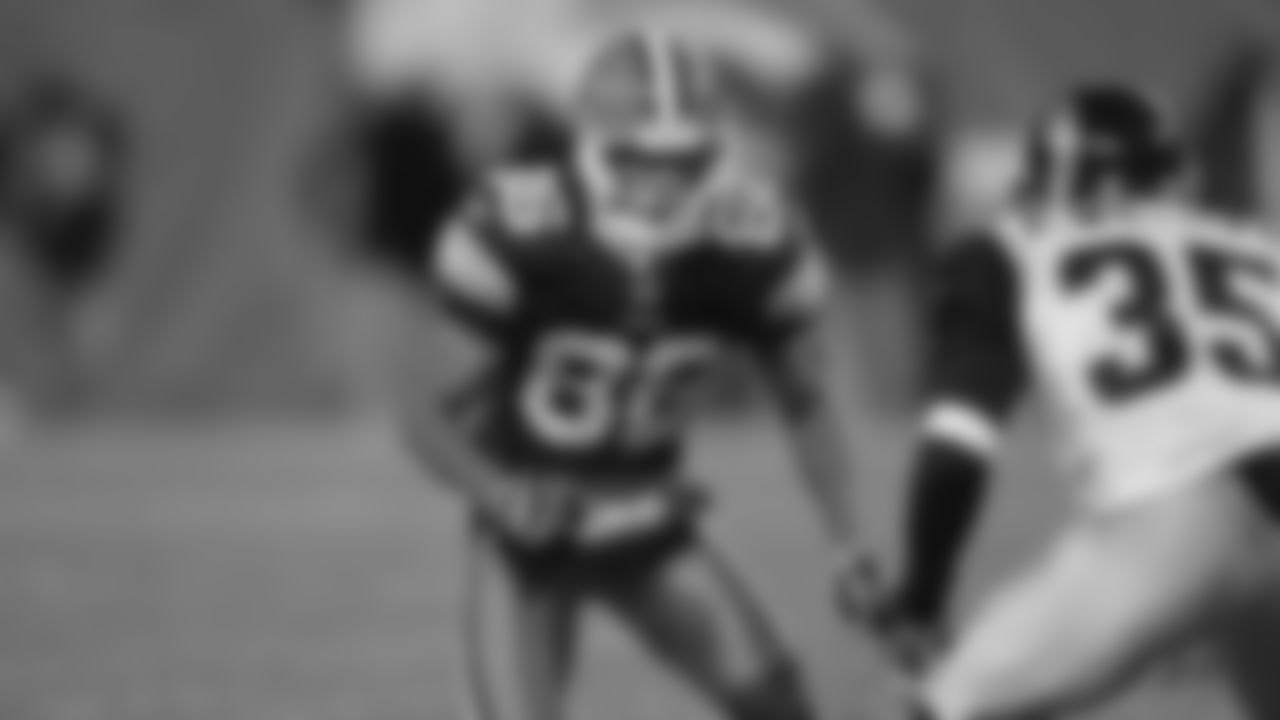
The orange pants weren't as successful when paired with the brown home jerseys in 2003. The Browns fell to the St. Louis Rams 26-20 in a Monday night contest in Cleveland.
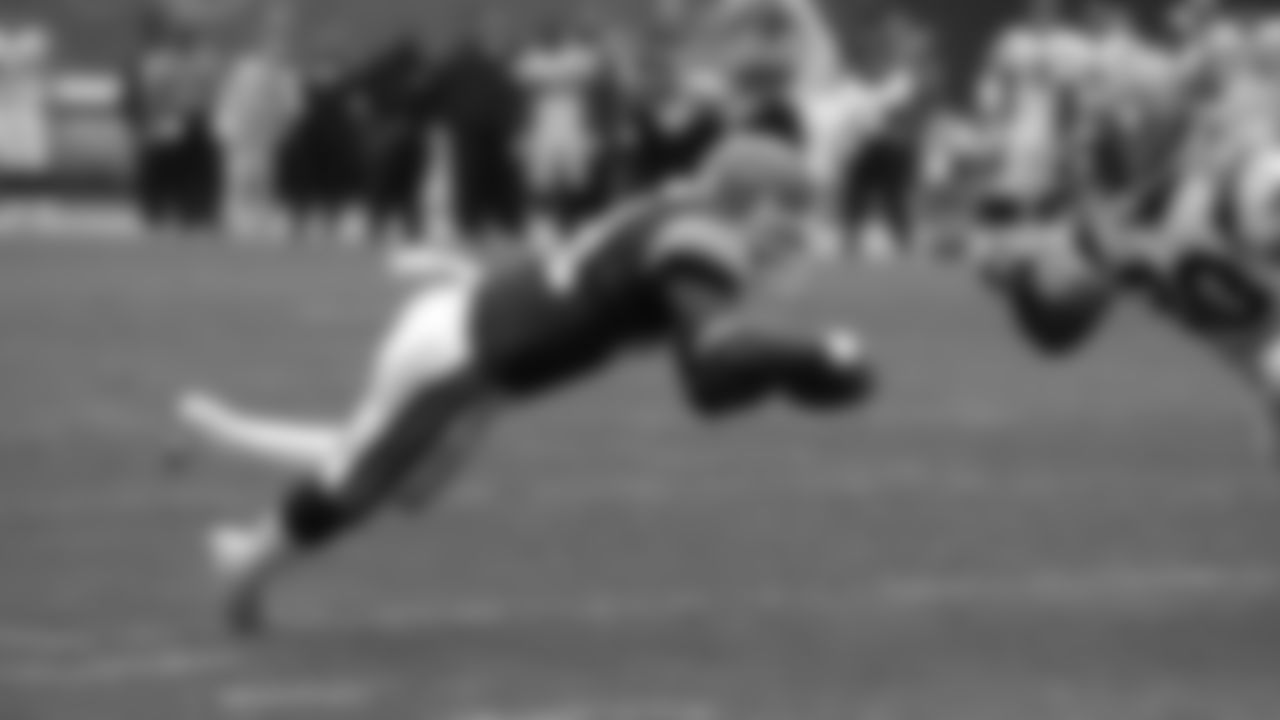
The Browns mixed in another slight change in 2003, adding a thin white stripe between the brown and orange stripes on the pants worn with the brown jerseys at home. These alternate white pants made occasional appearances in the mid-2000s. They also had a set without the thin white stripe that were worn on the road (and sometimes at home, too).
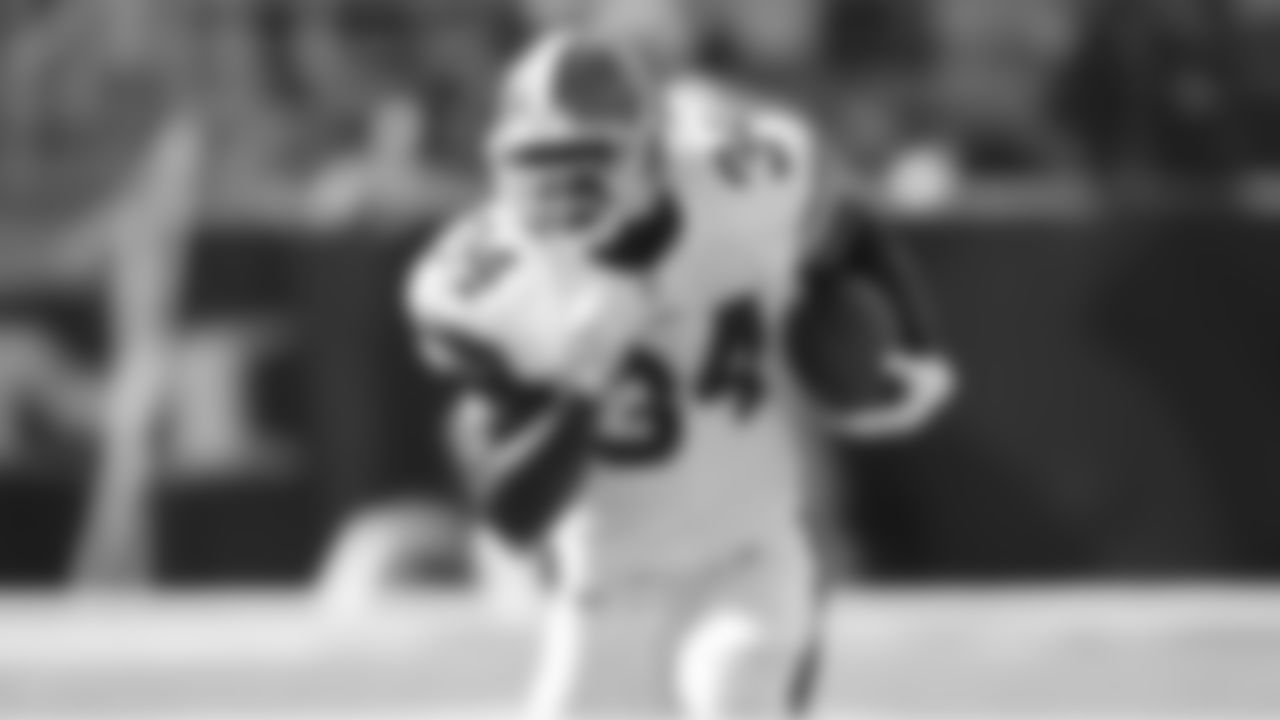
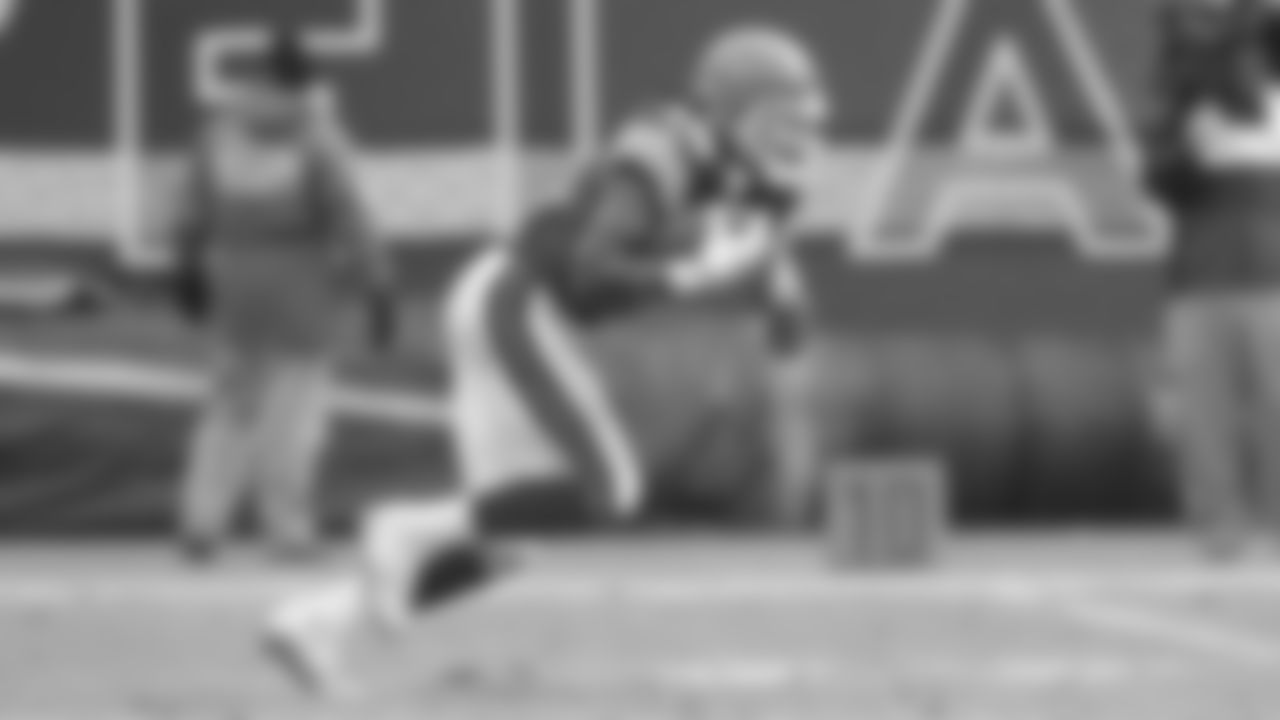
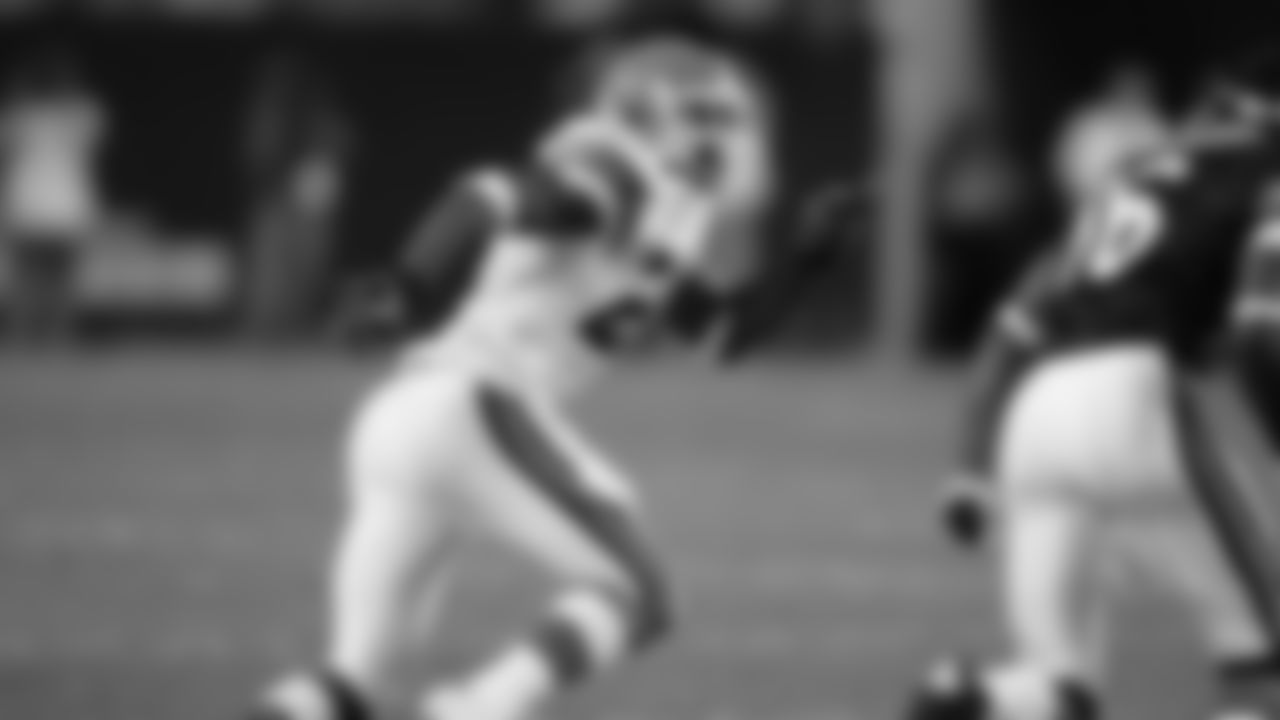
The orange jerseys lasted just three seasons and the orange pants merely two campaigns before the Browns went back to the white pants exclusive look in 2005. That set up bigger changes in 2006 as the team celebrated its 60th anniversary of its inception.
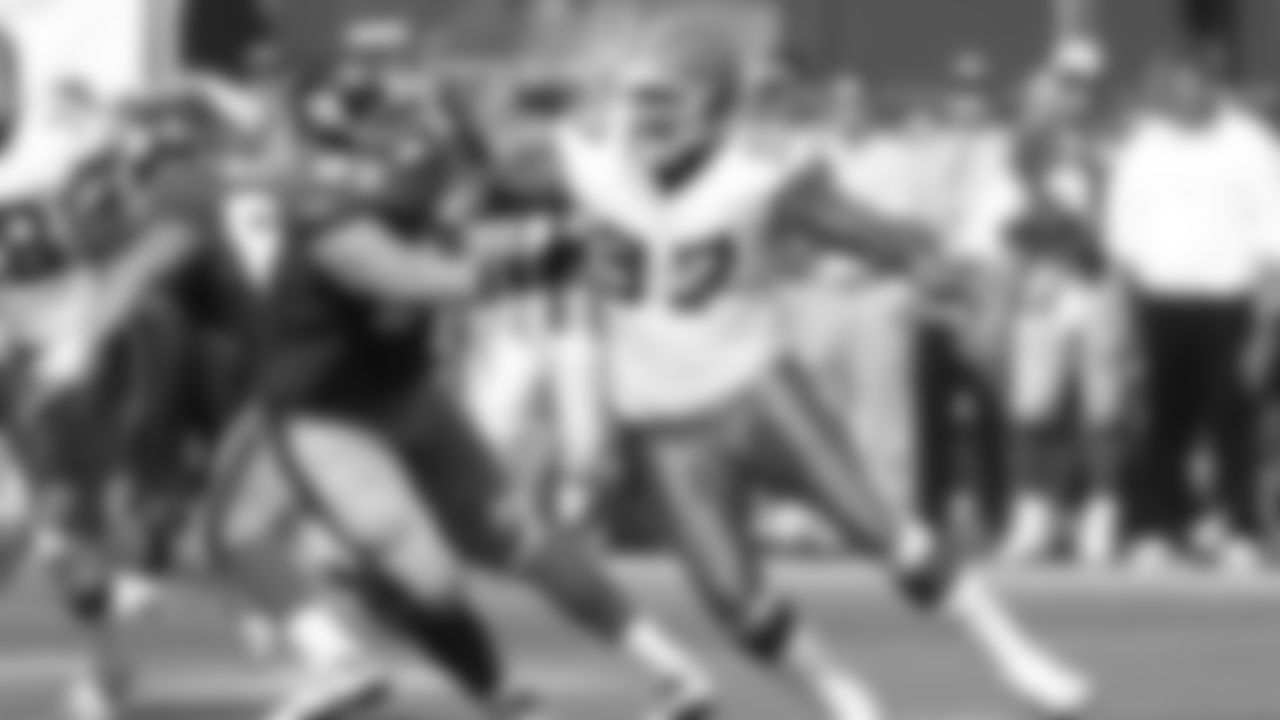
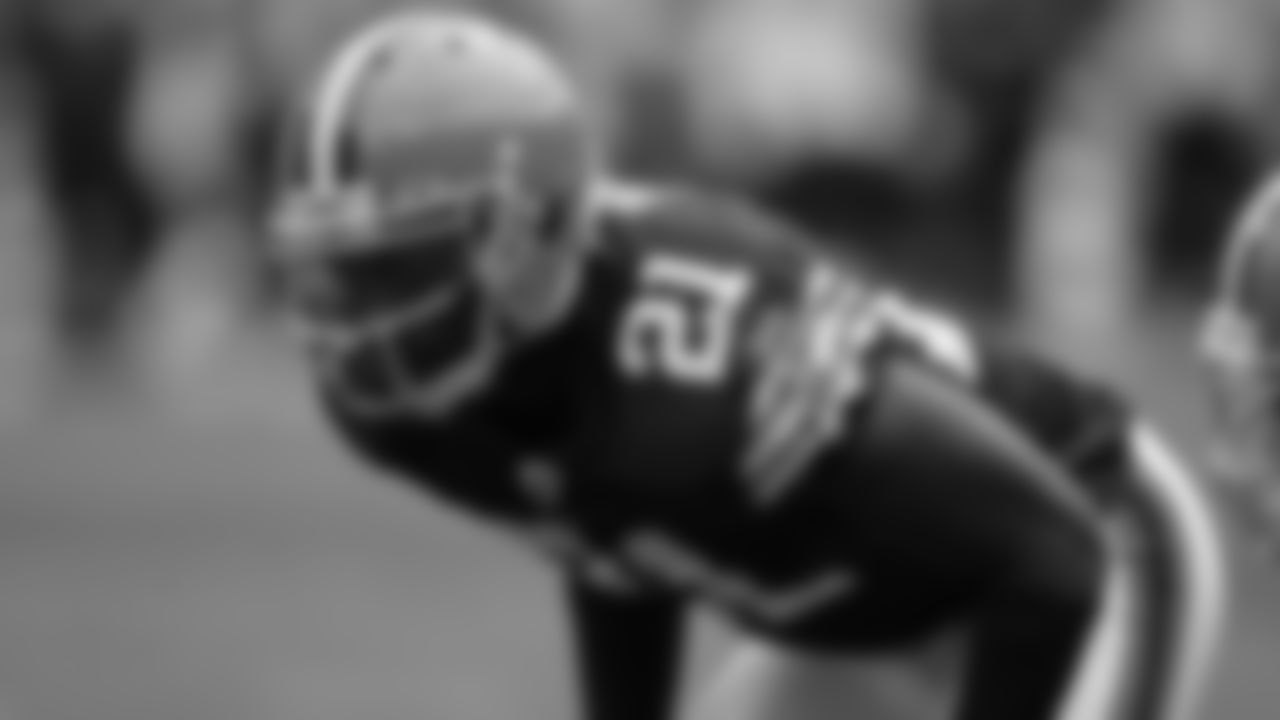
In a very emphatic nod to the Browns' roots, the team went back to gray facemasks, orange-brown-orange striping on the pants, a slightly darker brown jersey and the original sleeve striping worn by the team from 1946-1968. These uniforms would eventually expand to include solid brown pants worn intermittently near the start of the 2010s.
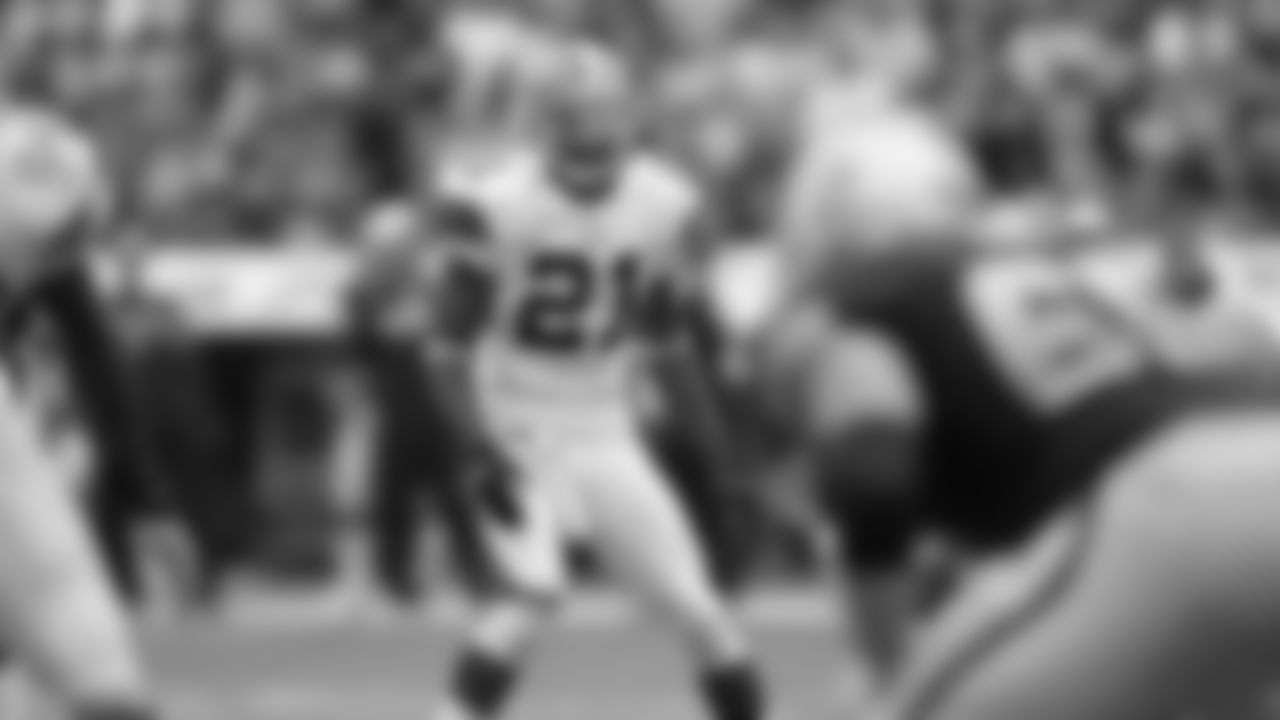
In a very emphatic nod to the Browns' roots, the team went back to gray facemasks, orange-brown-orange striping on the pants, a slightly darker brown jersey and the original sleeve striping worn by the team from 1946-1968. These uniforms would eventually expand to include solid brown pants worn intermittently near the start of the 2010s.
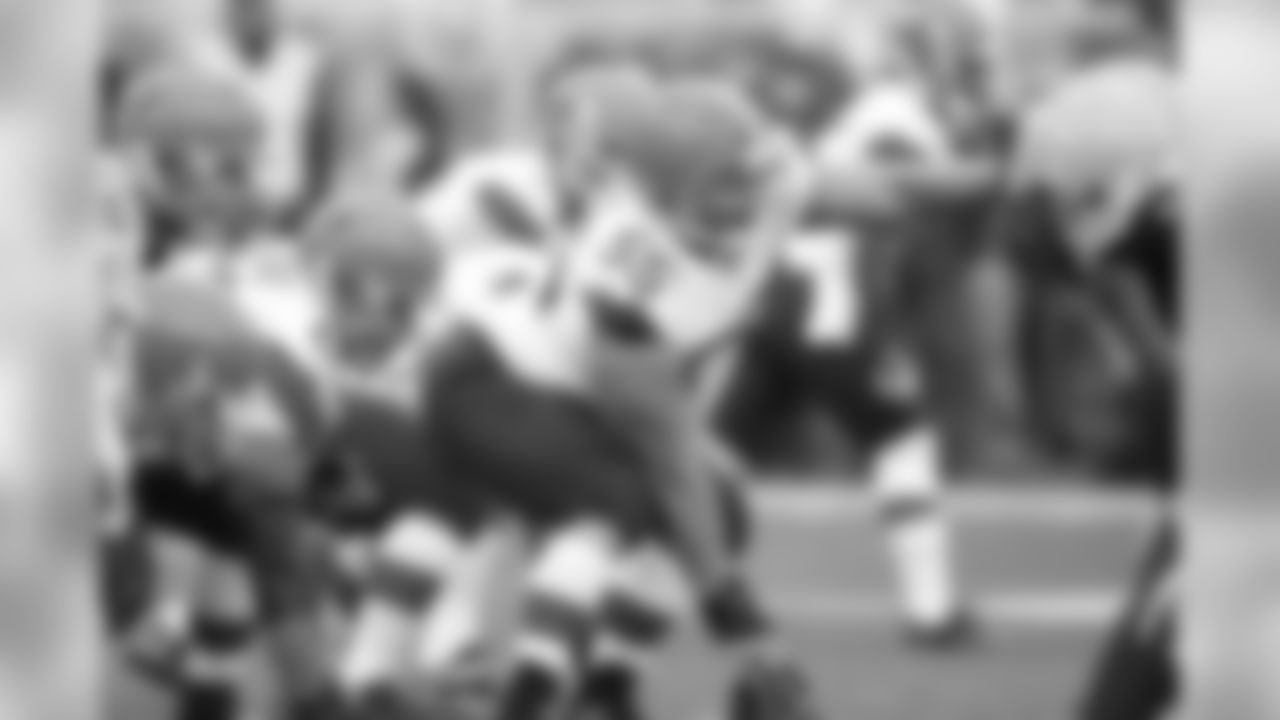
In a very emphatic nod to the Browns' roots, the team went back to gray facemasks, orange-brown-orange striping on the pants, a slightly darker brown jersey and the original sleeve striping worn by the team from 1946-1968. These uniforms would eventually expand to include solid brown pants worn intermittently near the start of the 2010s.
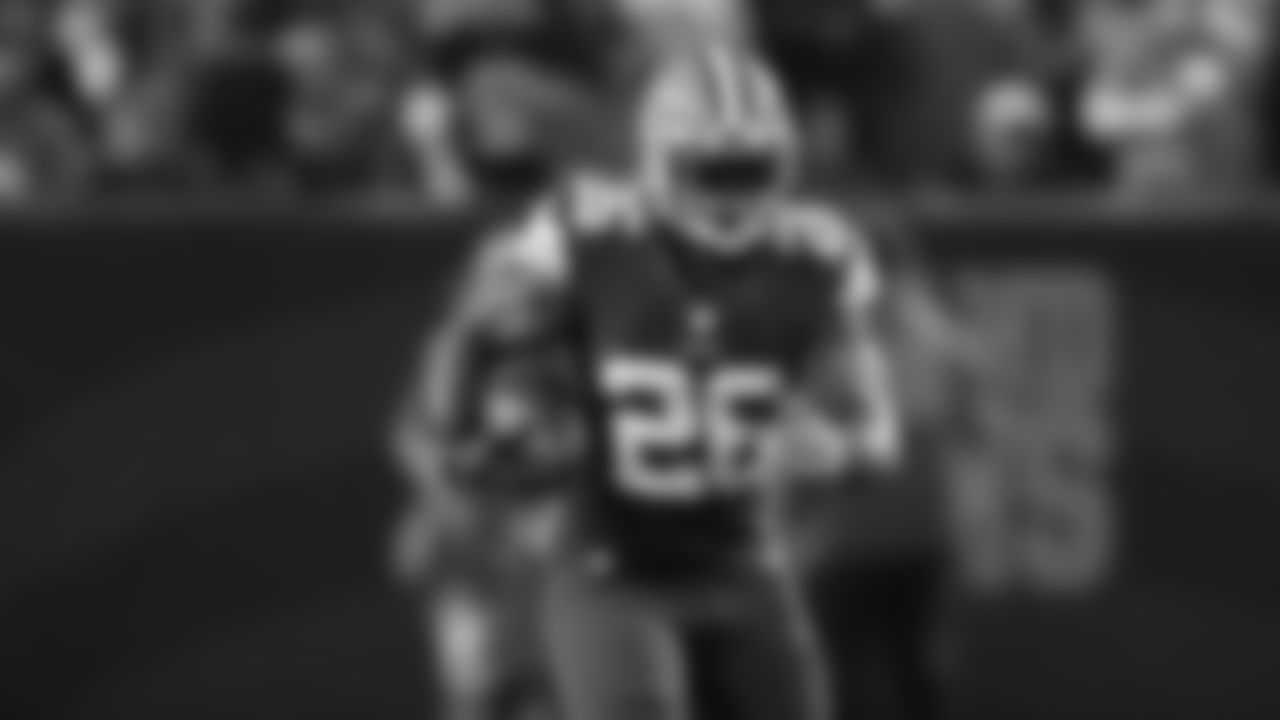
The Browns broke out the all-brown look for the first time in franchise history for a Thursday night game against the Buffalo Bills in 2013.
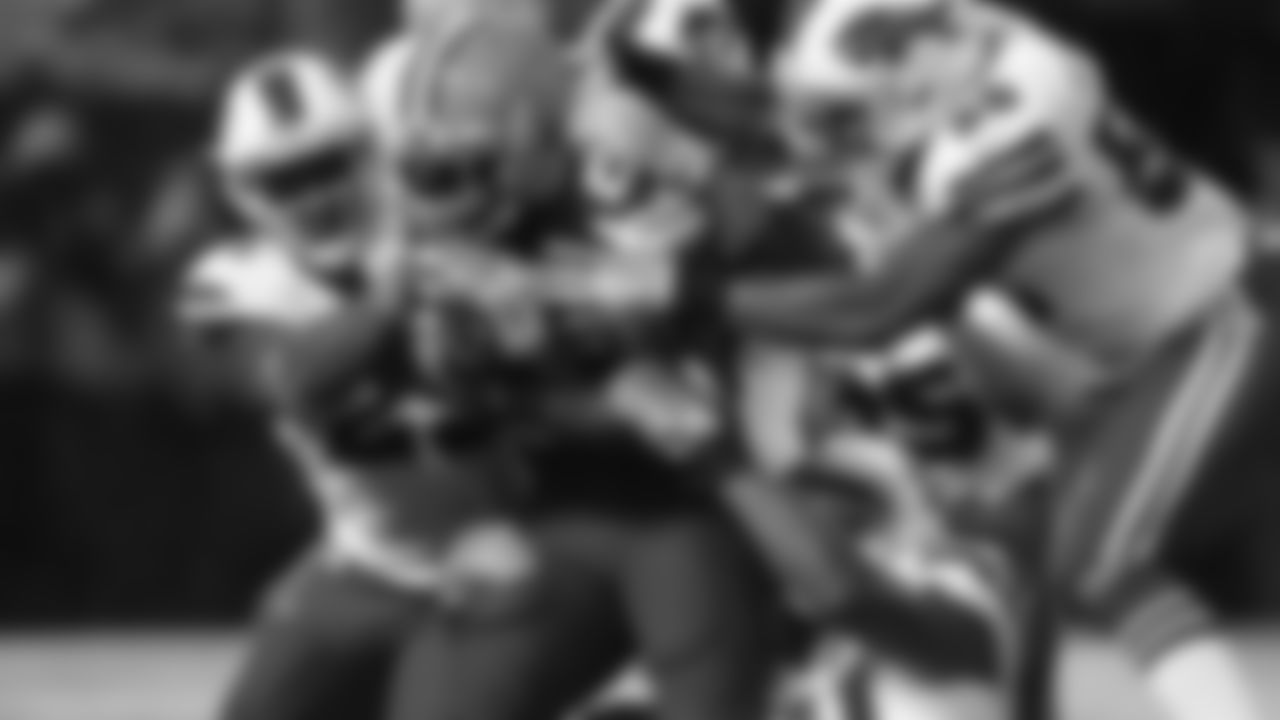
The Browns broke out the all-brown look for the first time in franchise history for a Thursday night game against the Buffalo Bills in 2013.
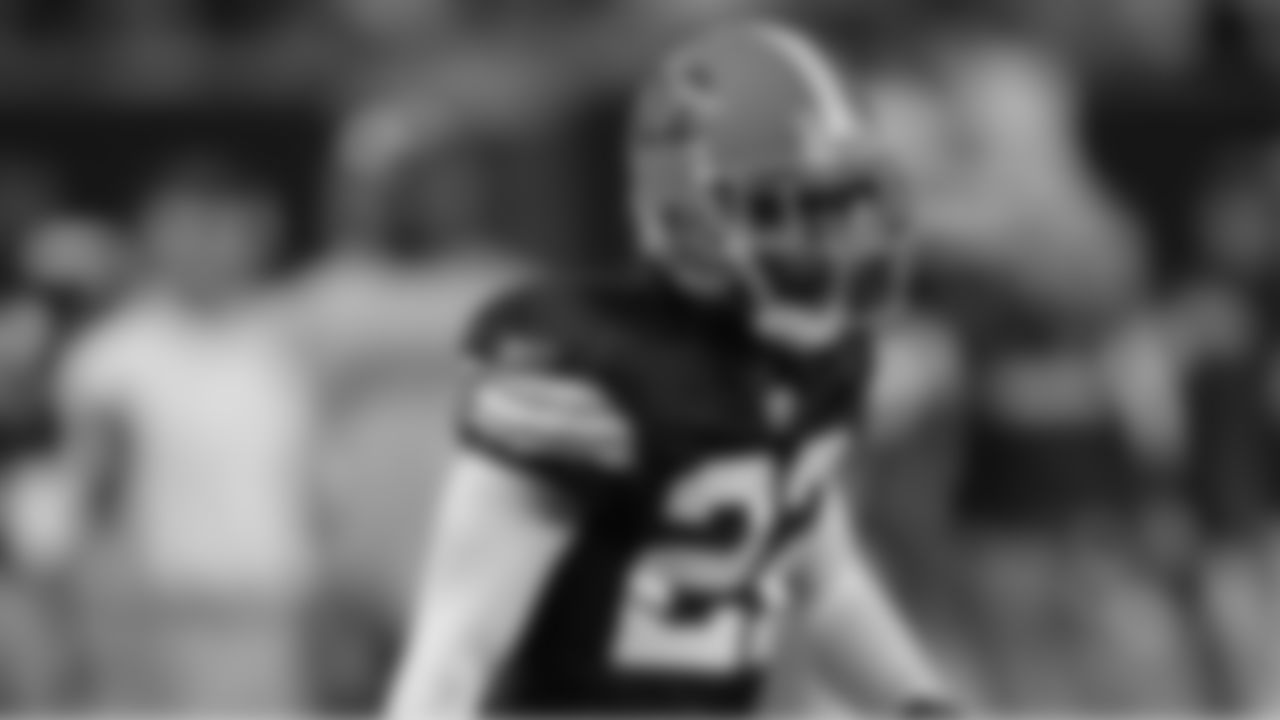
The Browns also broke out a throwback uniform honoring the 1957-1959 teams
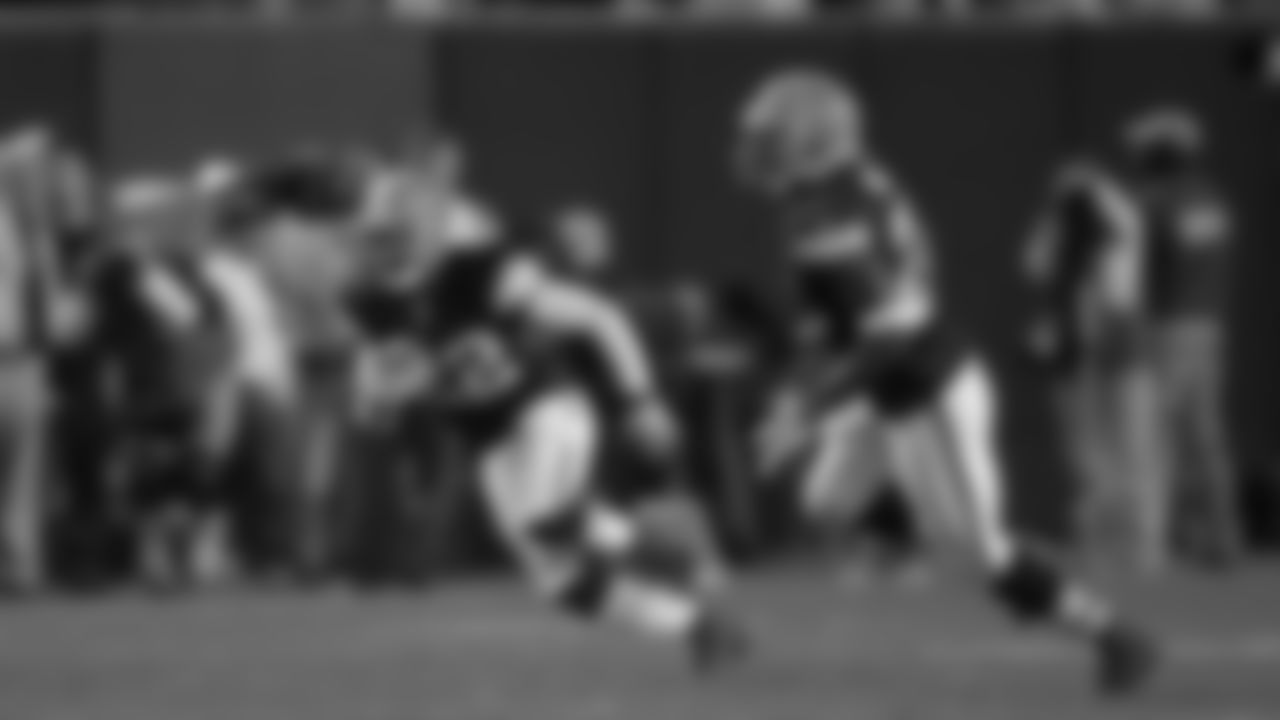
The Browns also broke out a throwback uniform honoring the 1957-1959 teams
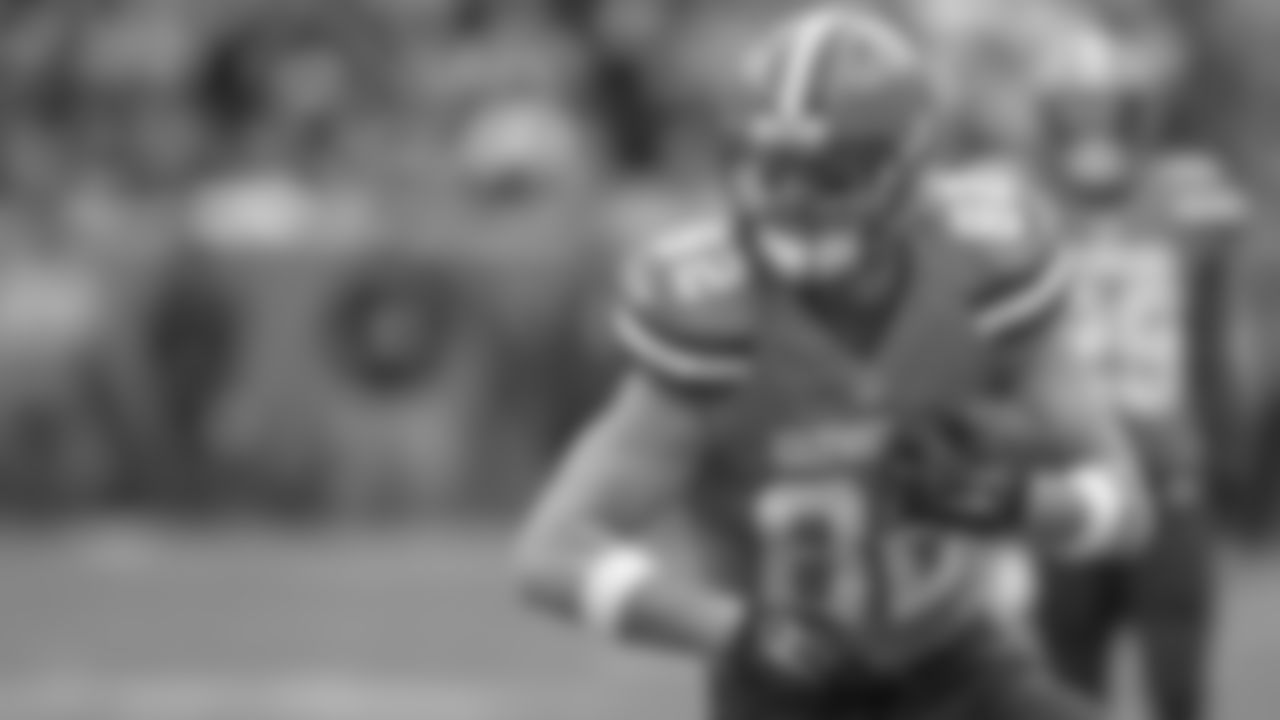
Radical change arrived in 2015 in the form of significantly different uniforms manufactured and designed by Nike. The sets included three jerseys (brown, orange, white), three sets of pants (brown, orange, white) and two pairs of socks (brown, orange), as well as a more vibrant orange, a matte finish to the helmet, a graphic print inside the brown helmet stripes, a brown facemask, the city name of Cleveland across the chest and the team nickname of Browns down the side of the pants. The new duds were revealed at an orange-carpet event at the Cleveland Convention Center in April of 2015.
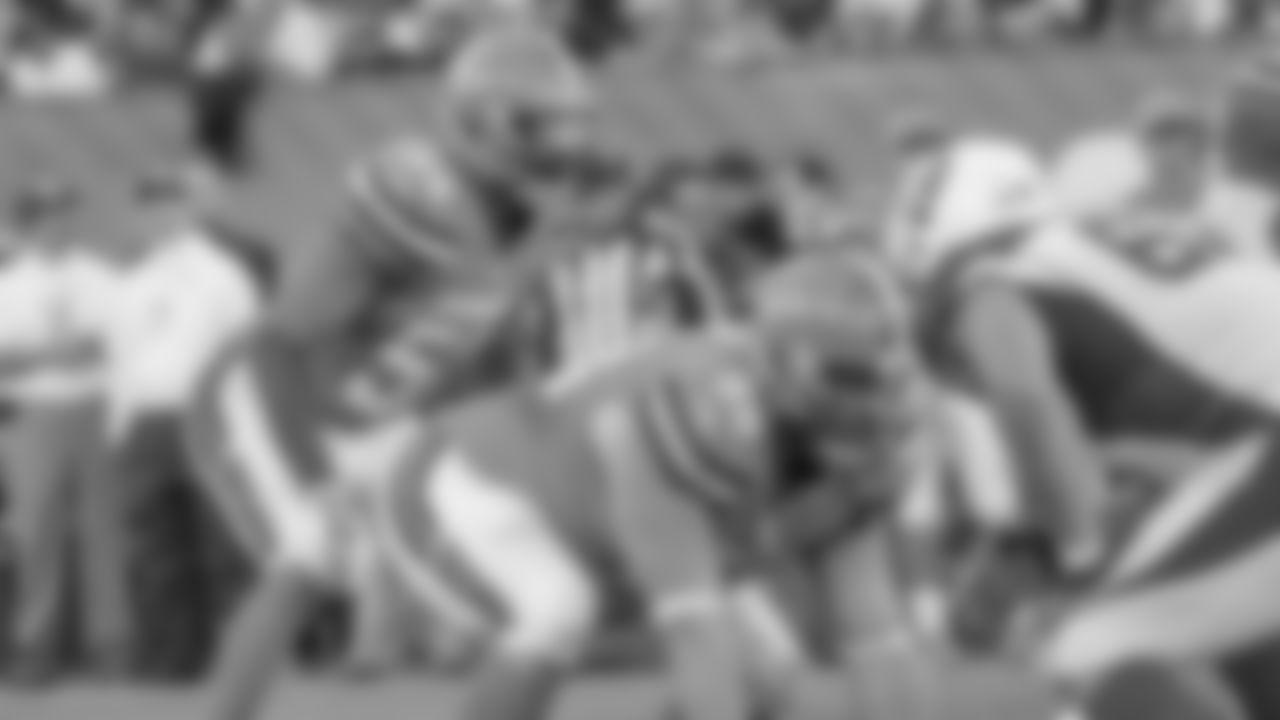
Radical change arrived in 2015 in the form of significantly different uniforms manufactured and designed by Nike. The sets included three jerseys (brown, orange, white), three sets of pants (brown, orange, white) and two pairs of socks (brown, orange), as well as a more vibrant orange, a matte finish to the helmet, a graphic print inside the brown helmet stripes, a brown facemask, the city name of Cleveland across the chest and the team nickname of Browns down the side of the pants. The new duds were revealed at an orange-carpet event at the Cleveland Convention Center in April of 2015.
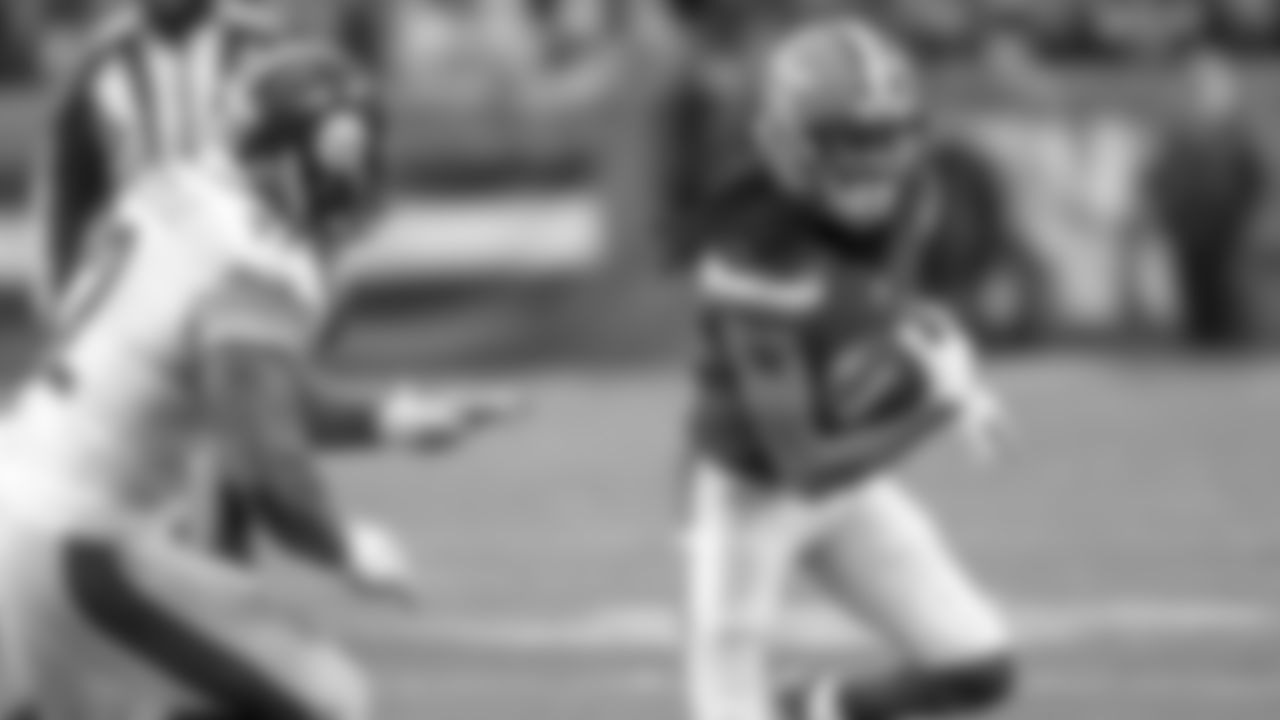
Radical change arrived in 2015 in the form of significantly different uniforms manufactured and designed by Nike. The sets included three jerseys (brown, orange, white), three sets of pants (brown, orange, white) and two pairs of socks (brown, orange), as well as a more vibrant orange, a matte finish to the helmet, a graphic print inside the brown helmet stripes, a brown facemask, the city name of Cleveland across the chest and the team nickname of Browns down the side of the pants. The new duds were revealed at an orange-carpet event at the Cleveland Convention Center in April of 2015.
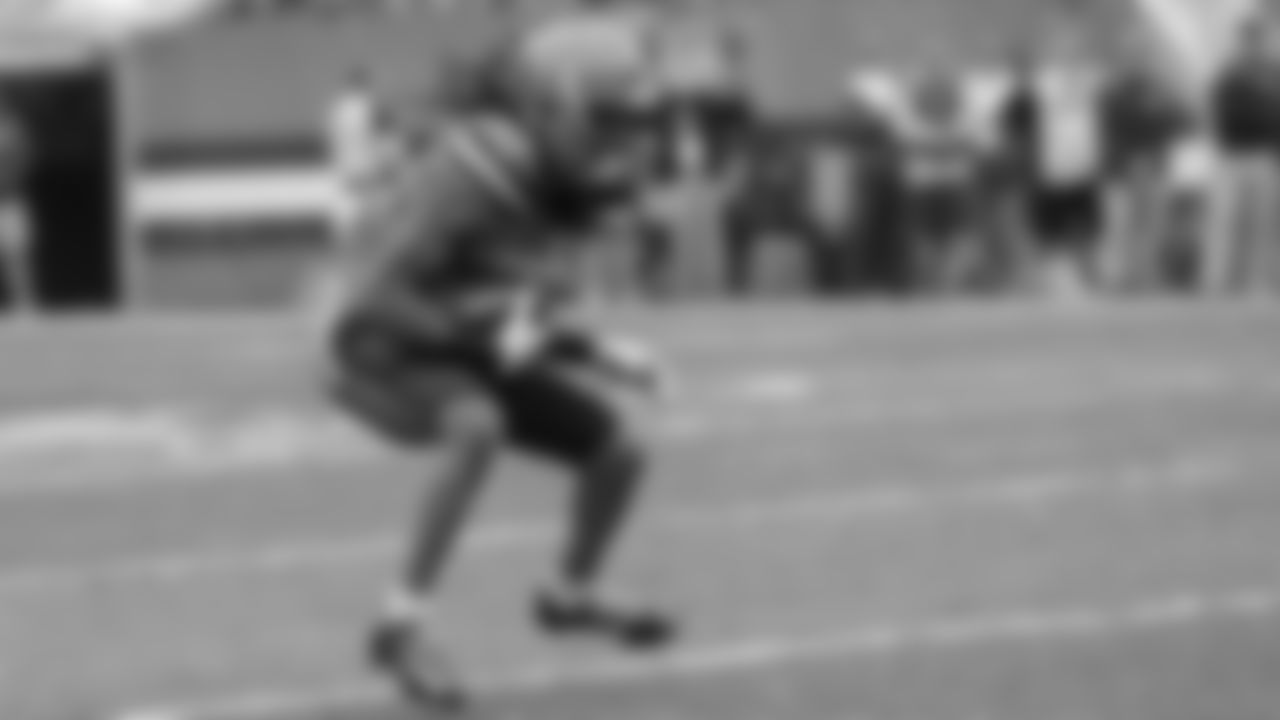
Radical change arrived in 2015 in the form of significantly different uniforms manufactured and designed by Nike. The sets included three jerseys (brown, orange, white), three sets of pants (brown, orange, white) and two pairs of socks (brown, orange), as well as a more vibrant orange, a matte finish to the helmet, a graphic print inside the brown helmet stripes, a brown facemask, the city name of Cleveland across the chest and the team nickname of Browns down the side of the pants. The new duds were revealed at an orange-carpet event at the Cleveland Convention Center in April of 2015.
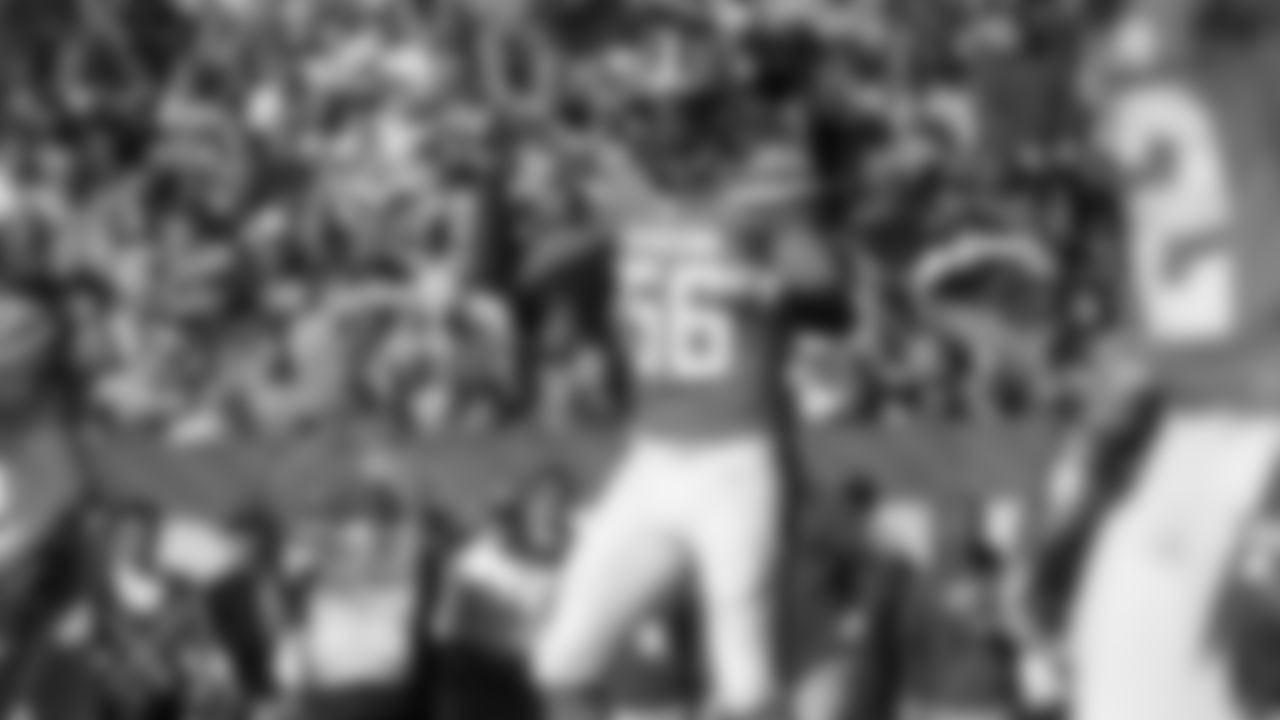
Radical change arrived in 2015 in the form of significantly different uniforms manufactured and designed by Nike. The sets included three jerseys (brown, orange, white), three sets of pants (brown, orange, white) and two pairs of socks (brown, orange), as well as a more vibrant orange, a matte finish to the helmet, a graphic print inside the brown helmet stripes, a brown facemask, the city name of Cleveland across the chest and the team nickname of Browns down the side of the pants. The new duds were revealed at an orange-carpet event at the Cleveland Convention Center in April of 2015.
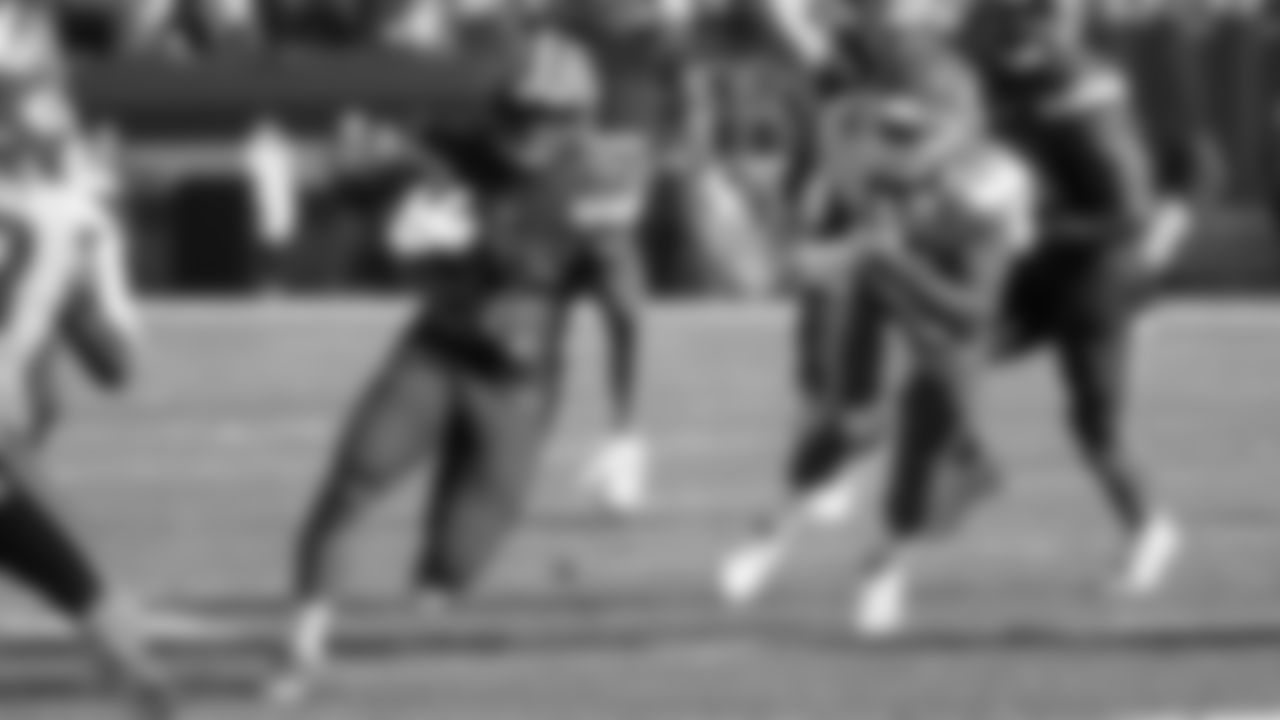
Radical change arrived in 2015 in the form of significantly different uniforms manufactured and designed by Nike. The sets included three jerseys (brown, orange, white), three sets of pants (brown, orange, white) and two pairs of socks (brown, orange), as well as a more vibrant orange, a matte finish to the helmet, a graphic print inside the brown helmet stripes, a brown facemask, the city name of Cleveland across the chest and the team nickname of Browns down the side of the pants. The new duds were revealed at an orange-carpet event at the Cleveland Convention Center in April of 2015.
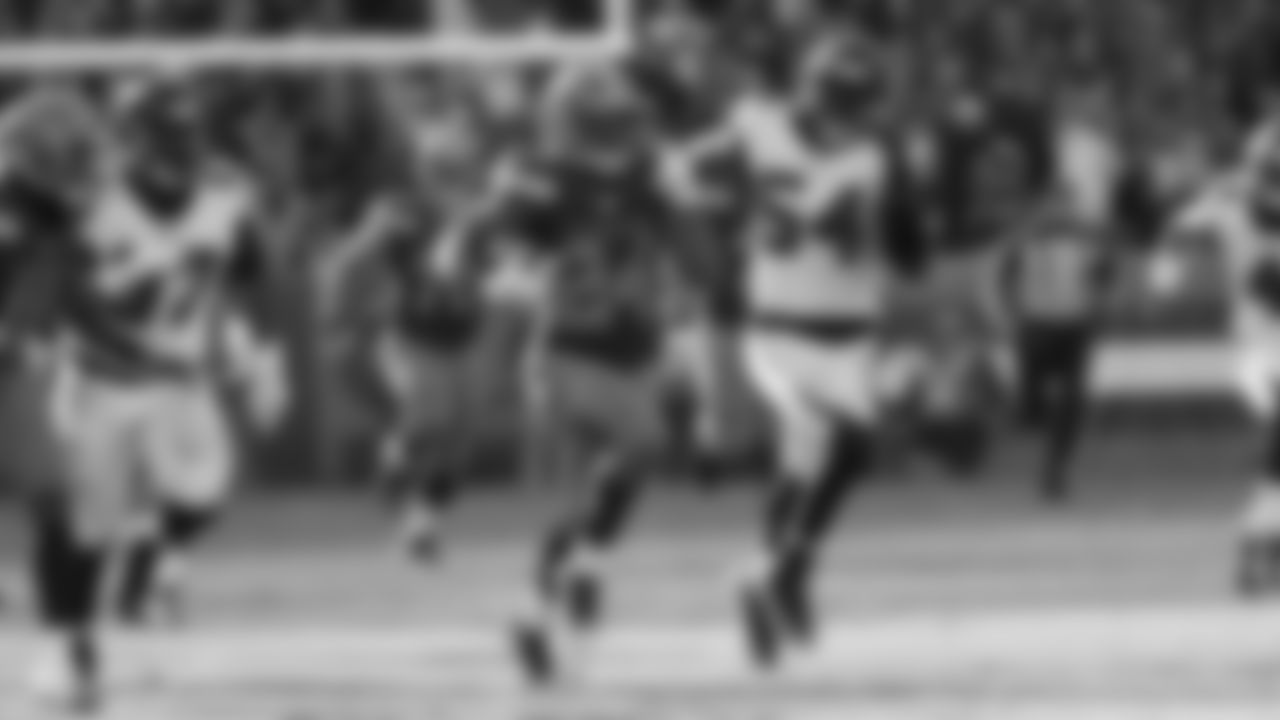
Radical change arrived in 2015 in the form of significantly different uniforms manufactured and designed by Nike. The sets included three jerseys (brown, orange, white), three sets of pants (brown, orange, white) and two pairs of socks (brown, orange), as well as a more vibrant orange, a matte finish to the helmet, a graphic print inside the brown helmet stripes, a brown facemask, the city name of Cleveland across the chest and the team nickname of Browns down the side of the pants. The new duds were revealed at an orange-carpet event at the Cleveland Convention Center in April of 2015.
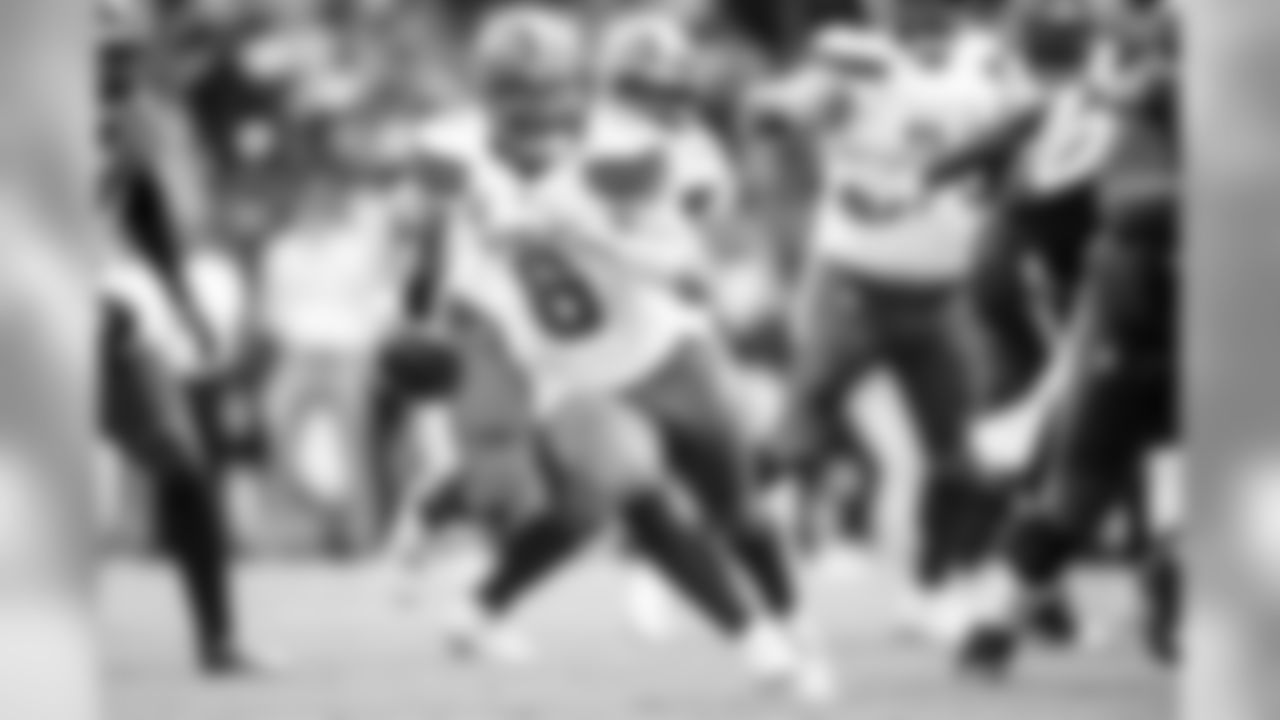
Radical change arrived in 2015 in the form of significantly different uniforms manufactured and designed by Nike. The sets included three jerseys (brown, orange, white), three sets of pants (brown, orange, white) and two pairs of socks (brown, orange), as well as a more vibrant orange, a matte finish to the helmet, a graphic print inside the brown helmet stripes, a brown facemask, the city name of Cleveland across the chest and the team nickname of Browns down the side of the pants. The new duds were revealed at an orange-carpet event at the Cleveland Convention Center in April of 2015.
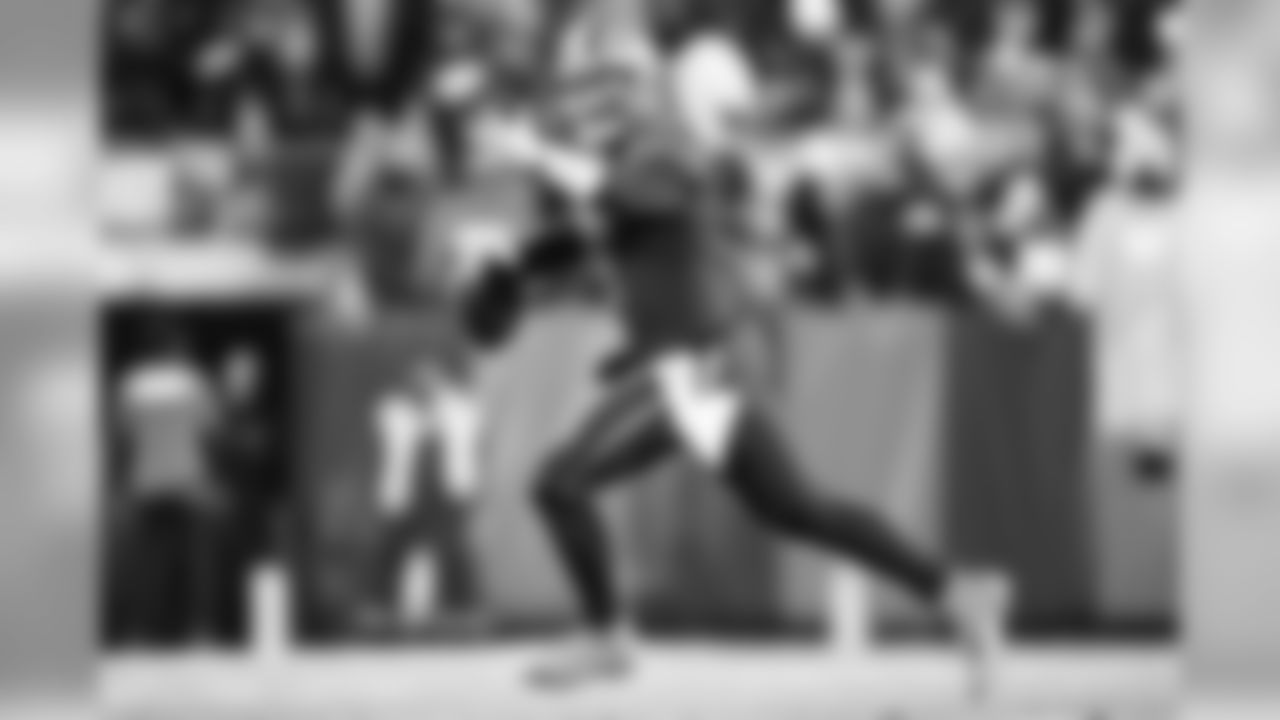
Radical change arrived in 2015 in the form of significantly different uniforms manufactured and designed by Nike. The sets included three jerseys (brown, orange, white), three sets of pants (brown, orange, white) and two pairs of socks (brown, orange), as well as a more vibrant orange, a matte finish to the helmet, a graphic print inside the brown helmet stripes, a brown facemask, the city name of Cleveland across the chest and the team nickname of Browns down the side of the pants. The new duds were revealed at an orange-carpet event at the Cleveland Convention Center in April of 2015.
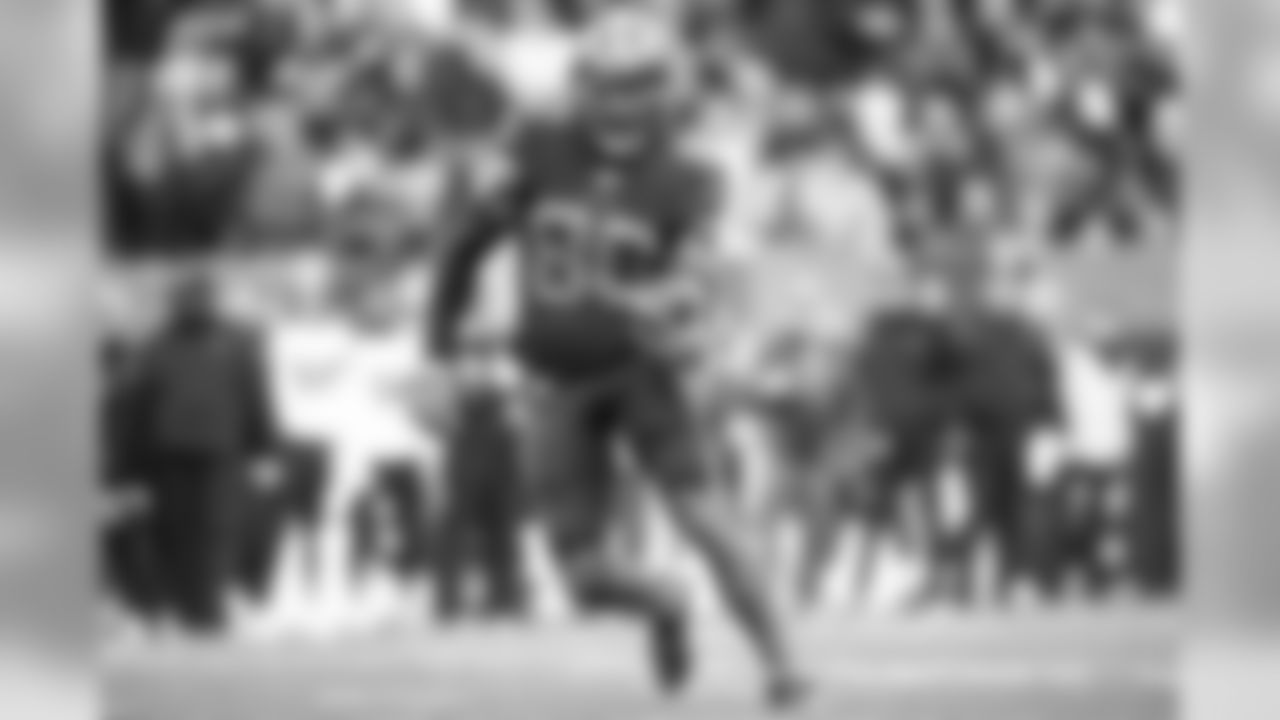
Radical change arrived in 2015 in the form of significantly different uniforms manufactured and designed by Nike. The sets included three jerseys (brown, orange, white), three sets of pants (brown, orange, white) and two pairs of socks (brown, orange), as well as a more vibrant orange, a matte finish to the helmet, a graphic print inside the brown helmet stripes, a brown facemask, the city name of Cleveland across the chest and the team nickname of Browns down the side of the pants. The new duds were revealed at an orange-carpet event at the Cleveland Convention Center in April of 2015.
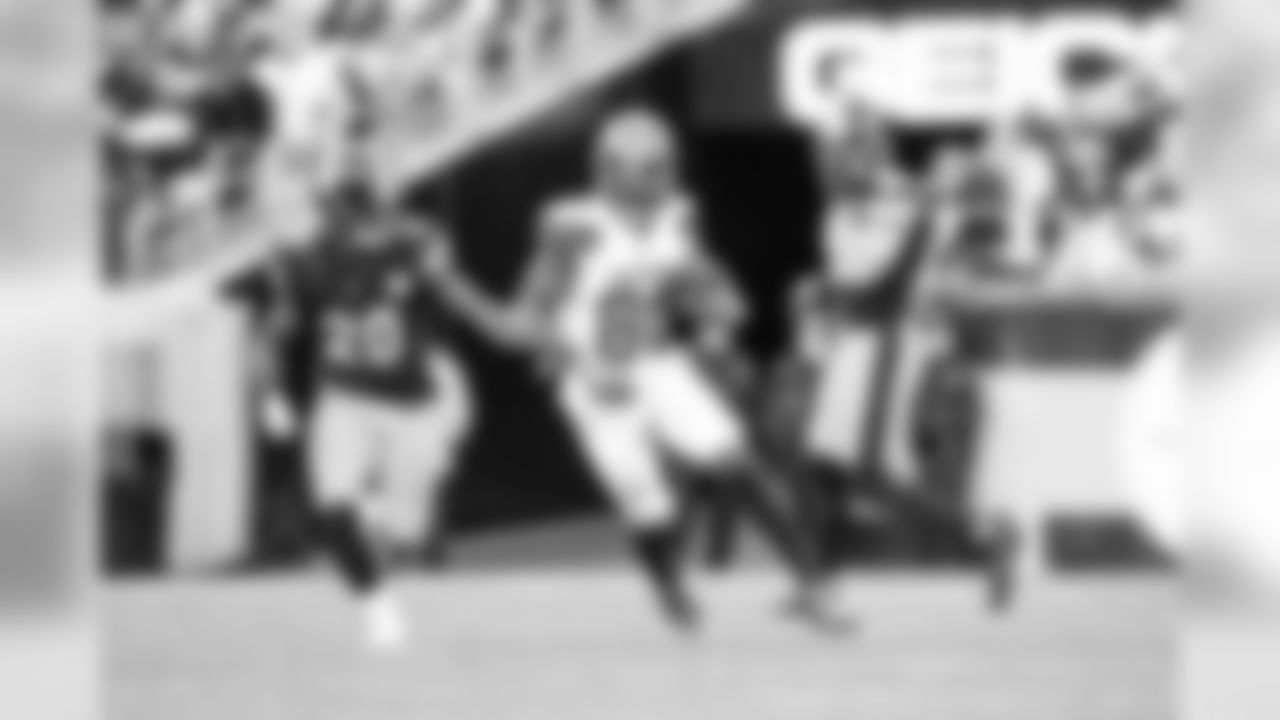
Radical change arrived in 2015 in the form of significantly different uniforms manufactured and designed by Nike. The sets included three jerseys (brown, orange, white), three sets of pants (brown, orange, white) and two pairs of socks (brown, orange), as well as a more vibrant orange, a matte finish to the helmet, a graphic print inside the brown helmet stripes, a brown facemask, the city name of Cleveland across the chest and the team nickname of Browns down the side of the pants. The new duds were revealed at an orange-carpet event at the Cleveland Convention Center in April of 2015.
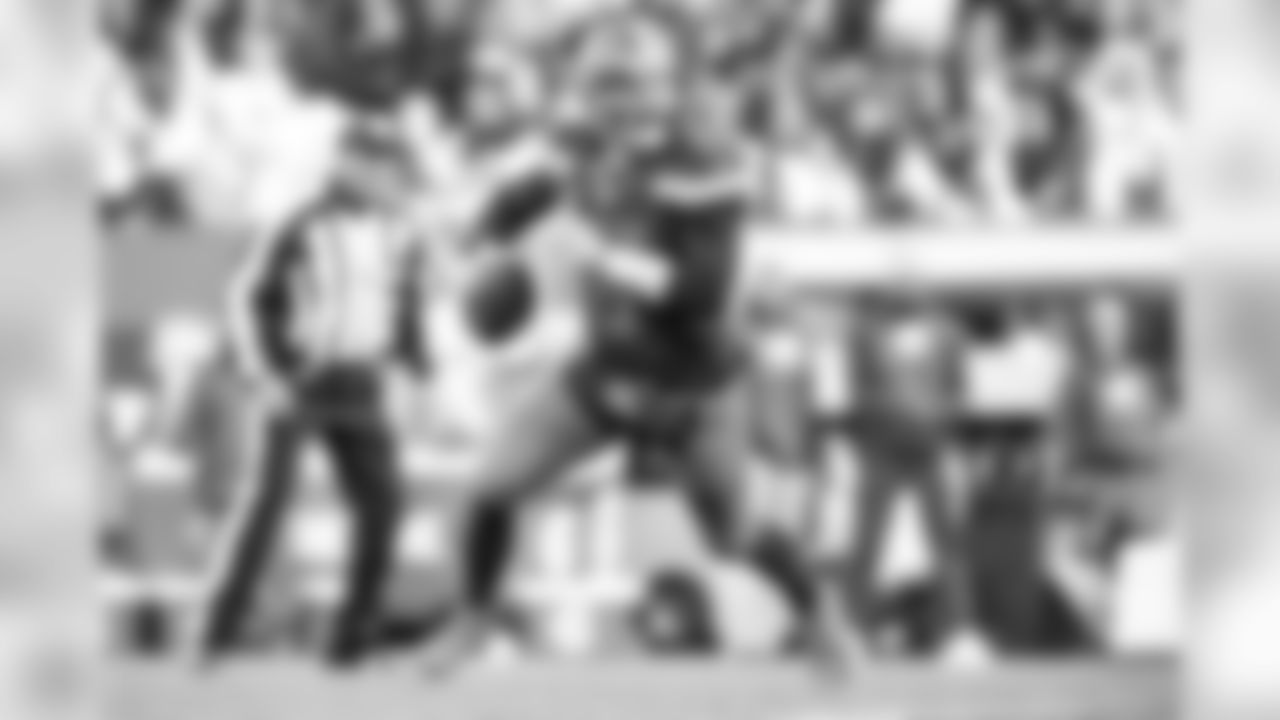
Radical change arrived in 2015 in the form of significantly different uniforms manufactured and designed by Nike. The sets included three jerseys (brown, orange, white), three sets of pants (brown, orange, white) and two pairs of socks (brown, orange), as well as a more vibrant orange, a matte finish to the helmet, a graphic print inside the brown helmet stripes, a brown facemask, the city name of Cleveland across the chest and the team nickname of Browns down the side of the pants. The new duds were revealed at an orange-carpet event at the Cleveland Convention Center in April of 2015.
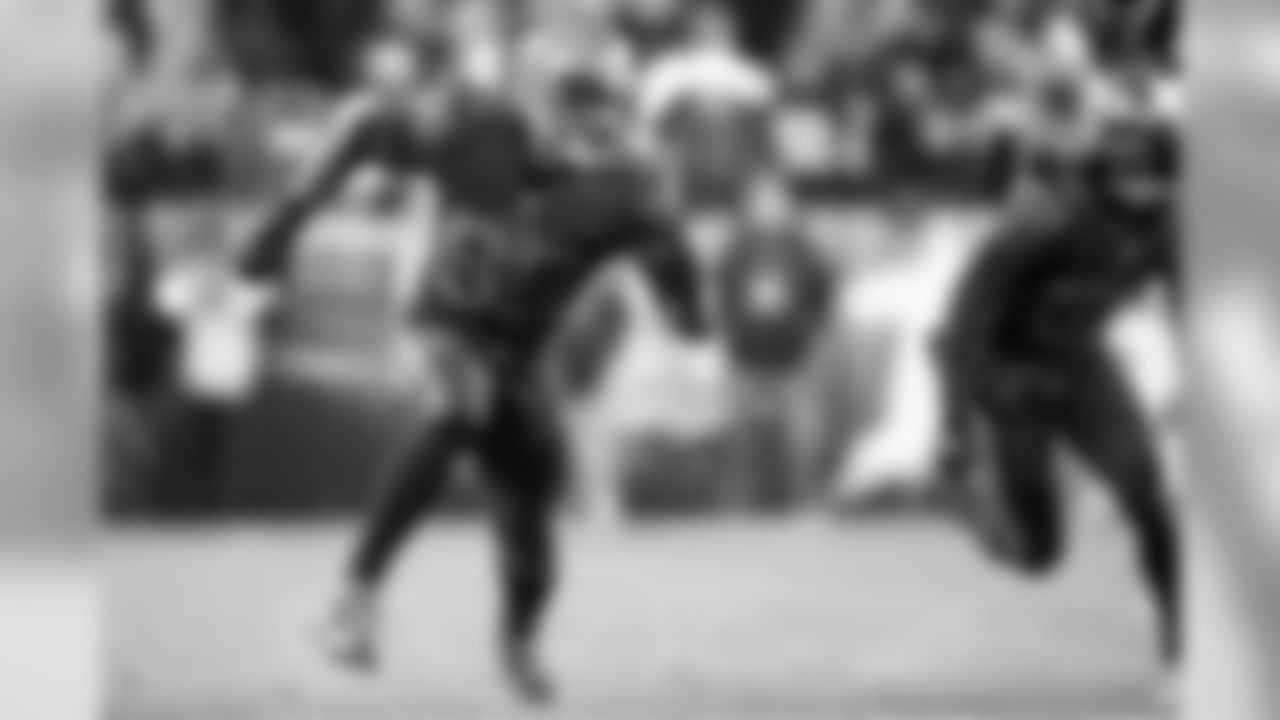
Radical change arrived in 2015 in the form of significantly different uniforms manufactured and designed by Nike. The sets included three jerseys (brown, orange, white), three sets of pants (brown, orange, white) and two pairs of socks (brown, orange), as well as a more vibrant orange, a matte finish to the helmet, a graphic print inside the brown helmet stripes, a brown facemask, the city name of Cleveland across the chest and the team nickname of Browns down the side of the pants. The new duds were revealed at an orange-carpet event at the Cleveland Convention Center in April of 2015.

Radical change arrived in 2015 in the form of significantly different uniforms manufactured and designed by Nike. The sets included three jerseys (brown, orange, white), three sets of pants (brown, orange, white) and two pairs of socks (brown, orange), as well as a more vibrant orange, a matte finish to the helmet, a graphic print inside the brown helmet stripes, a brown facemask, the city name of Cleveland across the chest and the team nickname of Browns down the side of the pants. The new duds were revealed at an orange-carpet event at the Cleveland Convention Center in April of 2015.
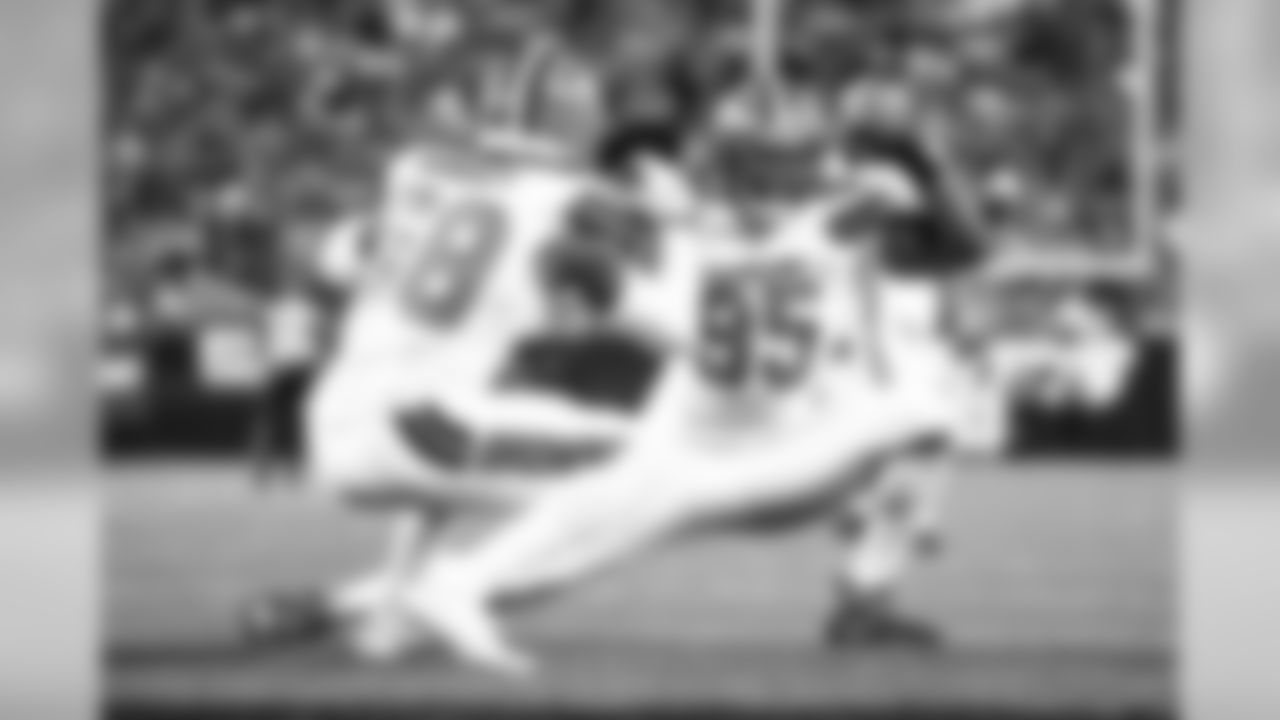
Radical change arrived in 2015 in the form of significantly different uniforms manufactured and designed by Nike. The sets included three jerseys (brown, orange, white), three sets of pants (brown, orange, white) and two pairs of socks (brown, orange), as well as a more vibrant orange, a matte finish to the helmet, a graphic print inside the brown helmet stripes, a brown facemask, the city name of Cleveland across the chest and the team nickname of Browns down the side of the pants. The new duds were revealed at an orange-carpet event at the Cleveland Convention Center in April of 2015.
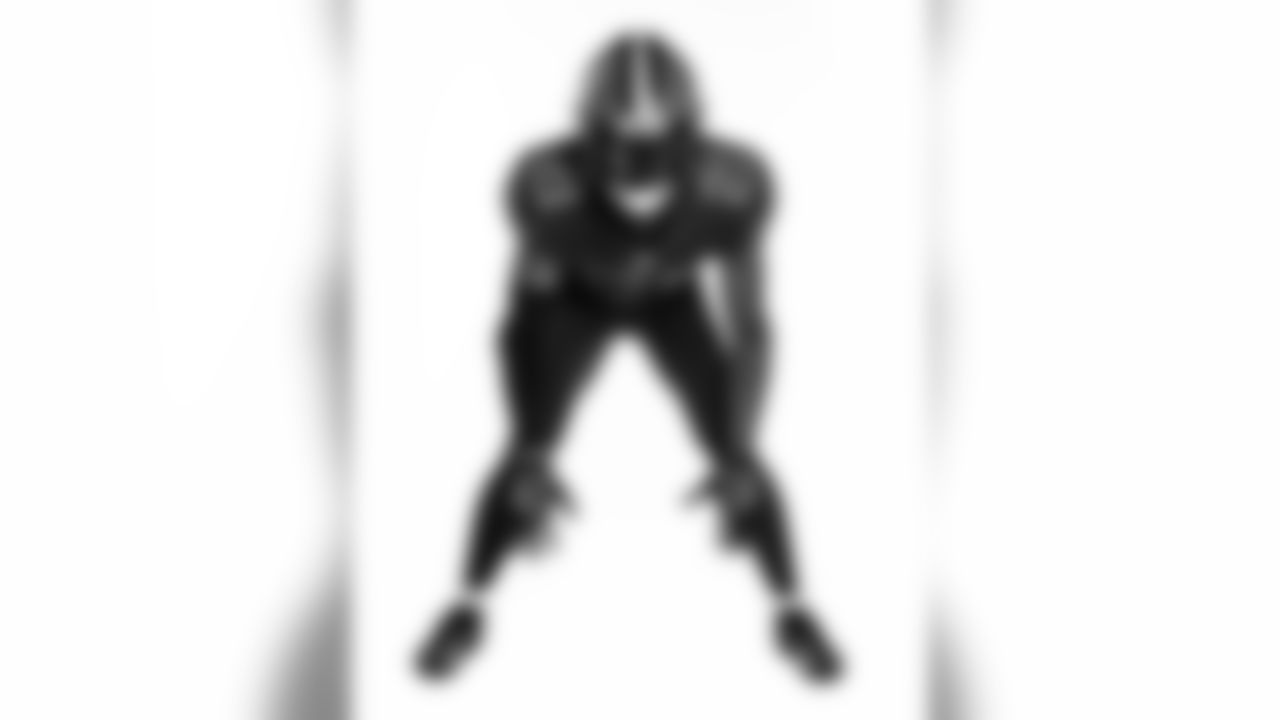
Radical change arrived in 2015 in the form of significantly different uniforms manufactured and designed by Nike. The sets included three jerseys (brown, orange, white), three sets of pants (brown, orange, white) and two pairs of socks (brown, orange), as well as a more vibrant orange, a matte finish to the helmet, a graphic print inside the brown helmet stripes, a brown facemask, the city name of Cleveland across the chest and the team nickname of Browns down the side of the pants. The new duds were revealed at an orange-carpet event at the Cleveland Convention Center in April of 2015.
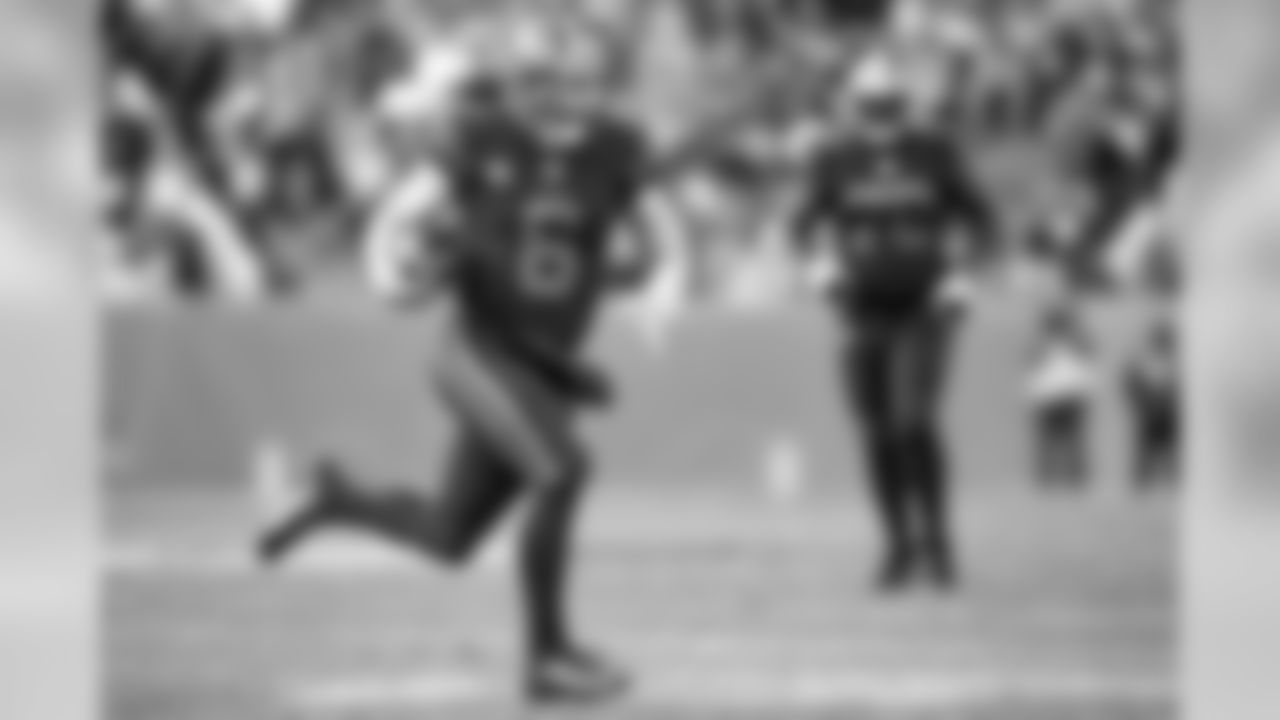
Radical change arrived in 2015 in the form of significantly different uniforms manufactured and designed by Nike. The sets included three jerseys (brown, orange, white), three sets of pants (brown, orange, white) and two pairs of socks (brown, orange), as well as a more vibrant orange, a matte finish to the helmet, a graphic print inside the brown helmet stripes, a brown facemask, the city name of Cleveland across the chest and the team nickname of Browns down the side of the pants. The new duds were revealed at an orange-carpet event at the Cleveland Convention Center in April of 2015.

Radical change arrived in 2015 in the form of significantly different uniforms manufactured and designed by Nike. The sets included three jerseys (brown, orange, white), three sets of pants (brown, orange, white) and two pairs of socks (brown, orange), as well as a more vibrant orange, a matte finish to the helmet, a graphic print inside the brown helmet stripes, a brown facemask, the city name of Cleveland across the chest and the team nickname of Browns down the side of the pants. The new duds were revealed at an orange-carpet event at the Cleveland Convention Center in April of 2015.
A tradition-rich franchise, the Browns have stuck with a brown and orange scheme since their inception in 1946, first donning a white helmet before making the switch to orange in 1952. At one point, brown numbers graced the helmet along with a single white stripe down the middle. Eventually, the numbers gave way to brown stripes running along each side of the white stripe.
Jerseys largely remained the same, with the team ditching an early drop shadow on the numbers for simple, block-style digits. The team kept the look, eventually switching out a gray facemask for a white one in the mid-1970s and tinkering with stripe spacing throughout the 1970s and 1980s.
Orange got its time in the spotlight in the 1970s, when the team switched to orange pants paired with the brown and white jerseys. The team did wear orange numbers during a brief dalliance with a change in design in 1984, but they were so unpopular, the Browns switched back to white numbers (with an orange outline) for that campaign before ultimately returning to their usual look the following season.
Orange didn't return in a dominant role until the early 2000s, when the Browns brought back the orange pants and eventually added a third jersey that was orange with white numbers that included a brown drop shadow (a nod to the 1940s). Then, the team adopted the current orange-heavy look in 2015.
Until their 2020 release, Browns fans can mock up their dream sets in an attempt to envision the future with Baker Mayfield under center. He just won't look exactly like he did in 2018 when it comes to fashion.





